Order Psocodea (Barklice and Booklice) in the Christopher B. Smith Preserve
Order Psocodea Characteristics: The name of the order, Psocodea, is derived from the Greek word psokos, meaning "gnawed or rubbed" and pteron, meaning "wing". The order contains at least 5,500 species. Members of the order are typically 1.5 to 5 mm in length, but can be up to 10 mm, and rarely under 1 mm.
Some species are found worldwide and appear to have been spread by humans. Barklice live in a wide variety of outdoor habitats, where they eat lichens, algae, fungi and organic detritus. They are considered beneficial insects. Booklice often live in homes, feeding on the starch in book bindings.
A psocod typically has a swollen forehead, large compound eyes, and three ocelli. It has chewing mandibles, used to scrape detritus. The central lobe of its maxilla, modified into a slender rod, is used to brace the body in position while feeding. Some species have special mouth glands for spinning silk.
Legs are slender and used for walking. Forewings can be 1.5 times as long as the hindwings and both sets of wings have only a few cross-veins. The abdomen has nine segments and no cerci. There is often variation in the appearance of individuals even within the same species.
Most psocods have gradual metamorphosis (egg, nymph, adult). For example, many barklice lay eggs in tiny crevices and on foliage. The eggs hatch and nymphs emerge. Nymphs typically molt six times before reaching adulthood.
In some species and some races of species, reproduction is parthenogenic. In this type of asexual reproduction, females lay eggs that have not been fertilized by males.
Some psocods are viviparous, skipping the egg stage. In this case, young nymphs are born as tiny, wingless versions of the adult.
The lifespan of a psocid is usually no more than about two months.
Interactions in the Smith Preserve: Barklice are scavengers, eating organic detritus, fungi, and algae that accumulate on tree limbs and trunks. By feeding on these materials, they clean the bark, as well as decompose and recycle nutrients.
Family |
Species Name |
Common Name |
Archipsocidae |
Archipsocus sp. |
|
Archipsocidae |
Archipsocus sp. |
|
Archipsocidae |
Archipsocus sp. ? Archipsocopsis ? |
|
Archipsocidae ? |
Unknown |
|
Caeciliusidae |
Stenocaecilius casarum |
|
Caeciliusidae |
Valenzuela flavidus |
|
Caeciliusidae |
Valenzuela pinicola |
|
Caeciliusidae |
Valenzuela subflavus |
|
Caeciliusidae |
Unknown |
|
Ectopsocidae |
Ectopsocus thibaudi |
|
Ectopsocidae |
Ectopsocus vachoni |
|
Ectopsocidae |
Ectopsocus sp. |
|
Lachesillidae |
Lachesilla sp. |
|
Lepidopsocidae |
Echmepteryx hageni |
|
Lepidopsocidae |
Echmepteryx intermedia |
|
Lepidopsocidae |
Echmepteryx madagascariensis |
|
Lepidopsocidae |
Echmepteryx youngi |
|
Lepidopsocidae |
Echmepteryx sp. |
|
Lepidopsocidae |
Echmepteryx sp. |
|
Lepidopsocidae |
Echmepteryx sp. |
|
Lepidopsocidae |
Thylacella cubana |
|
Liposcelididae |
Liposcelis sp. |
|
Liposcelididae |
Liposcelis sp. |
|
Liposcelididae |
Liposcelis sp. |
|
Liposcelididae |
Liposcelis bostrychophila |
|
Liposcelididae |
Liposcelis hirsutoides |
|
Liposcelididae |
Liposcelis ornata |
|
Pachytroctidae |
Tapinella sp. |
|
Pachytroctidae |
Tapinella sp. |
|
Pachytroctidae |
Tapinella sp. |
|
Pachytroctidae |
Tapinella sp. |
|
Peripsocidae |
Peripsocus pauliani |
|
Peripsocidae |
Peripsocus subfasciatus |
|
Pseudocaeciliidae |
Pseudocaecilus citricola |
|
Psocidae |
Cerastipsocus venosus |
|
Psocidae |
Indiopsocus texanus |
|
Psocidae |
Psocus leidyl |
|
Psocidae |
Unknown |
|
Stenopsocidae |
Graphopsocus cruciatus |
|
Trogiidae |
Cerobasis sp. |
Family Archipsocidae Archipsocus sp. ... Ancient Barklice
|
Family Archipsocidae Archipsocus sp. ... Ancient Barklice
|
Family Archipsocidae Archipsocus sp. ? Archipsocopsis sp.?... Ancient Barklice
|
Family Archipsocidae ? Unknown ... Ancient Barklice ?
|
Family Caeciliusidae Stenocaecilius casarum ... Lizard Barklice
|
Family Caeciliusidae Valenzuela flavidus ... Lizard Barklice
|
Family Caeciliusidae Valenzuela pinicola ... Lizard Barklice
|
Family Caeciliusidae Valenzuela subflavus ... Lizard Barklice
|
Family Caeciliusidae Unknown Species ... Lizard Barklice
|
Family Ectopsocidae Ectopsocus thibaudi ... Outer Barklice
|
Family Ectopsocidae Ectopsocus vachoni ... Outer Barklice
|
Family Ectopsocidae Ectopsocus sp. ... Outer Barklice
|
Family Lachesillidae Lachesilla sp. ... Fateful Booklice
|
Family Lepidopsocidae Echmepteryx hageni ... Scaly-Winged Barklice
|
Family Lepidopsocidae Echmepteryx intermedia ... Scaly-Winged Barklice
|
Family Lepidopsocidae Echmepteryx madagascariensis ... Scaly-Winged Barklice
|
Family Lepidopsocidae Echmepteryx youngi ... Scaly-Winged Barklice
|
Family Lepidopsocidae Echmepteryx sp. ... Scaly-Winged Barklice
|
Family Lepidopsocidae Echmepteryx sp. ... Scaly-Winged Barklice
|
Family Lepidopsocidae Echmepteryx sp. ... Scaly-Winged Barklice
|
Family Lepidopsocidae Thylacella cubana ... Scaly-Winged Barklice
|
Family Liposcelididae Liposcelis sp. ... Booklice
|
Family Liposcelididae Liposcelis sp. ... Booklice
|
Family Liposcelididae Liposcelis sp. ... Booklice
|
Family Liposcelididae Liposcelis bostrychophila ... Booklice
|
Family Liposcelididae Liposcelis hirsutoides ... Booklice
|
Family Liposcelididae Liposcelis ornata ... Booklice
|
Family Pachytroctidae Tapinella sp. ... Thick Barklice
|
Family Pachytroctidae Tapinella sp. ... Thick Barklice
|
Family Pachytroctidae Tapinella sp. ... Thick Barklice
|
Family Pachytroctidae Tapinella sp. ... Thick Barklice
|
Family Peripsocidae Peripsocus pauliani ... Stout Barklice
|
Family Peripsocidae Peripsocus subfasciatus ... Stout Barklice
|
Family Pseudocaeciliidae Pseudocaecilus citricola ... False Lizard Barklice
|
Family Psocidae Cerastipsocus venosus ... Common Barklice
|
Family Psocidae Indiopsocus texanus ... Common Barklice
|
Family Psocidae Psocus leidyl ... Common Barklice
|
Family Psocidae Unknown Species ... Common Barklice
|
Family Stenopsocidae Graphopsocus cruciatus ... Narrow Booklice
|
Family Trogiidae Cerobasis sp. ... Granary Booklice
|
© Photographs and text by Susan Leach Snyder (Conservancy of Southwest Florida Volunteer), unless otherwise credited above.

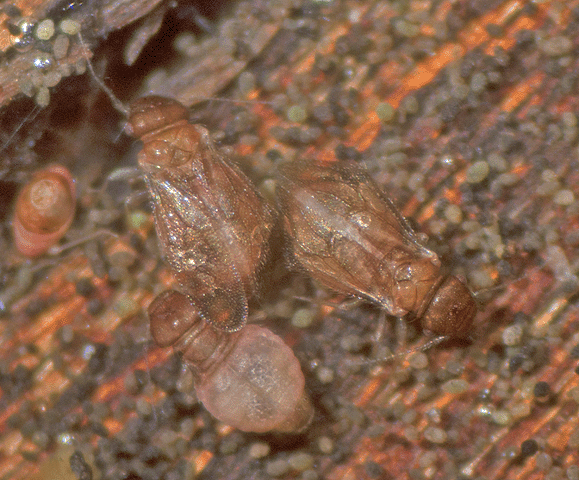
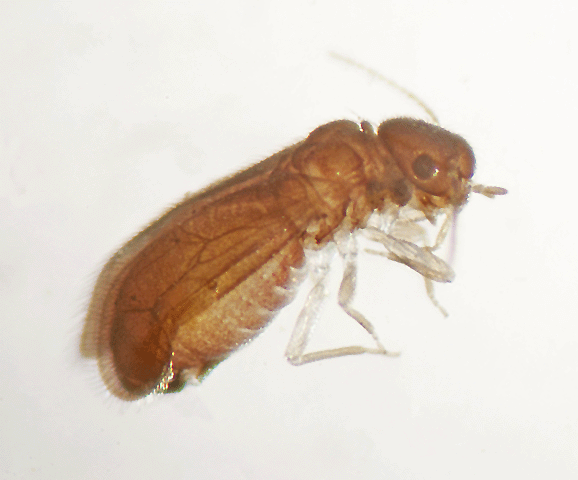
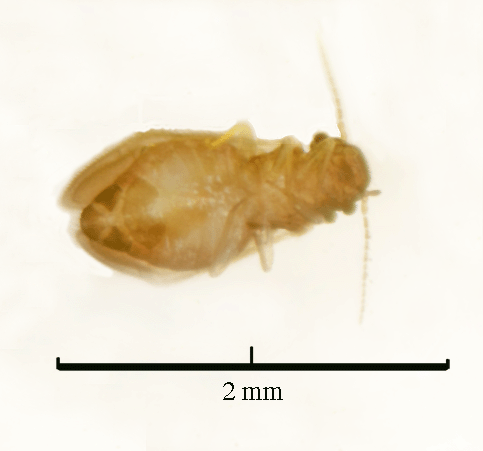
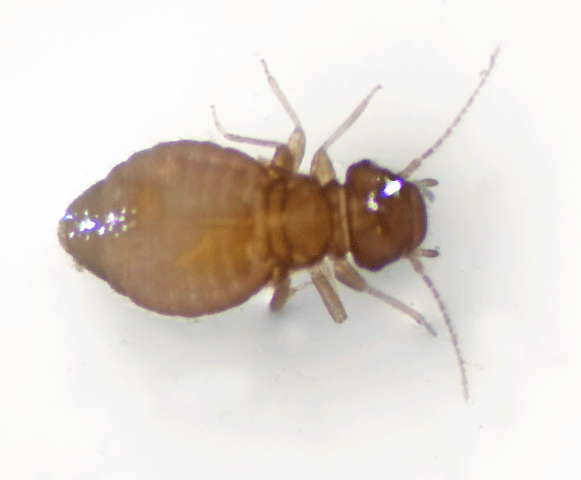
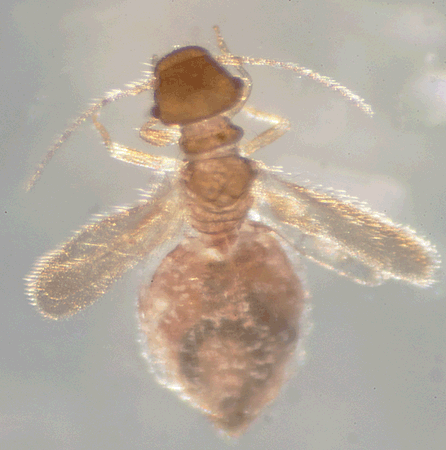 On December 19, 2014, this 1.5 mm long bark louse was living in leaf litter under a citrus tree in the cabbage palm/ oak hammock in the northeast corner of the Smith Preserve.
On December 19, 2014, this 1.5 mm long bark louse was living in leaf litter under a citrus tree in the cabbage palm/ oak hammock in the northeast corner of the Smith Preserve. 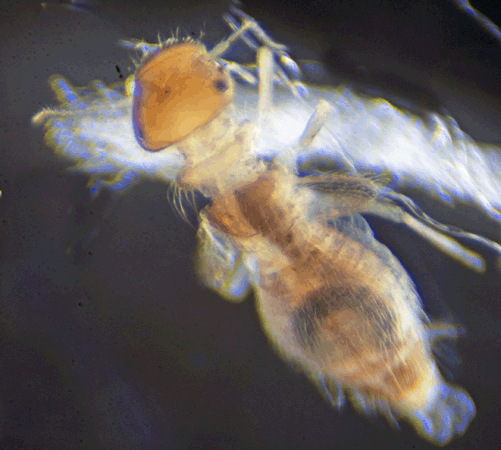

 This 2 mm bark louse was collected in litter that had accumulated on top of a saw palmetto branch in the northeast quadrant of the Smith Preserve, just north of Smith Preserve Way.
This 2 mm bark louse was collected in litter that had accumulated on top of a saw palmetto branch in the northeast quadrant of the Smith Preserve, just north of Smith Preserve Way.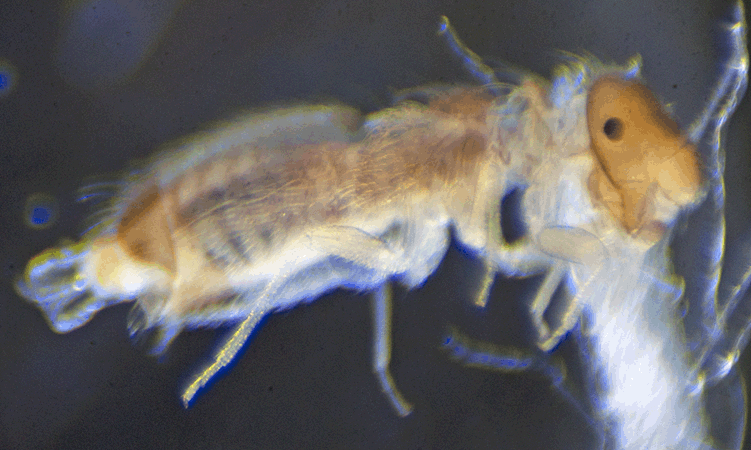 On December 13, 2017, the photographs were examined by Diane Young, a Contributor to <BugGuide.net>. She stated, "I think I know what this one is... but I'd better confirm it with Dr. Mockford.(Note from webmaster: Dr. Edward Mockford is Distinguished Professor of Entomology, Emeritus, School of Biological Sciences, Illinois State University.)
On December 13, 2017, the photographs were examined by Diane Young, a Contributor to <BugGuide.net>. She stated, "I think I know what this one is... but I'd better confirm it with Dr. Mockford.(Note from webmaster: Dr. Edward Mockford is Distinguished Professor of Entomology, Emeritus, School of Biological Sciences, Illinois State University.)
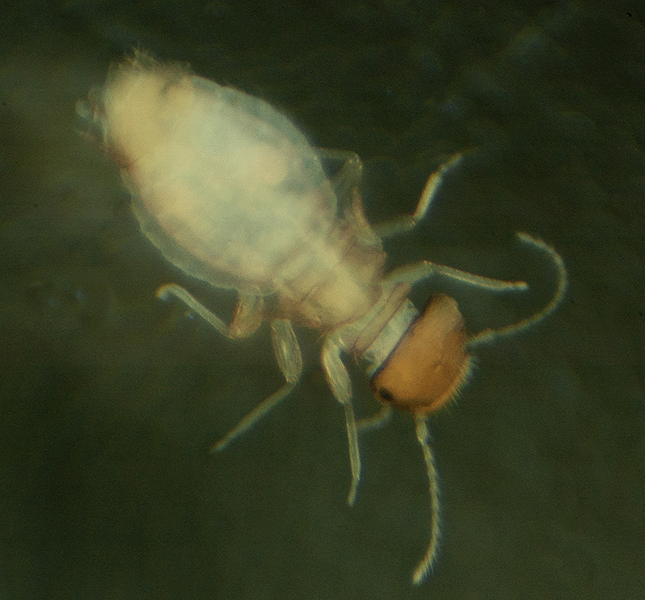
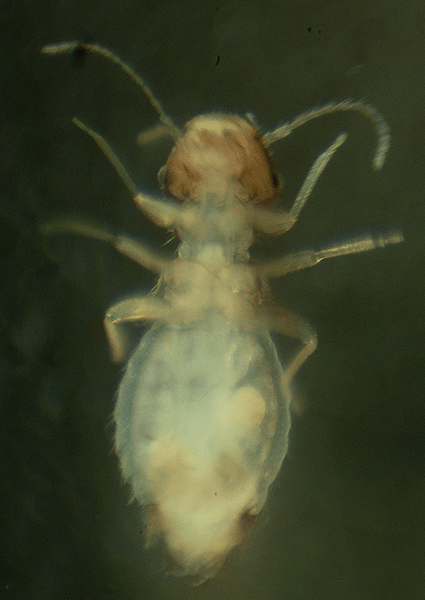
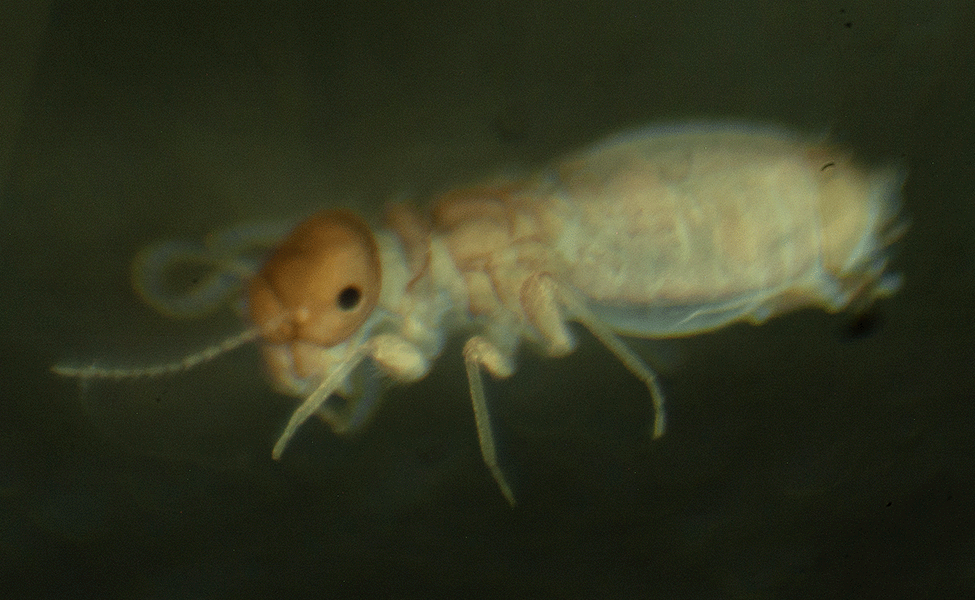
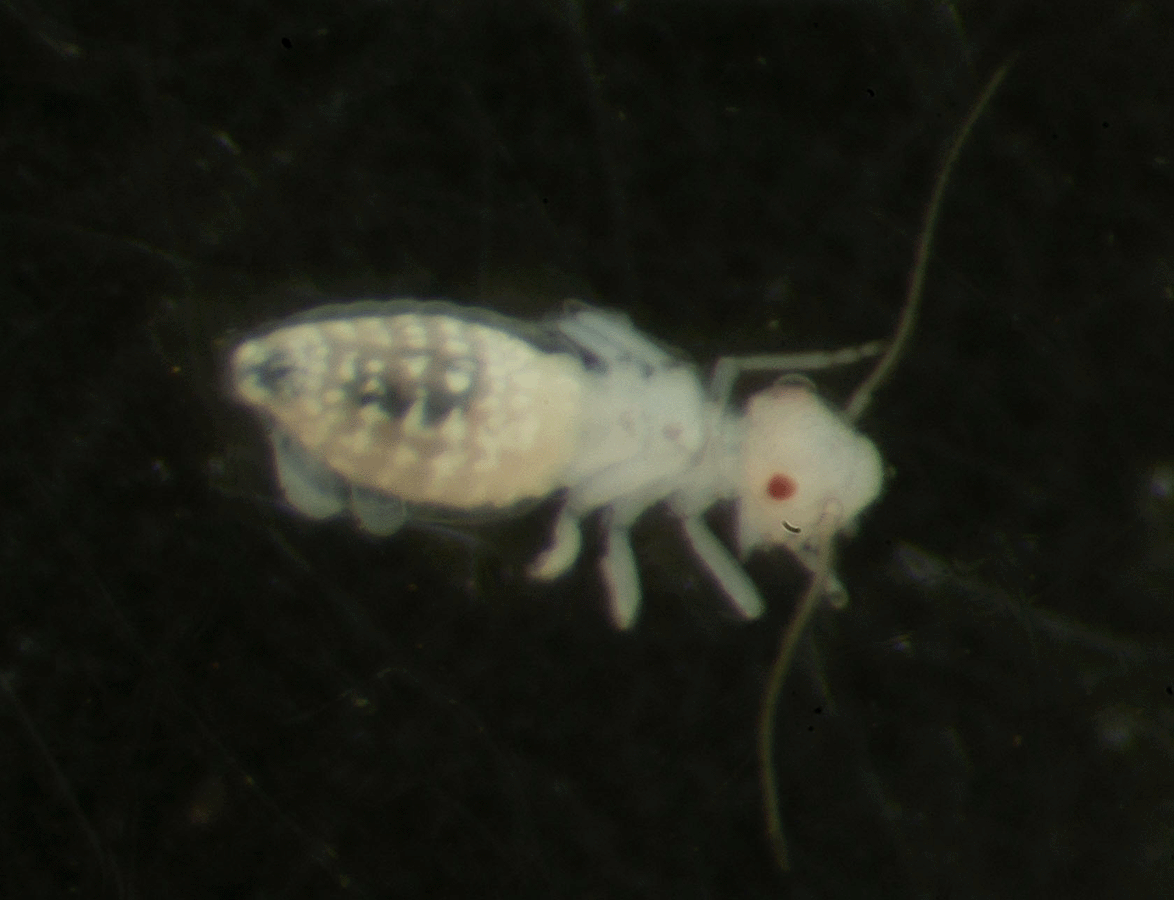
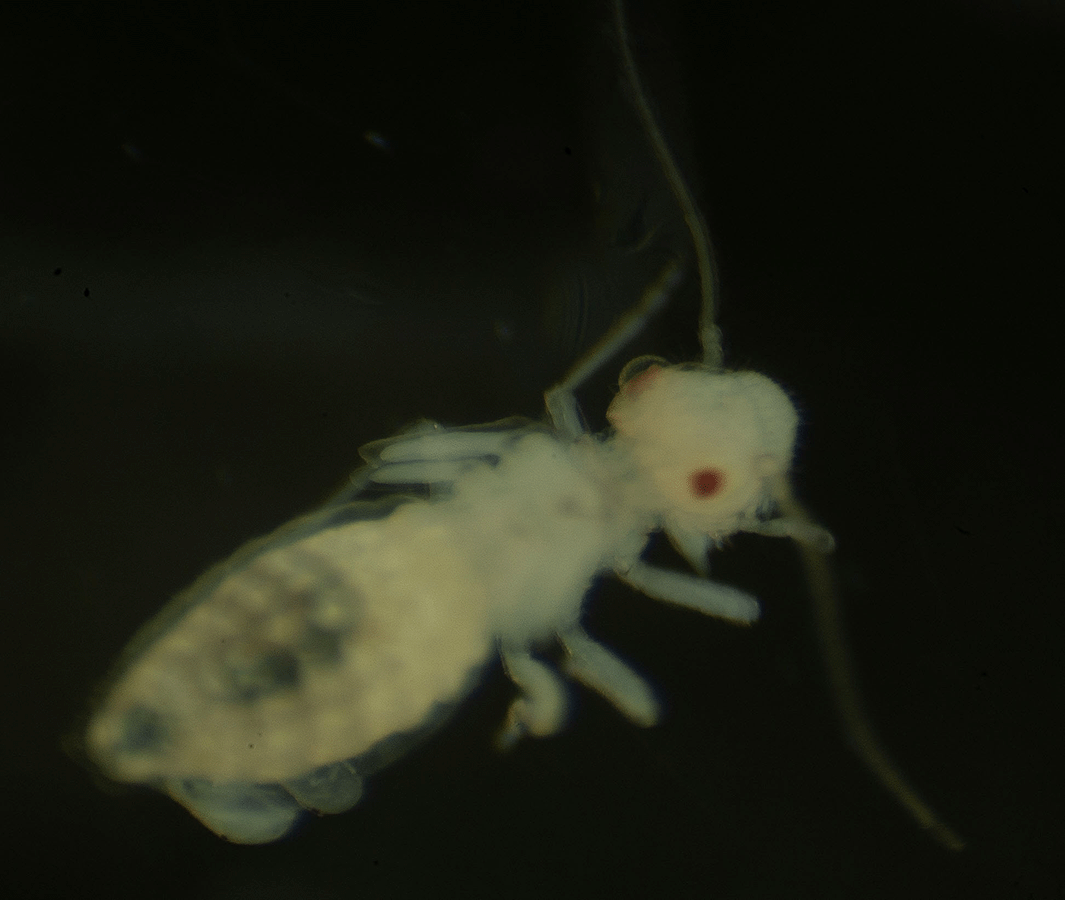
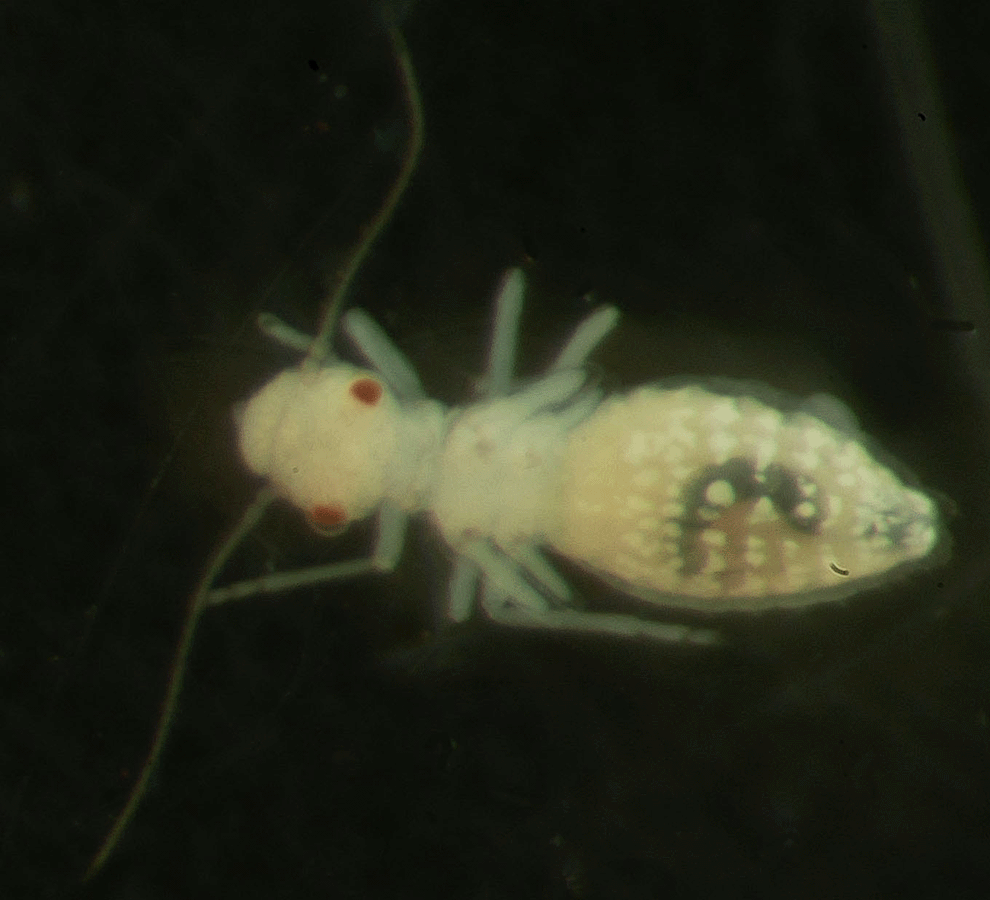
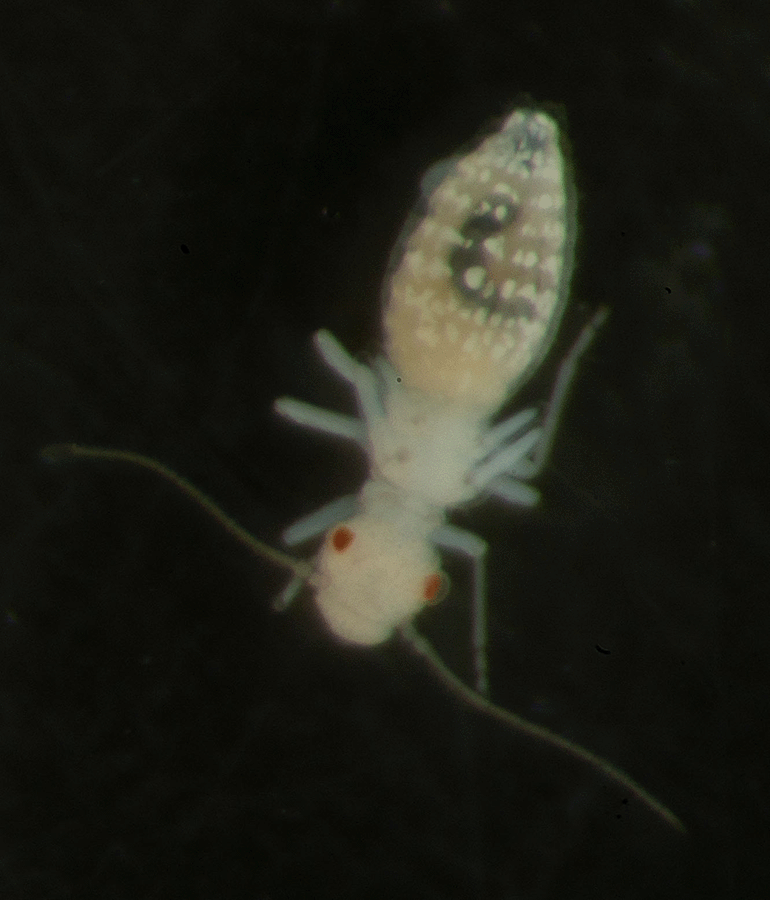
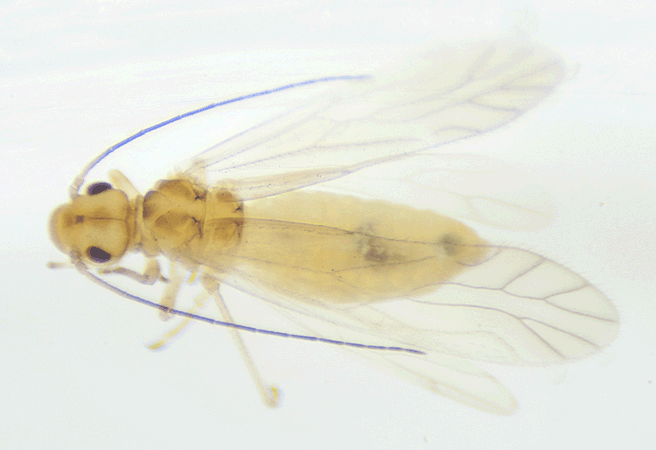
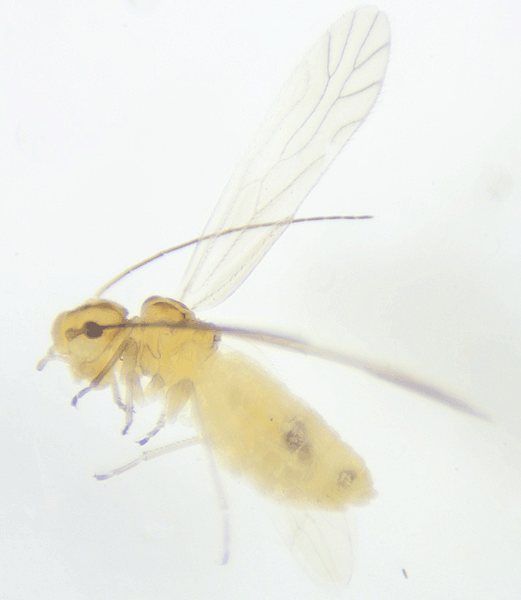
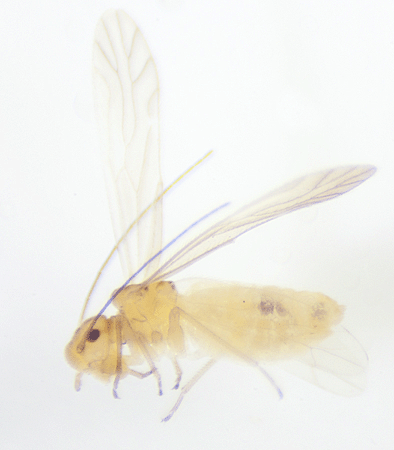
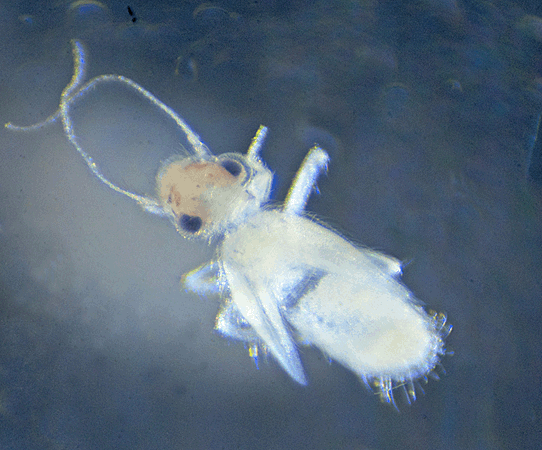
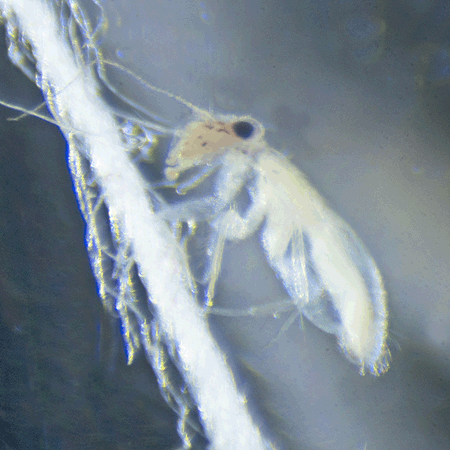
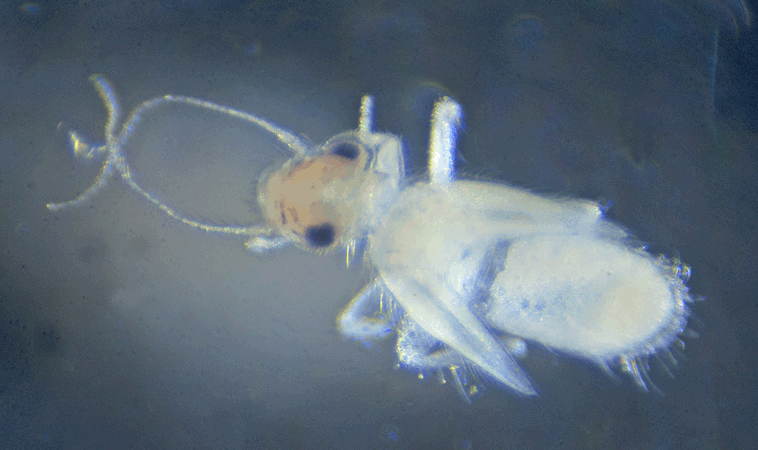
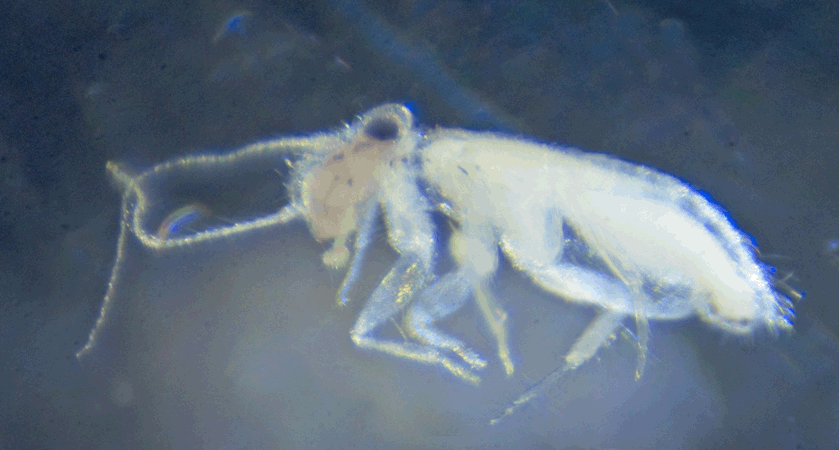
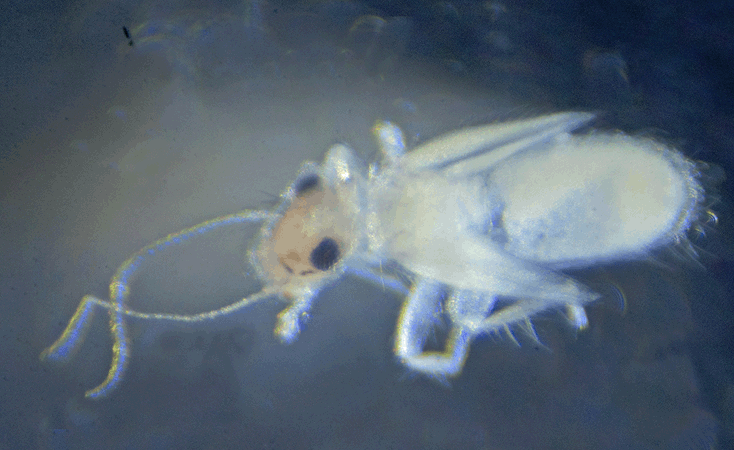
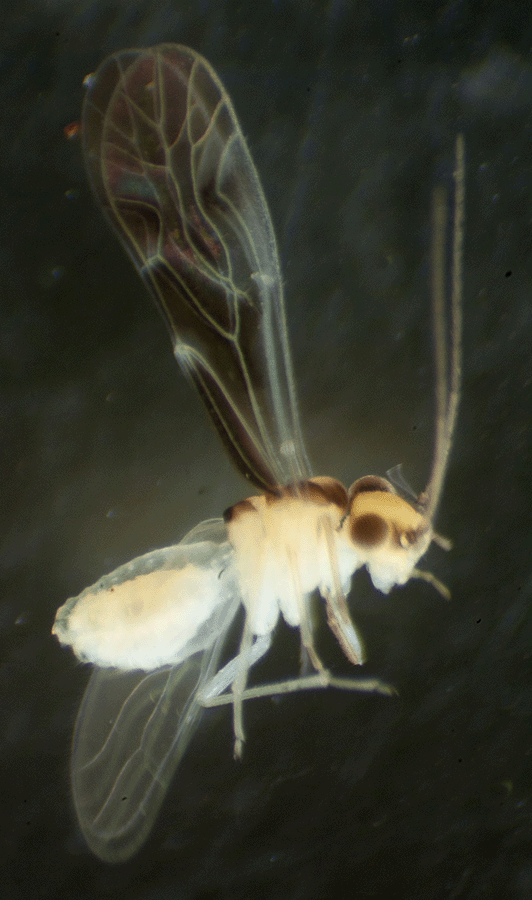
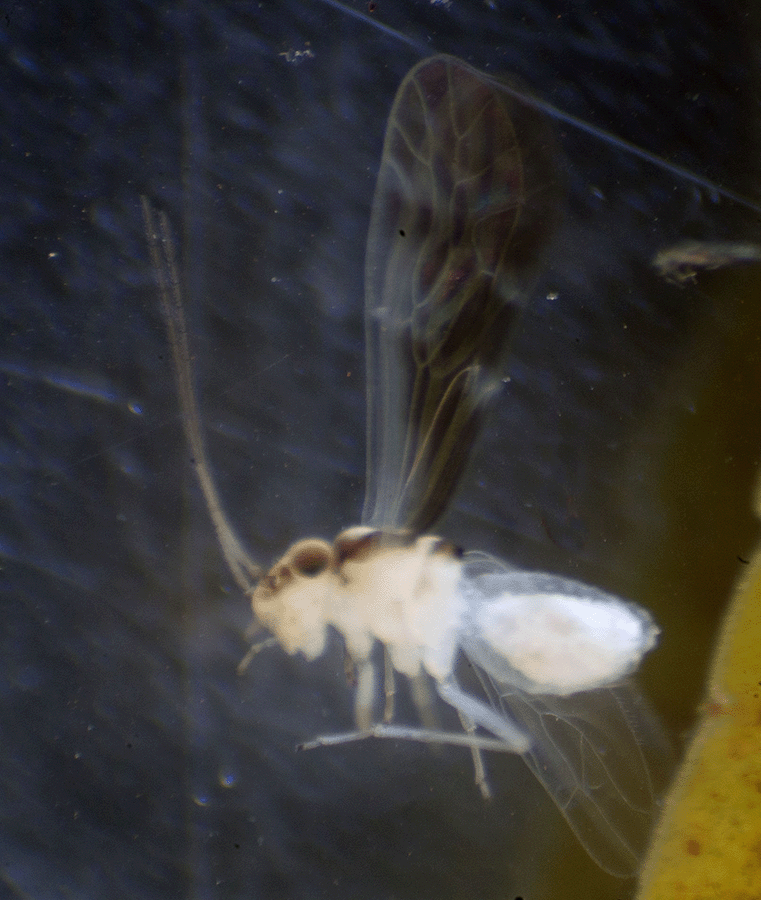
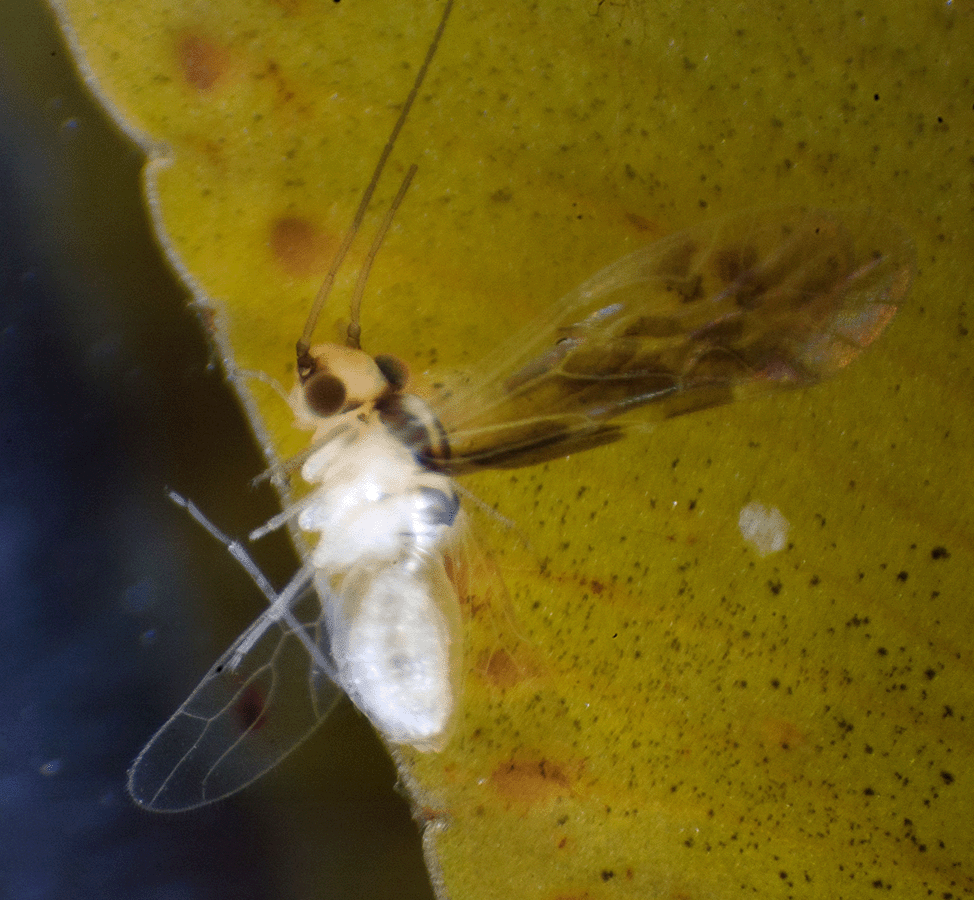


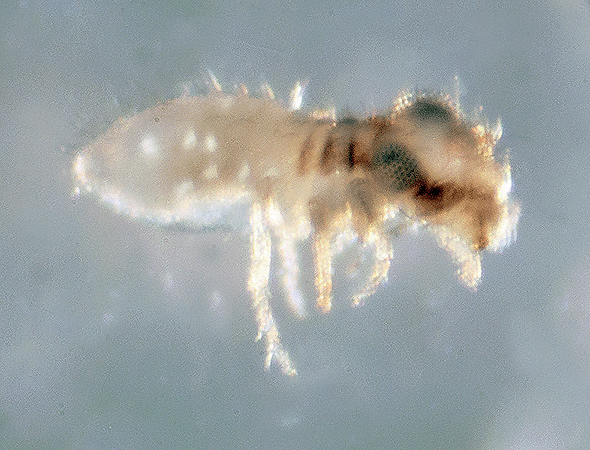
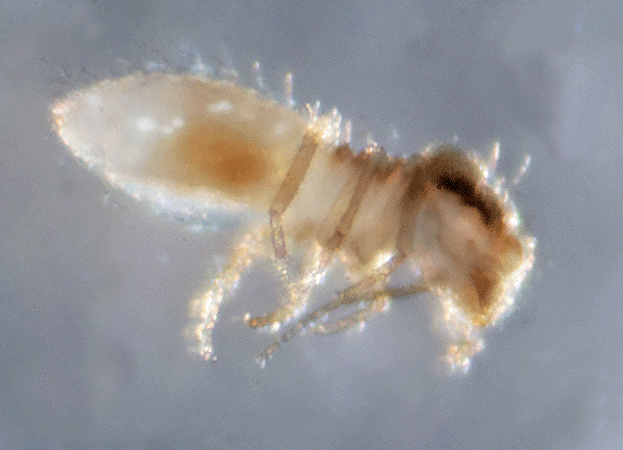
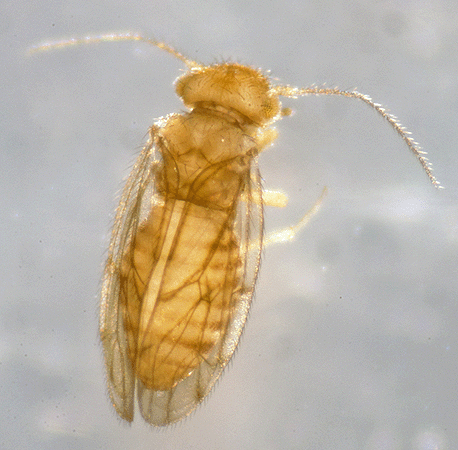
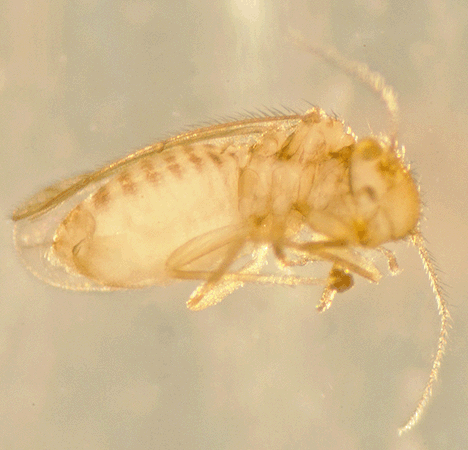
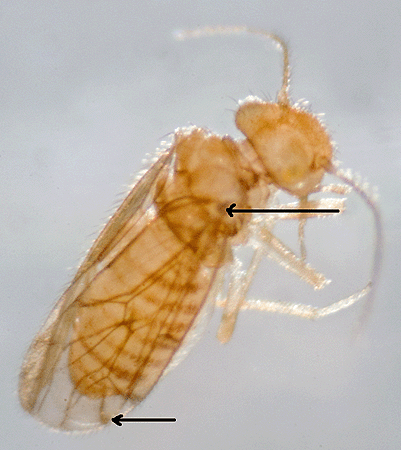

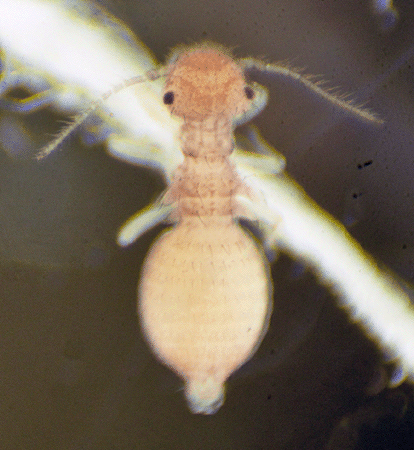
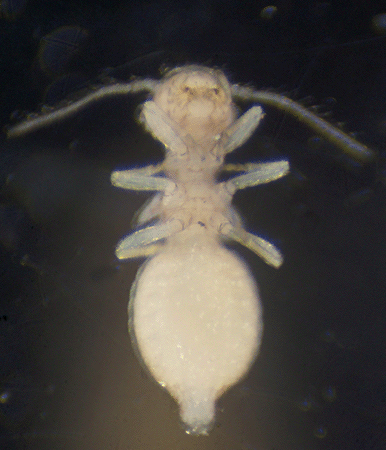
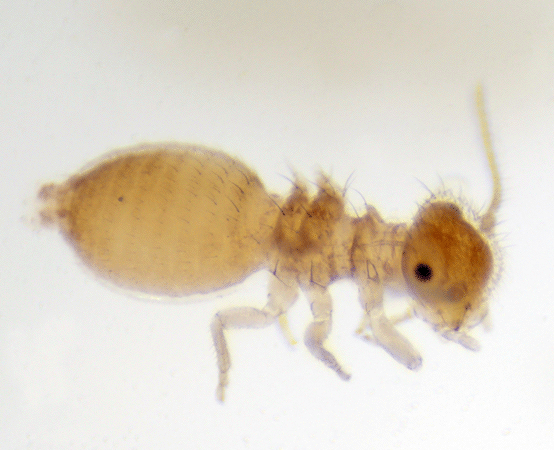 On February 10, 2018, this ~1.5 mm long barklouse was crawling on a
On February 10, 2018, this ~1.5 mm long barklouse was crawling on a 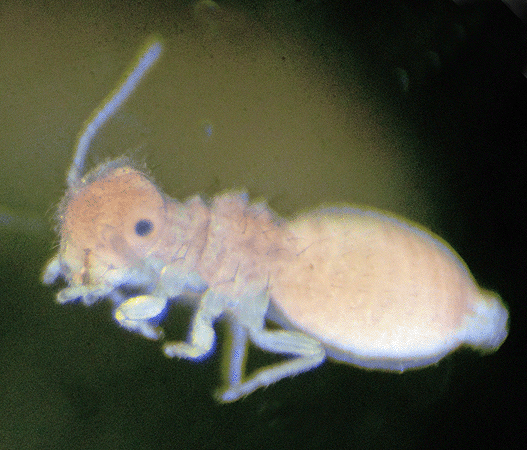 The term "micropterous" means "having small, sometimes vestigial wings." There is also a "macropterous" form of this species. "Macropterous" means having long or large wings."
The term "micropterous" means "having small, sometimes vestigial wings." There is also a "macropterous" form of this species. "Macropterous" means having long or large wings." 
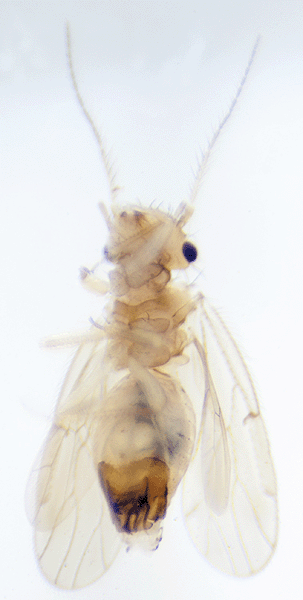 Photographs were created using photomicroscopy and sent for identification to <BugGuide.net>, sponsored by Iowa State University's Department of Entomology.
Photographs were created using photomicroscopy and sent for identification to <BugGuide.net>, sponsored by Iowa State University's Department of Entomology. 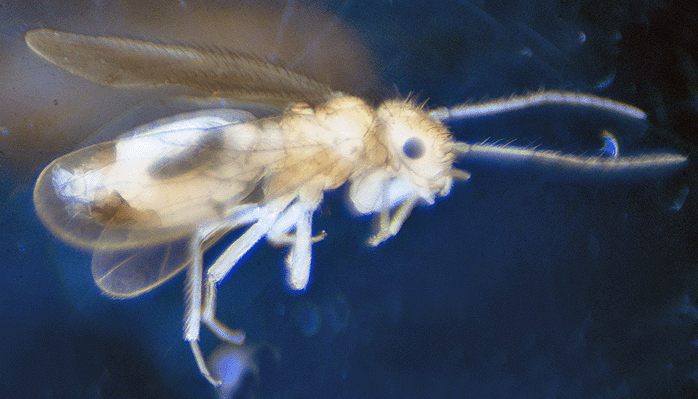
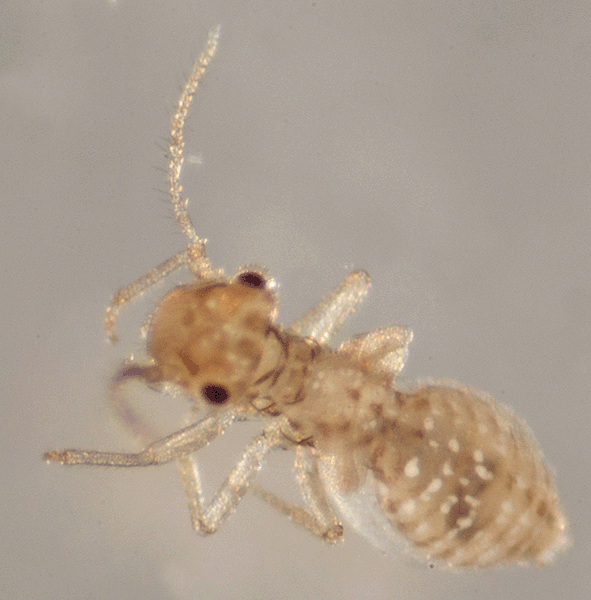
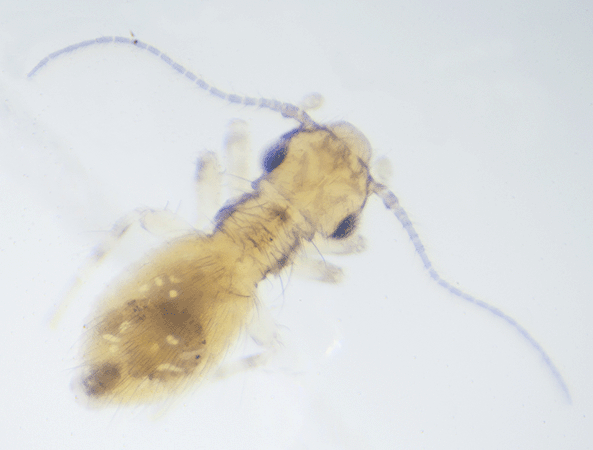
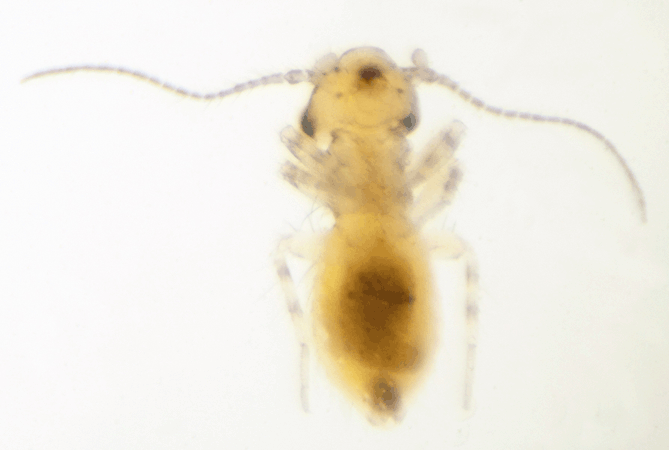
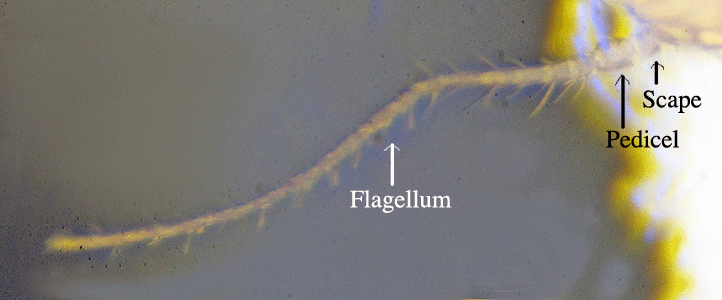 Note: Flagellomeres are units of one of the three basic segments of an insect's antenna. The scape is the base where the antenna is connected to the head. The pedicel is the next segment, and the flagellum is the third segment. Flagellomeres are the units making of the flagellum.
Note: Flagellomeres are units of one of the three basic segments of an insect's antenna. The scape is the base where the antenna is connected to the head. The pedicel is the next segment, and the flagellum is the third segment. Flagellomeres are the units making of the flagellum. 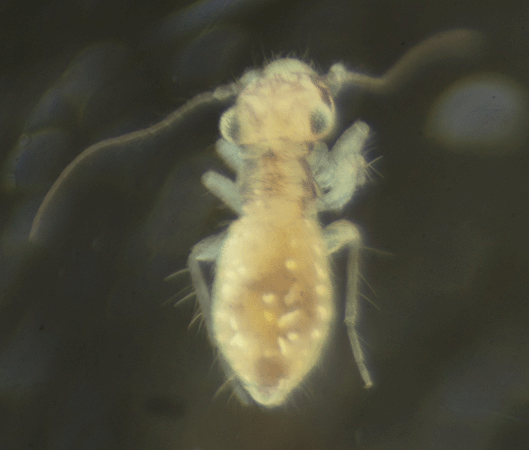
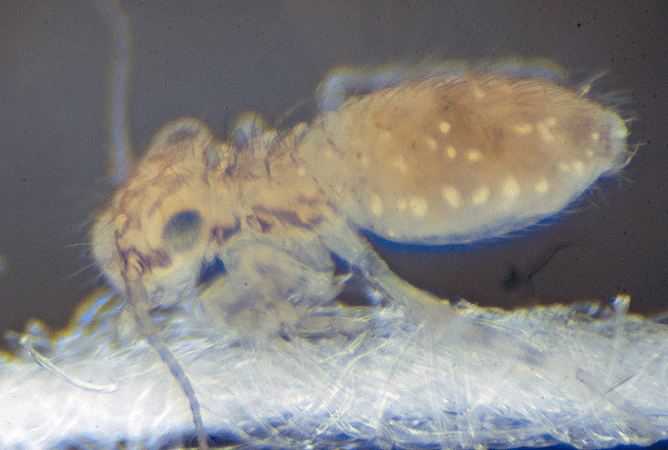
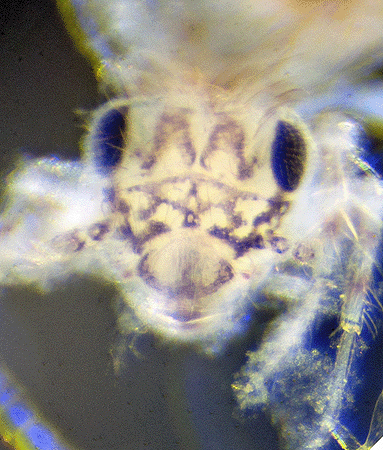
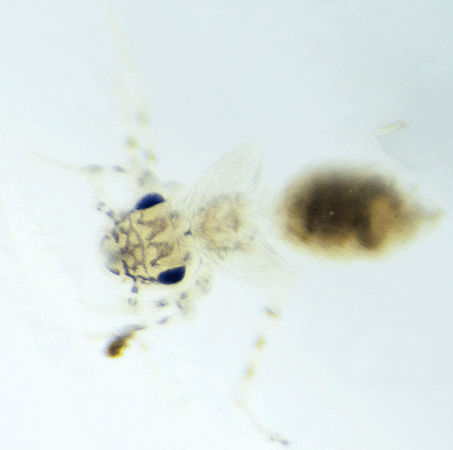
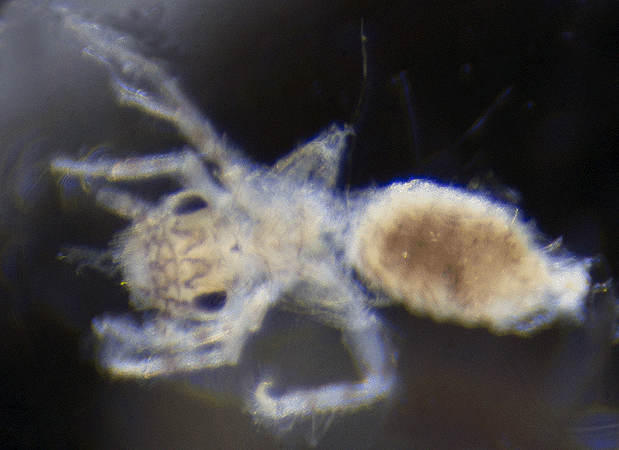
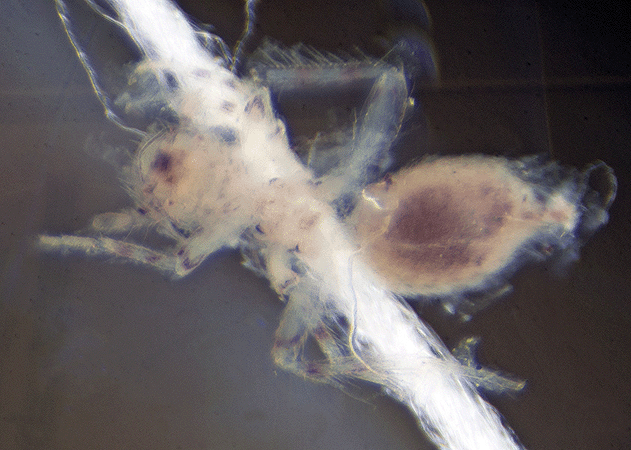
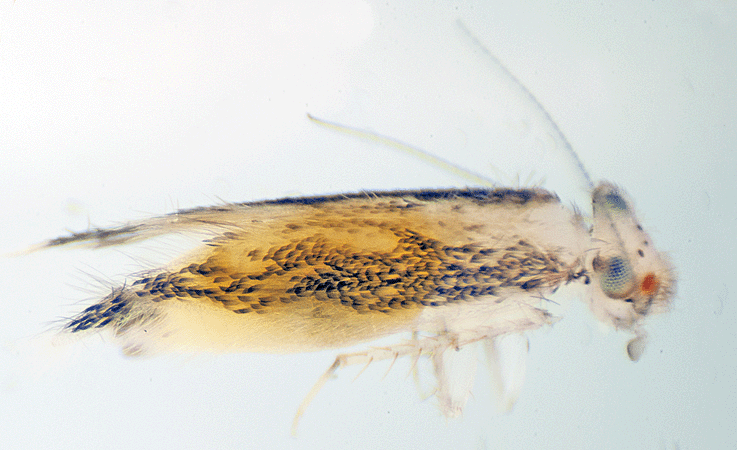 On February 17, 2016, this 1.75 mm long barklouse was found inside a trap consisting of a folded piece of cardboard that had been wired to a
On February 17, 2016, this 1.75 mm long barklouse was found inside a trap consisting of a folded piece of cardboard that had been wired to a 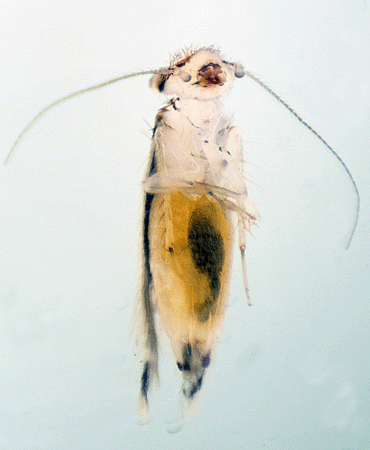 All of the barklice were removed from the cardboard and placed into ethanol.
All of the barklice were removed from the cardboard and placed into ethanol.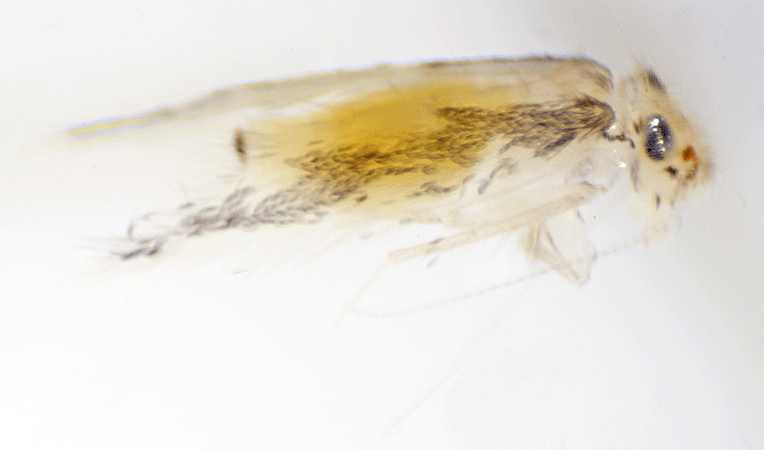
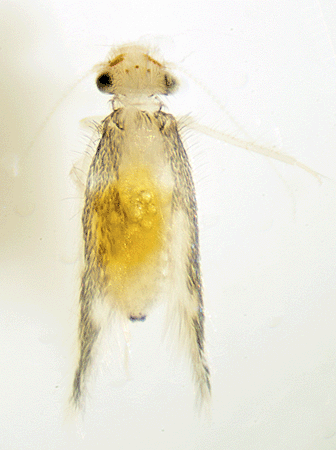
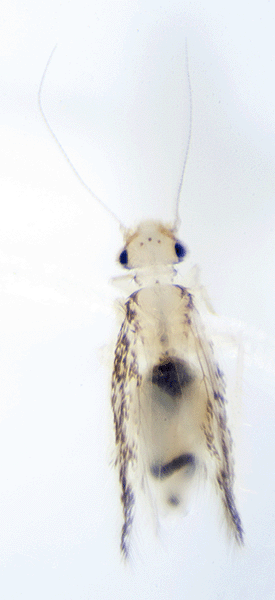
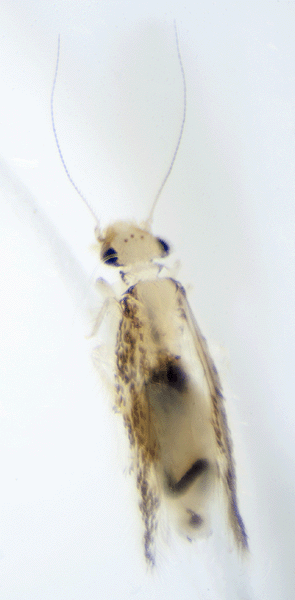
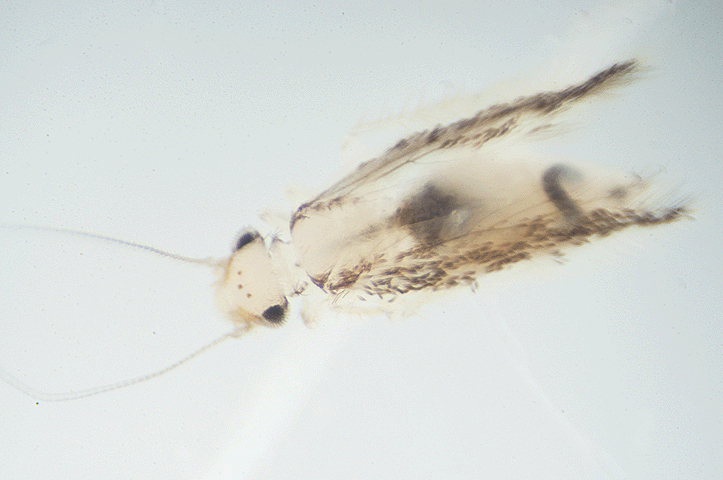
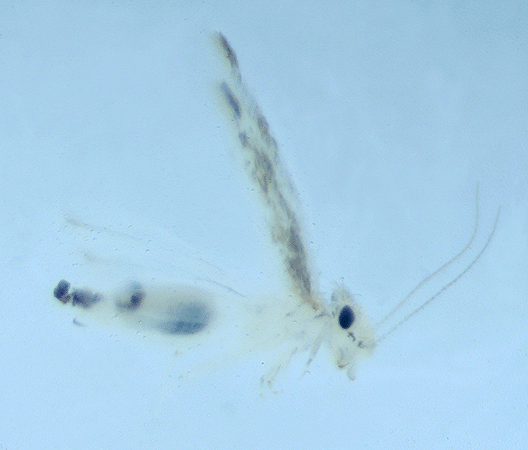
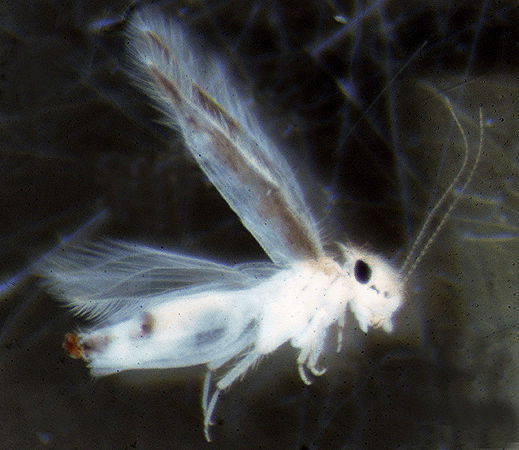
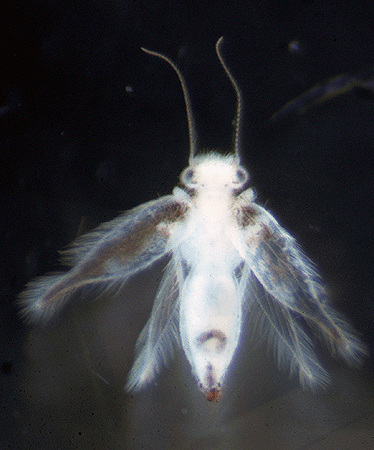
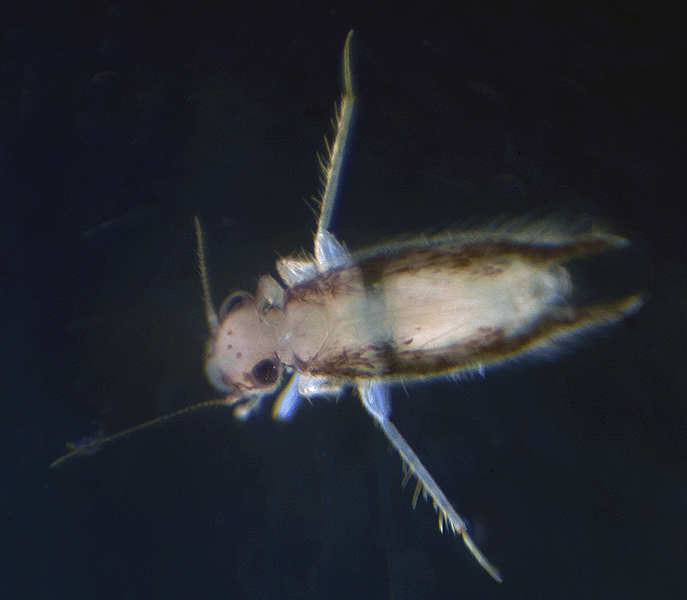
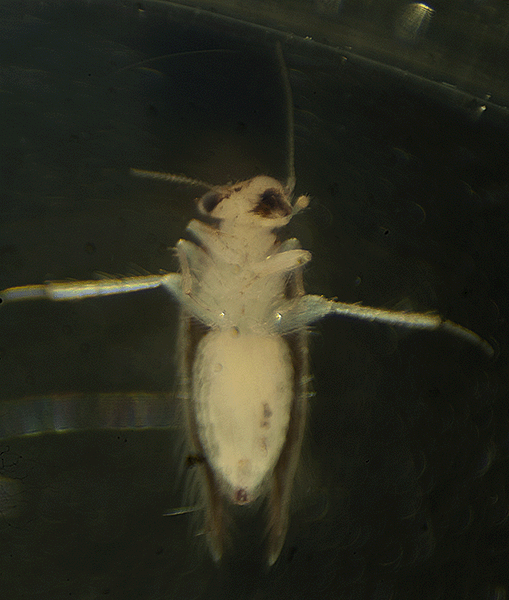
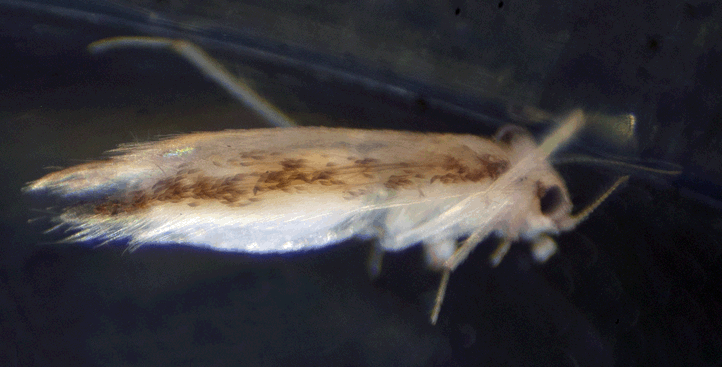
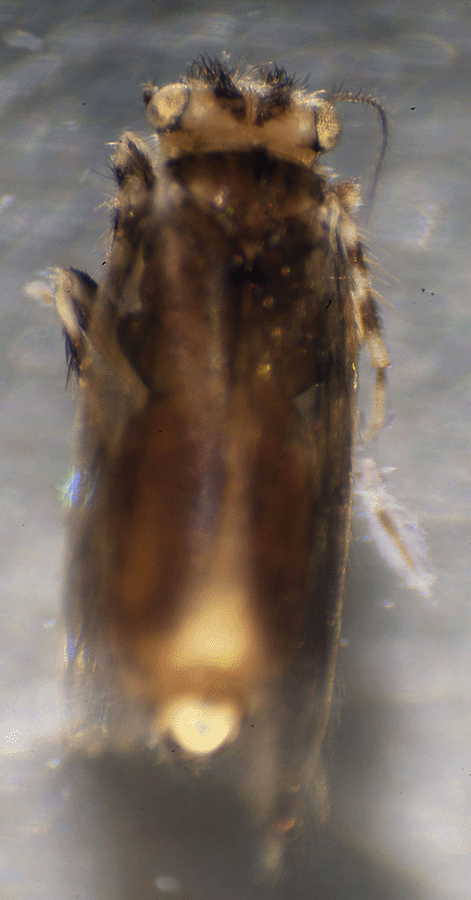
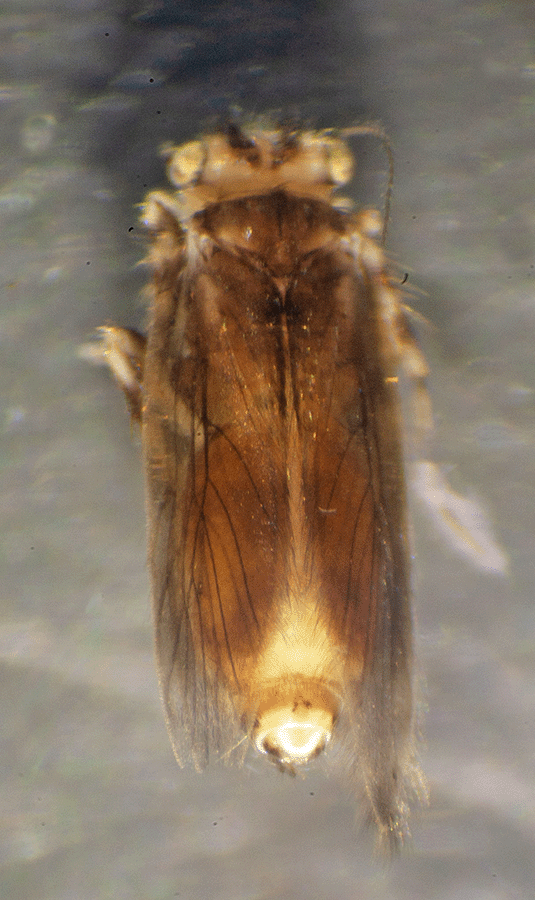
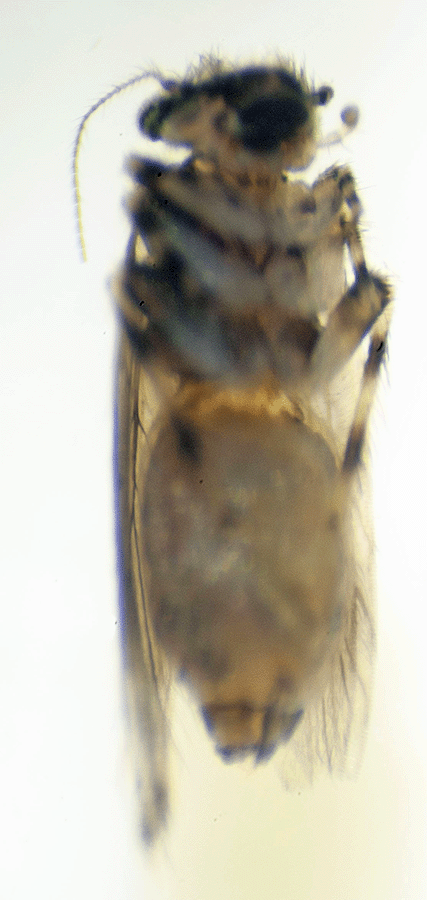
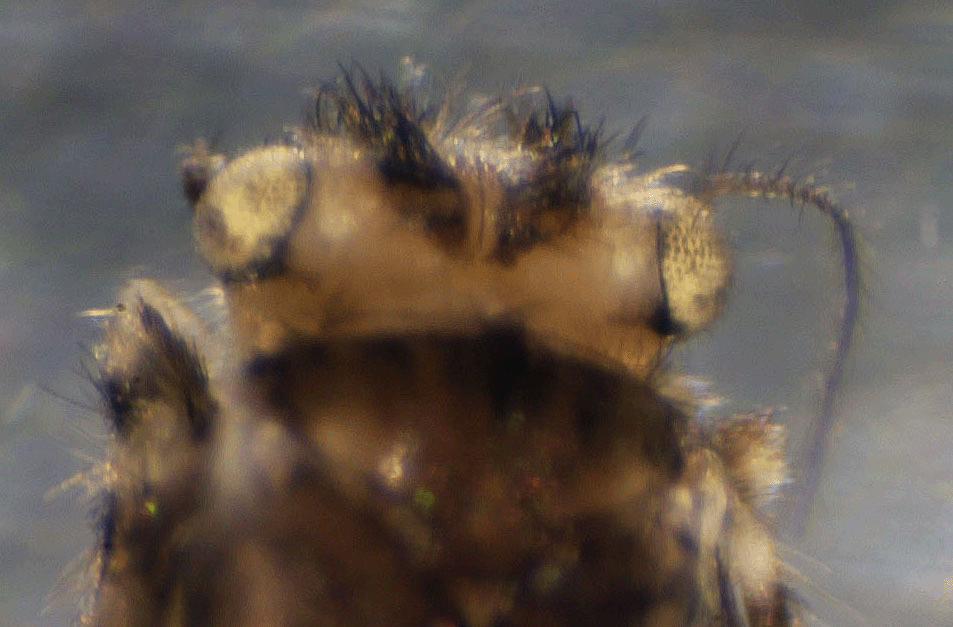
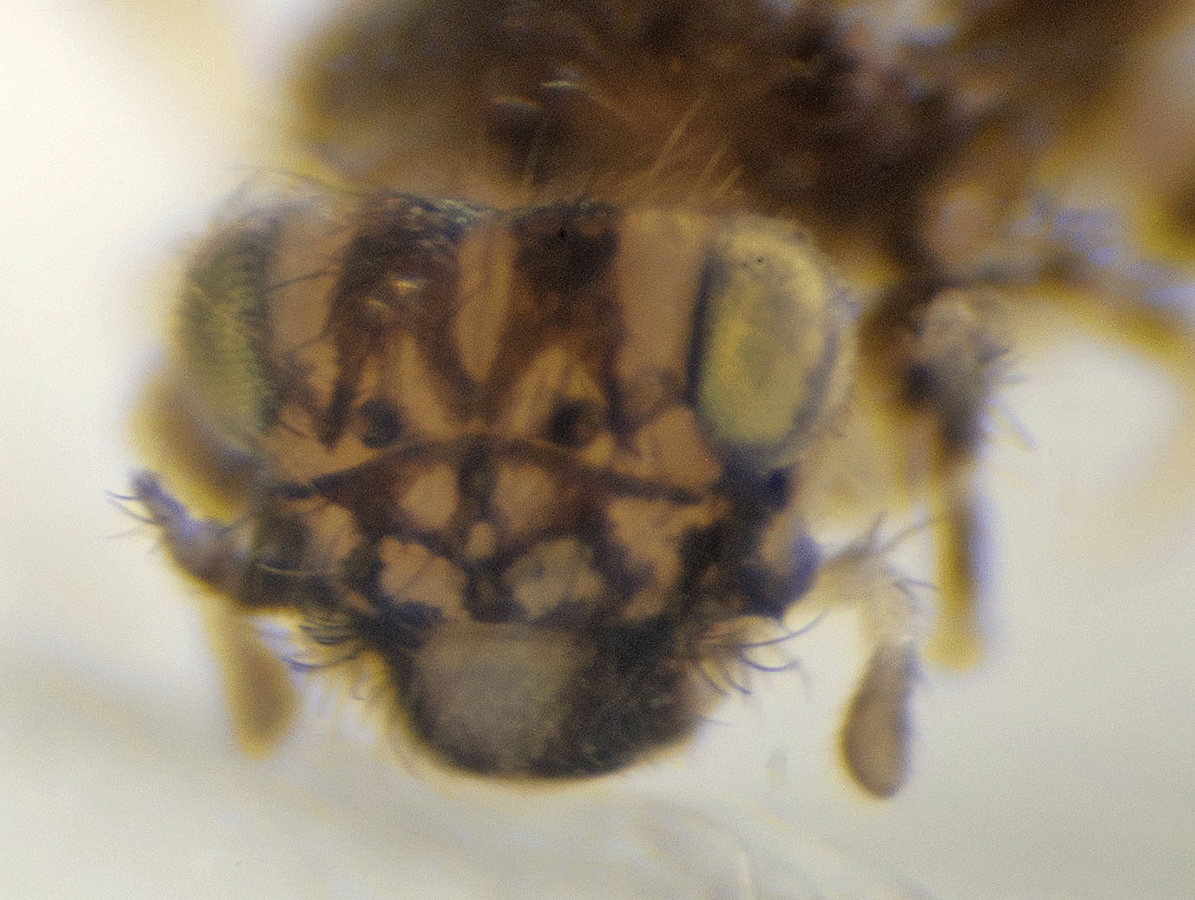
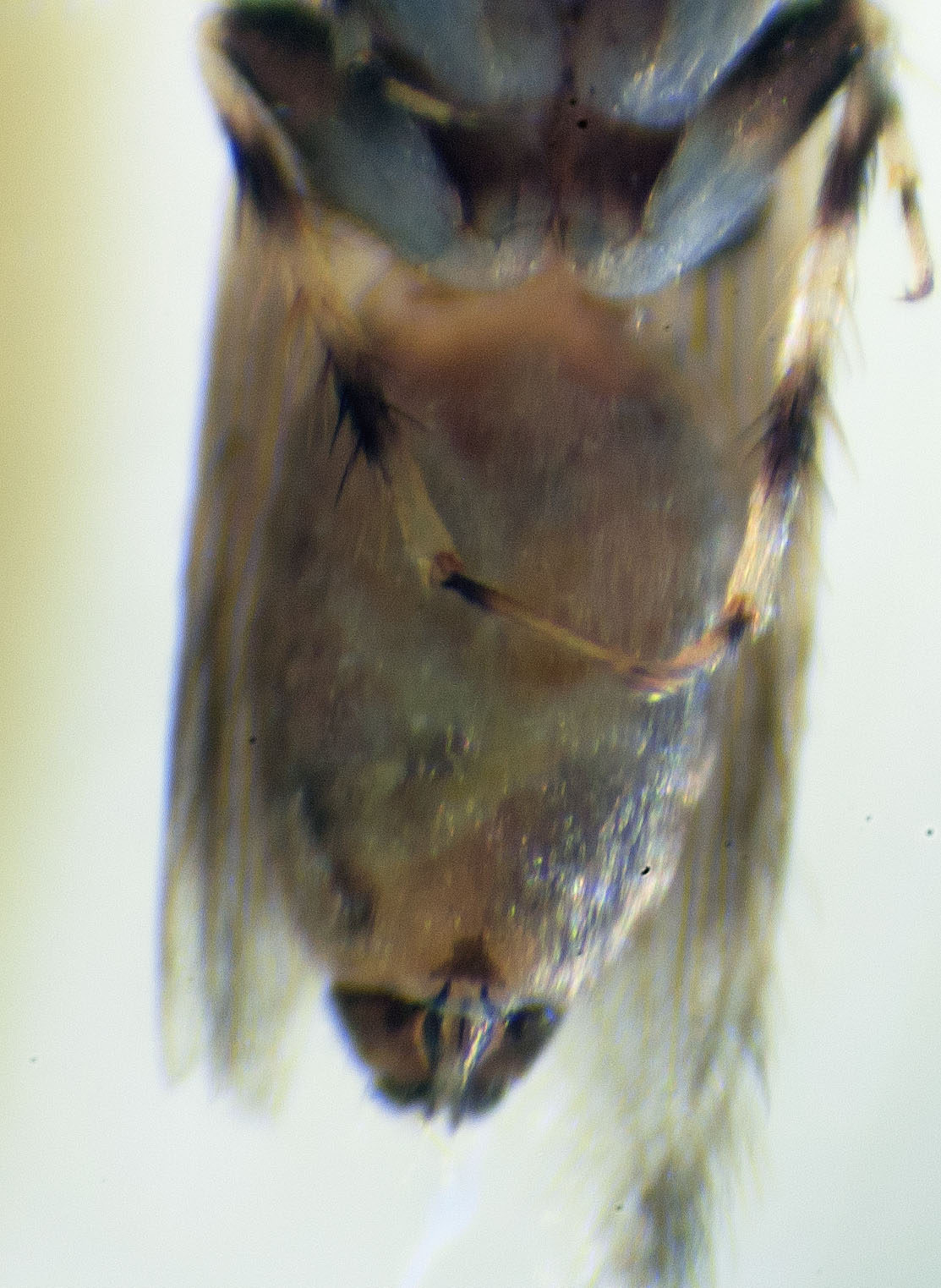
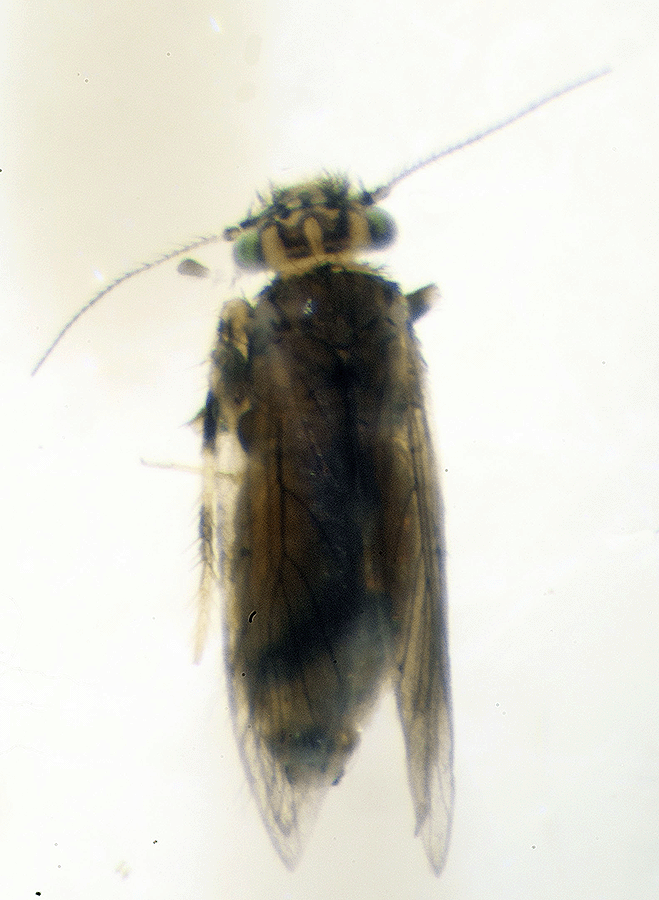
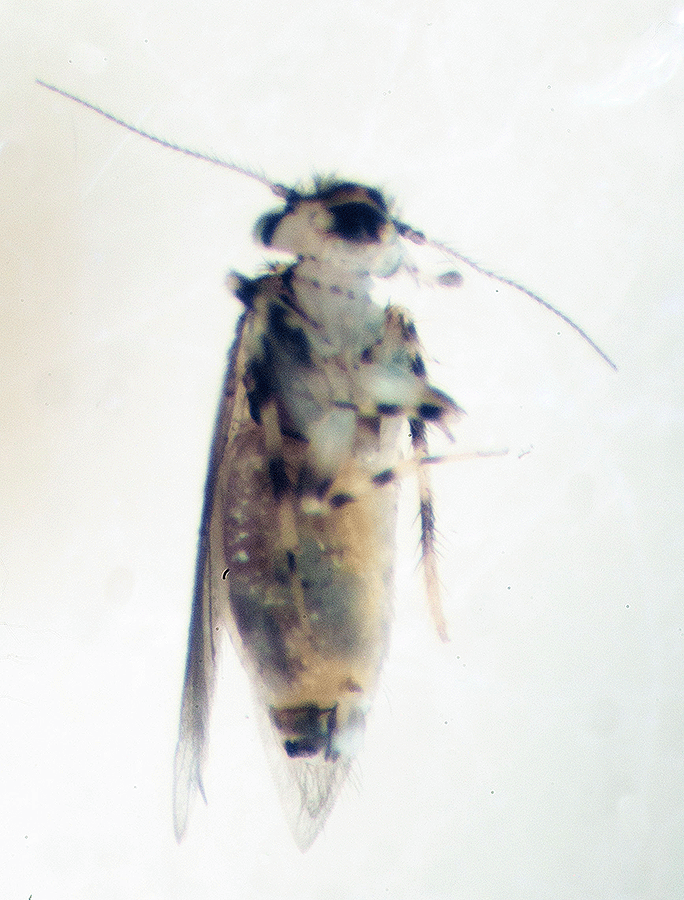
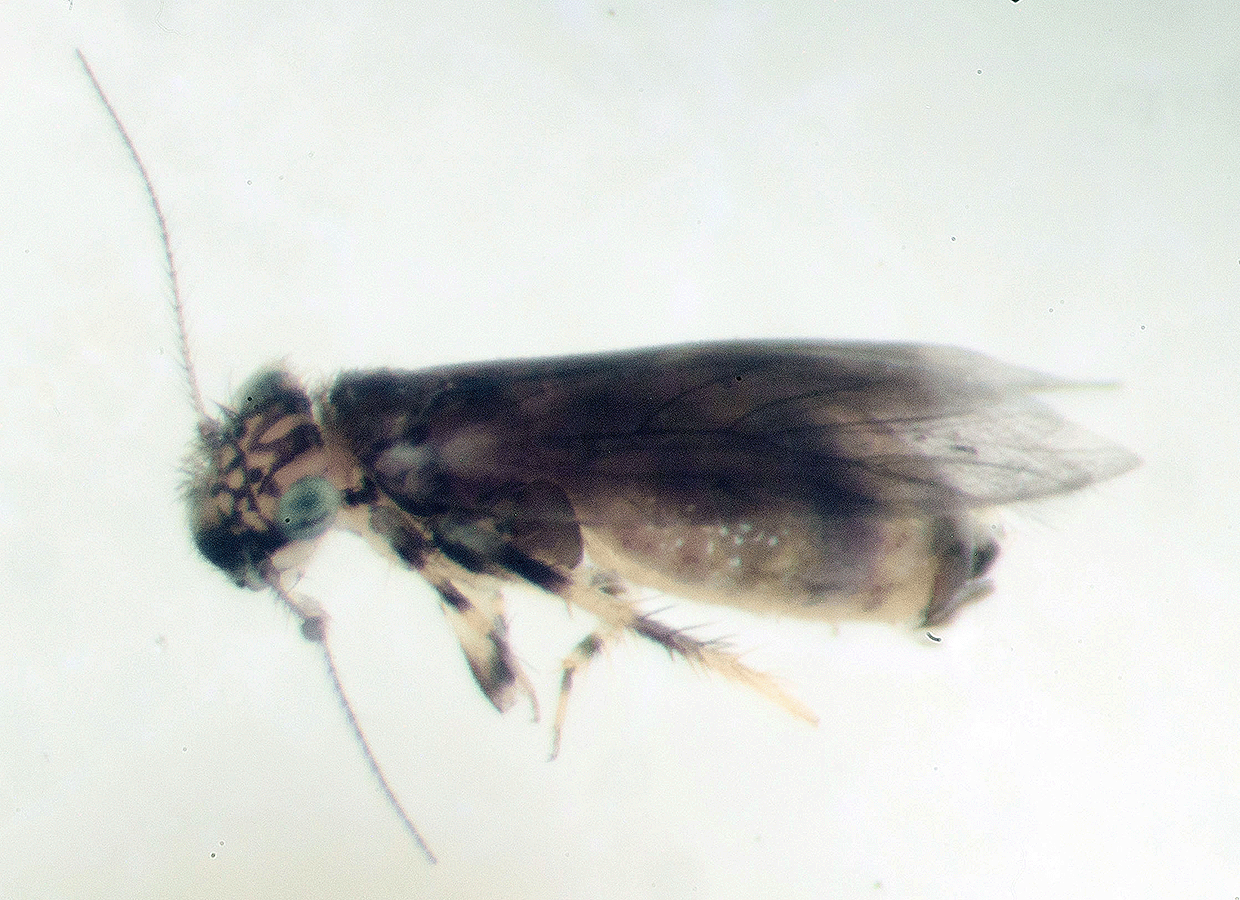
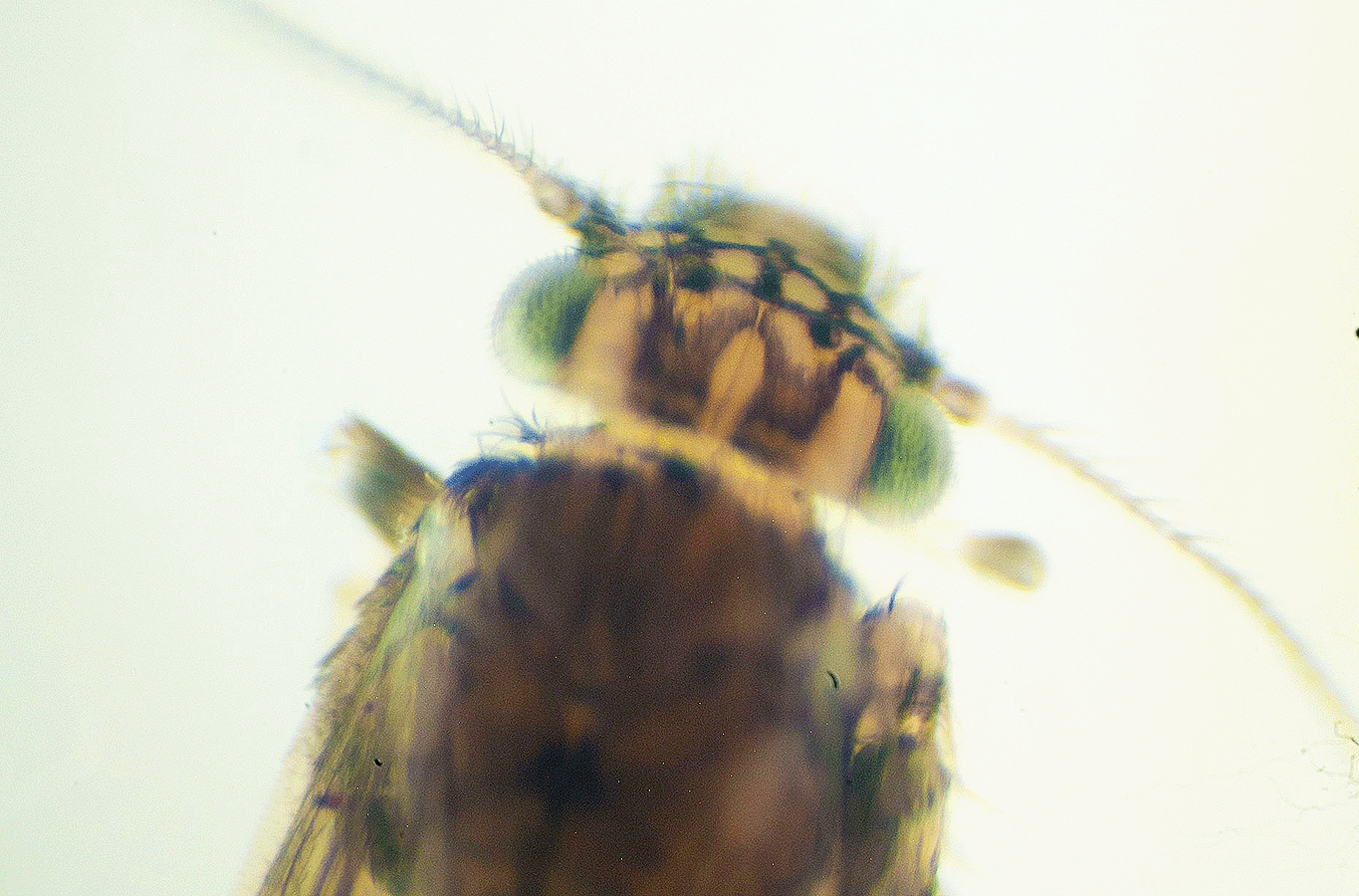
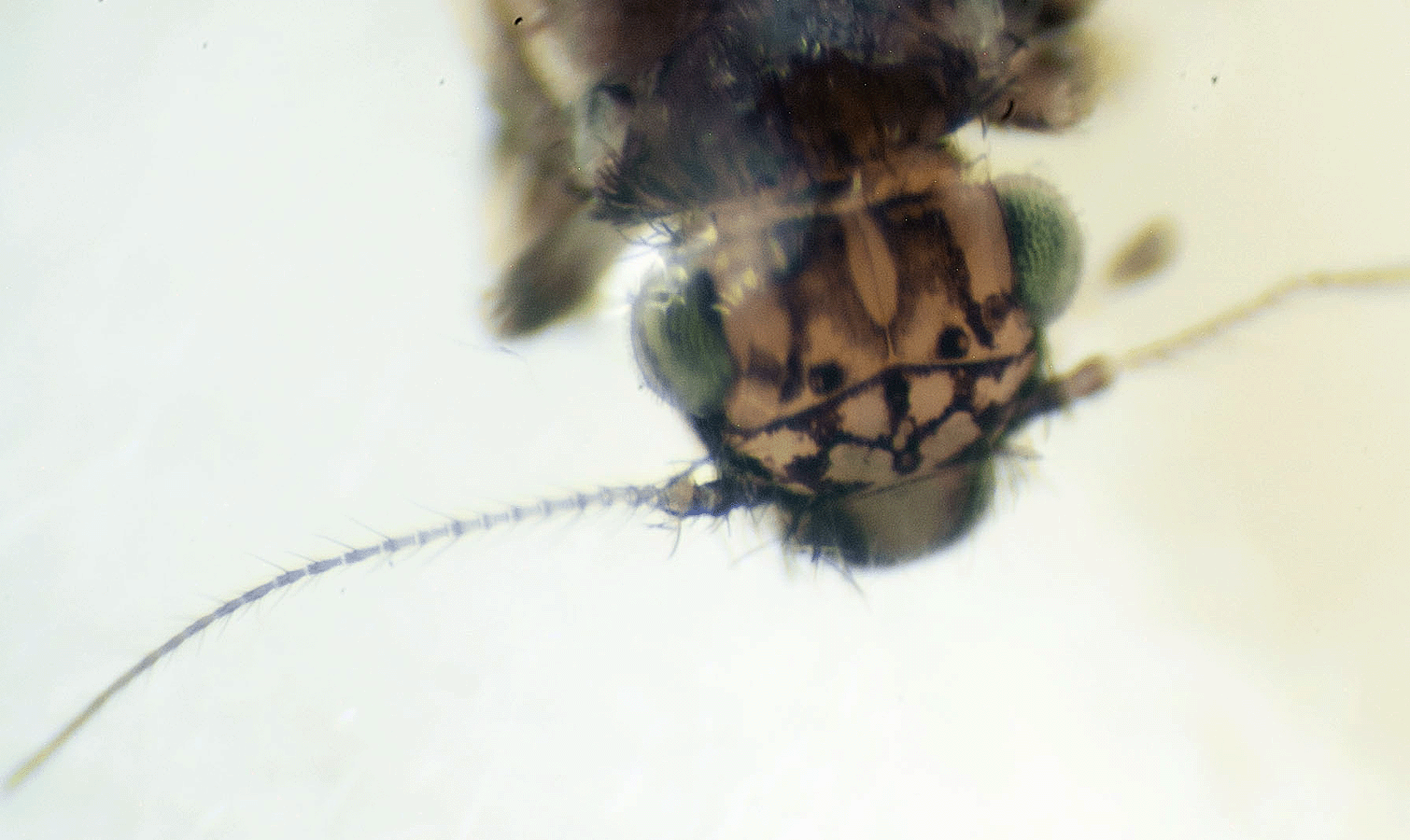
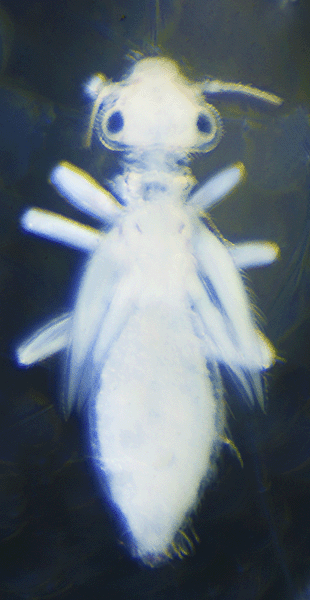
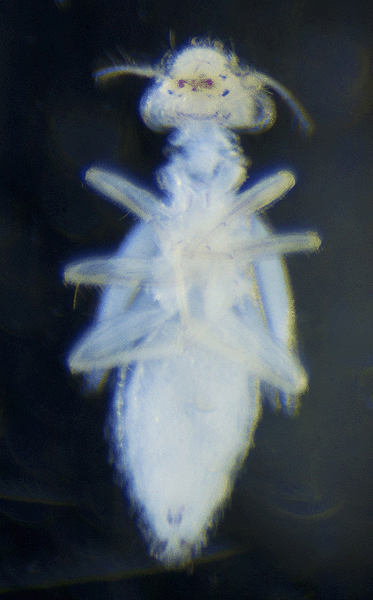
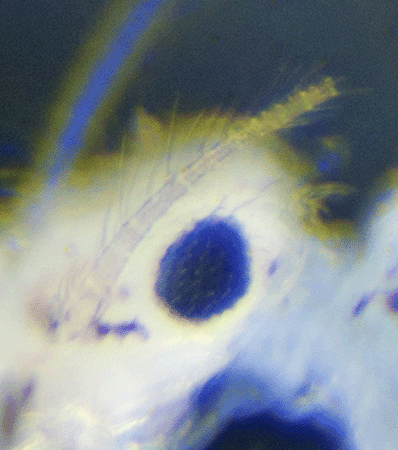 On January 3, 2017, this 2 mm long barklouse nymph was living in leaf litter beneath a
On January 3, 2017, this 2 mm long barklouse nymph was living in leaf litter beneath a 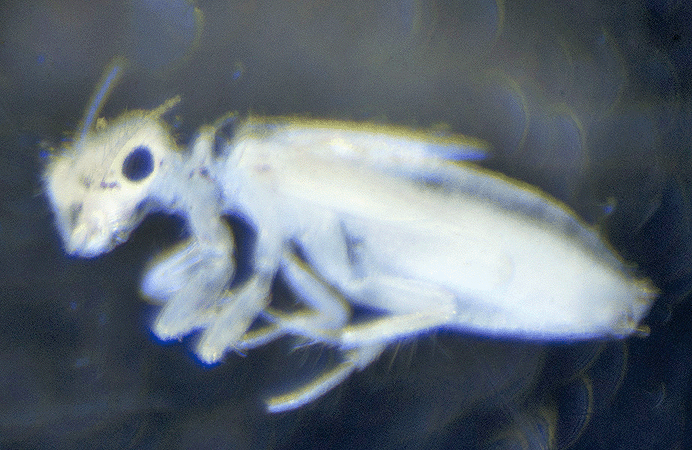
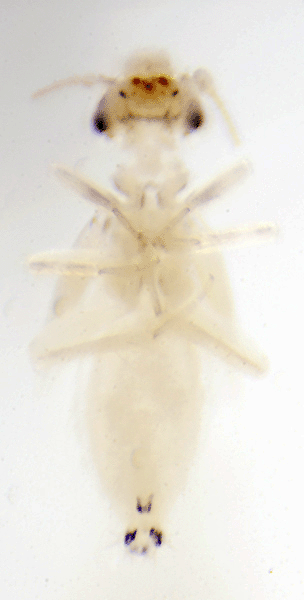
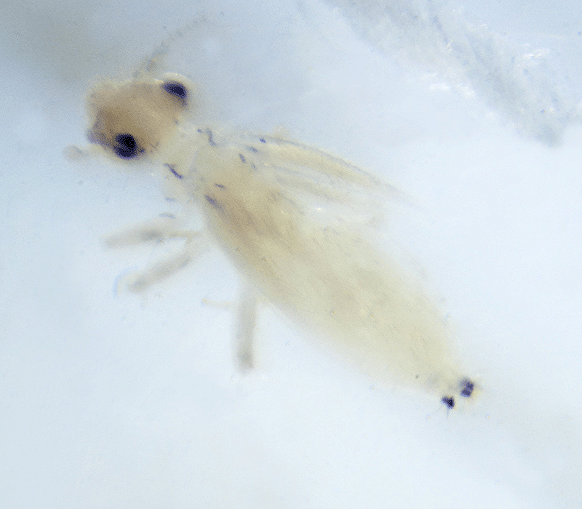
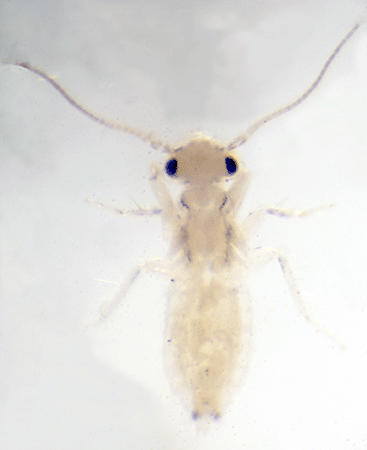
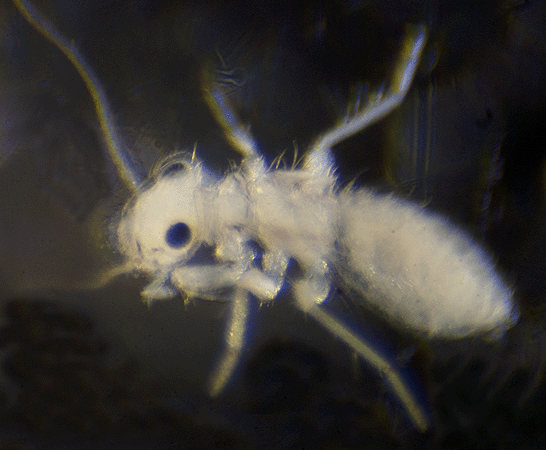
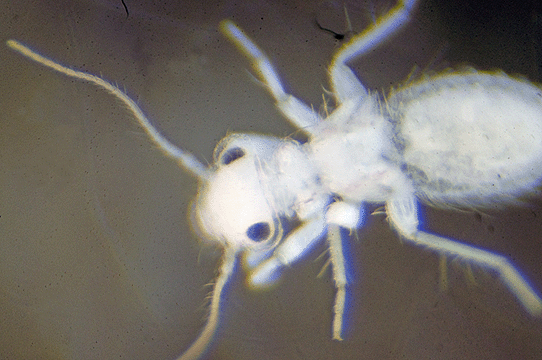 On July 7, 2017, the genus was identified by Diane Young, a Contributor to <BugGuide.net>. She stated, "This is probably a nymph of...Echmepteryx nymph.
On July 7, 2017, the genus was identified by Diane Young, a Contributor to <BugGuide.net>. She stated, "This is probably a nymph of...Echmepteryx nymph.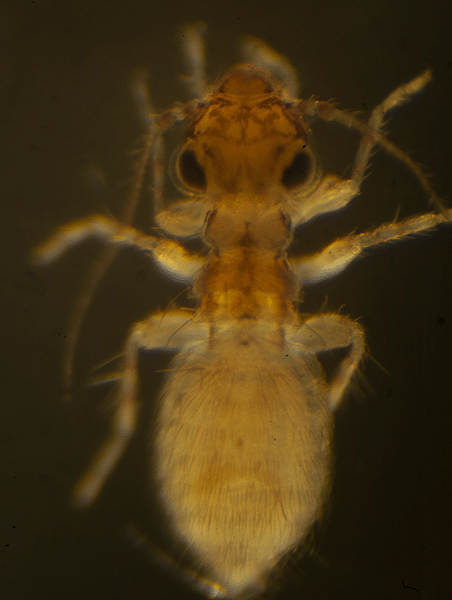
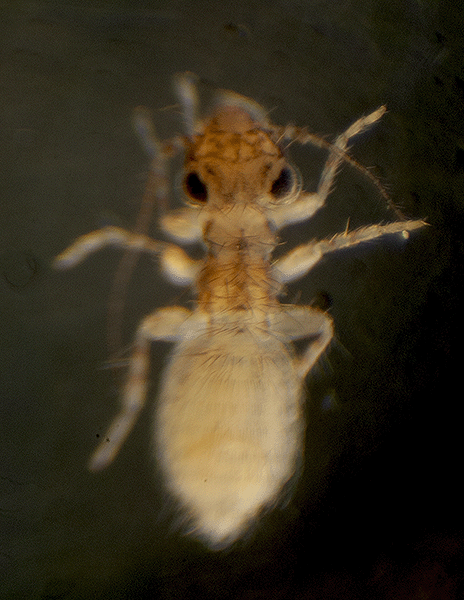
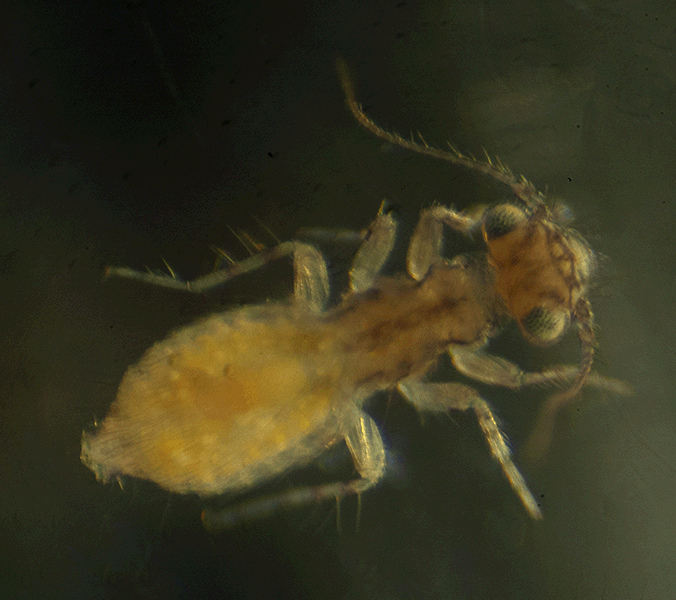
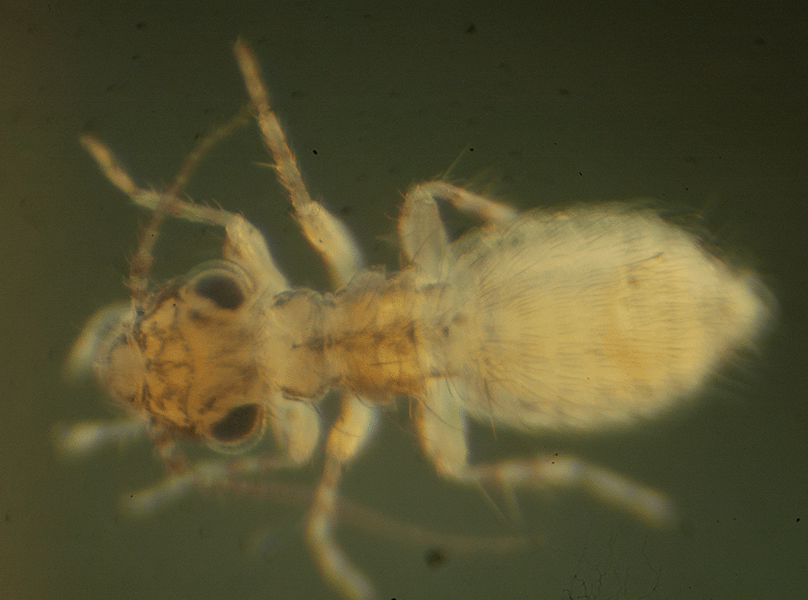
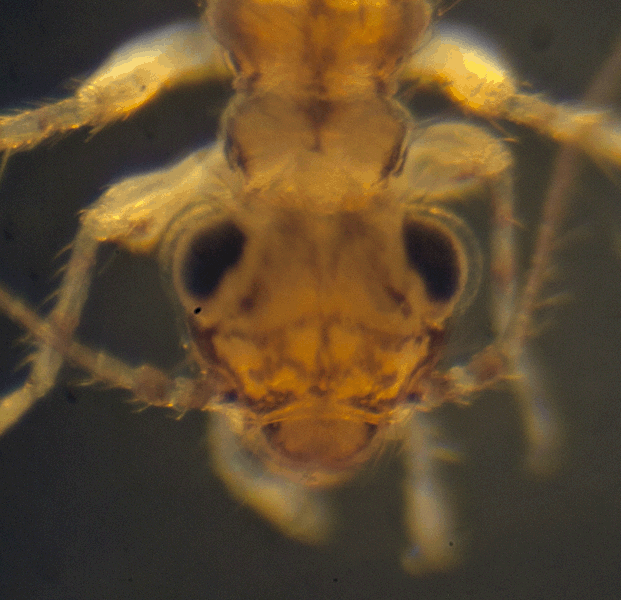
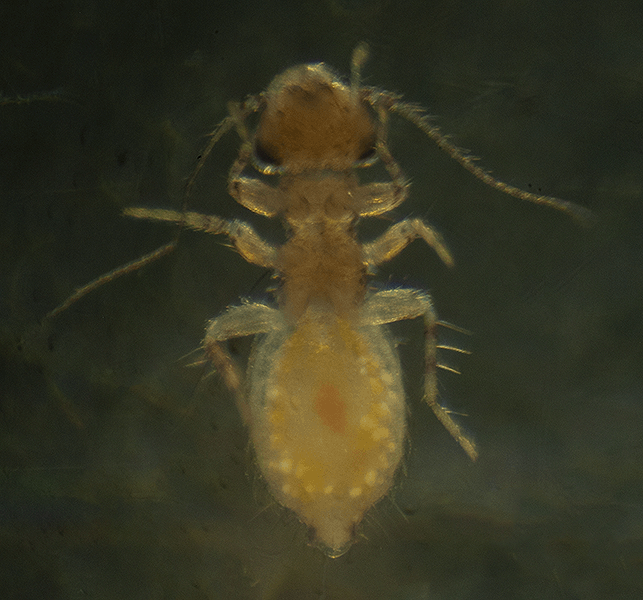
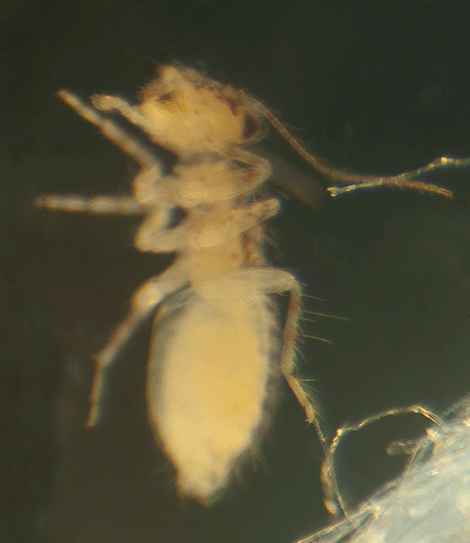
 On March 11, 2015, this 2 mm long bark louse was collected in leaf litter under a Florida Rosemary bush in a Rosemary/Sand Live Oak scrub area at the Smith Preserve.
On March 11, 2015, this 2 mm long bark louse was collected in leaf litter under a Florida Rosemary bush in a Rosemary/Sand Live Oak scrub area at the Smith Preserve. 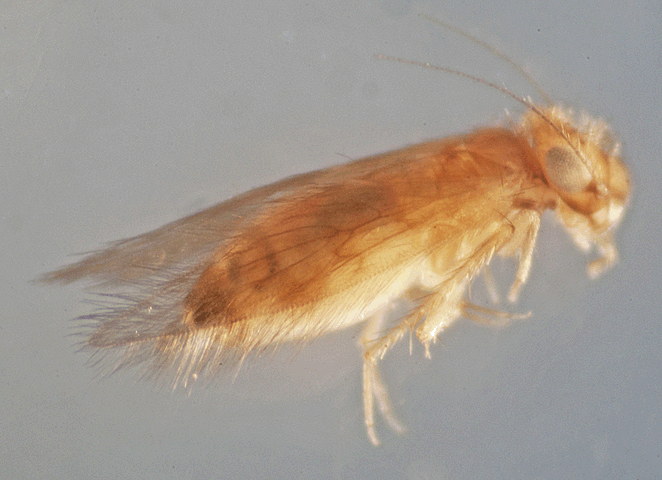
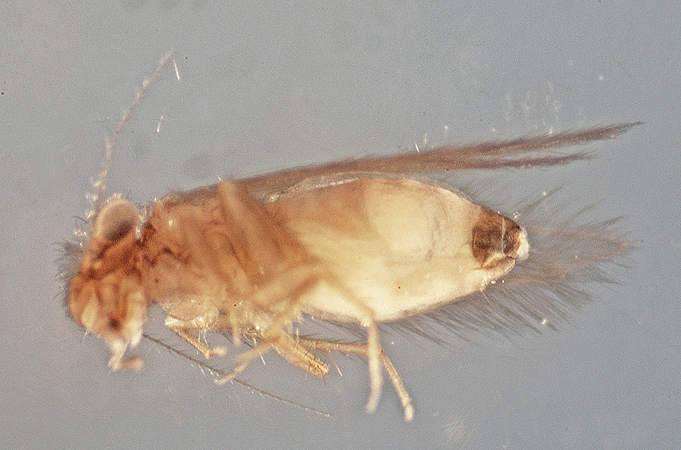
 On December 17, 2014, the 2 mm long nymph shown here with prominent wing pads was found living in leaf litter in the hammock in the northeast corner of the Smith Preserve.
On December 17, 2014, the 2 mm long nymph shown here with prominent wing pads was found living in leaf litter in the hammock in the northeast corner of the Smith Preserve. 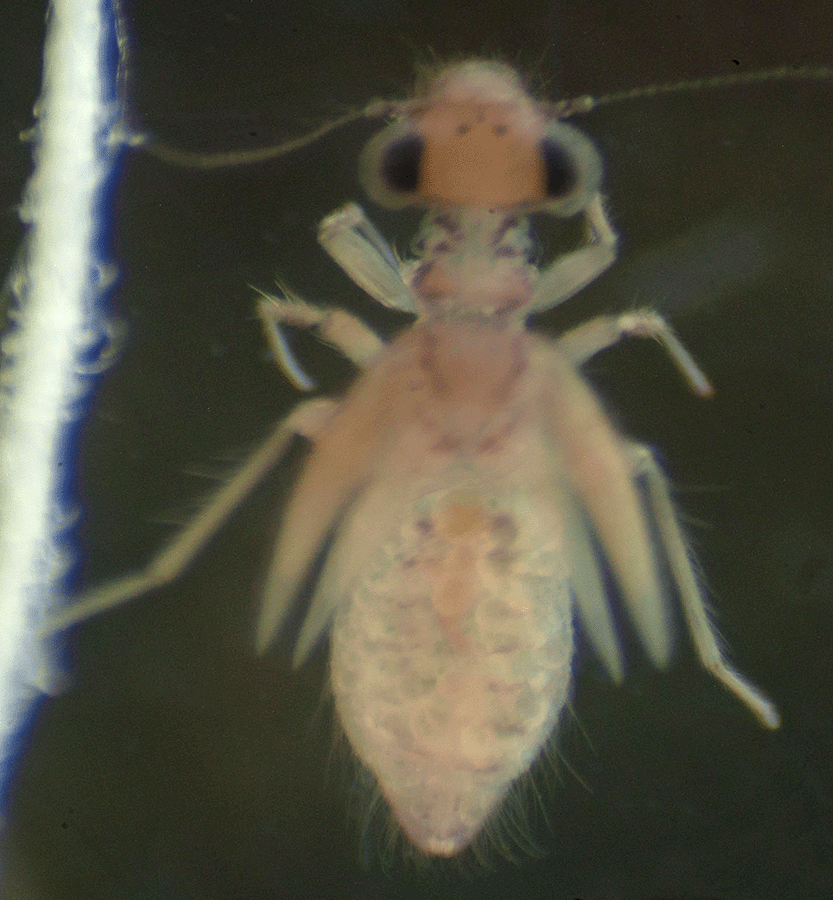
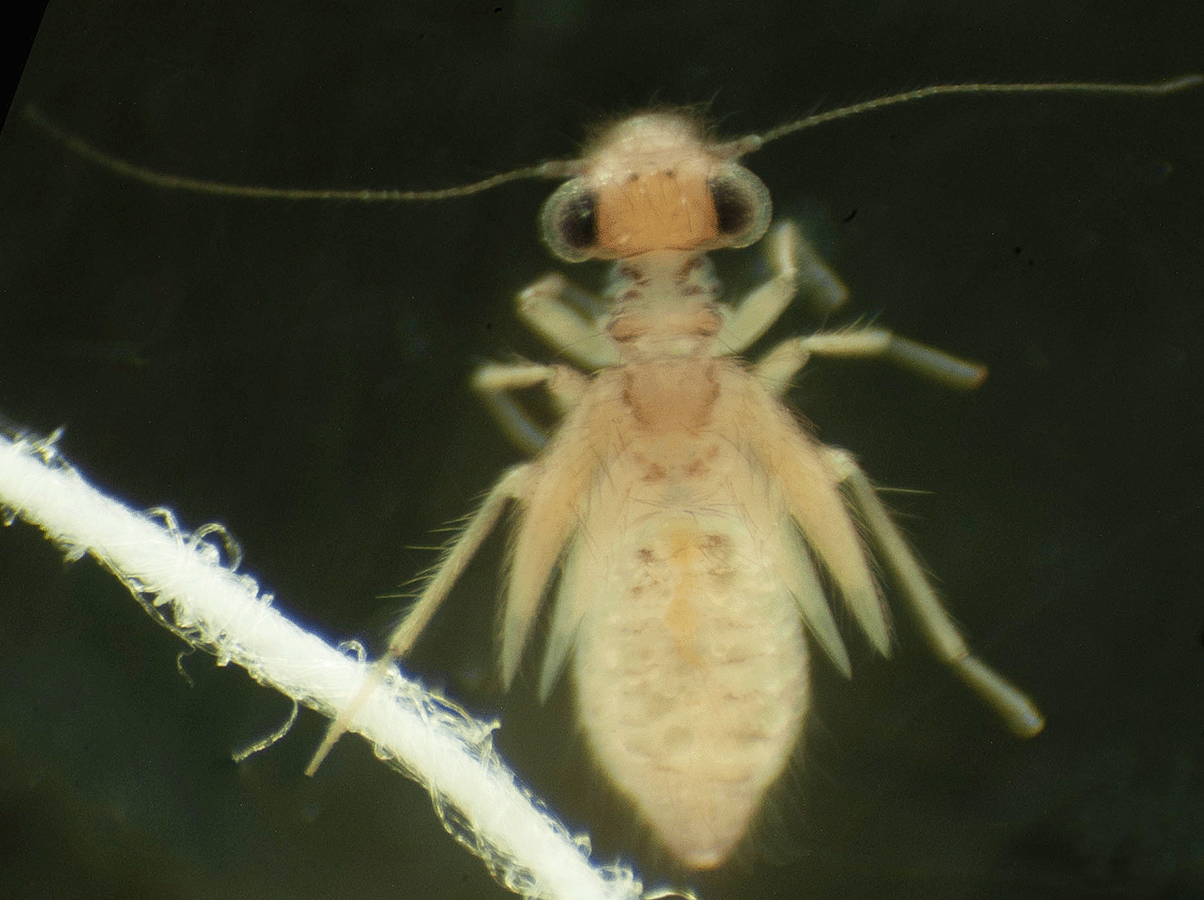
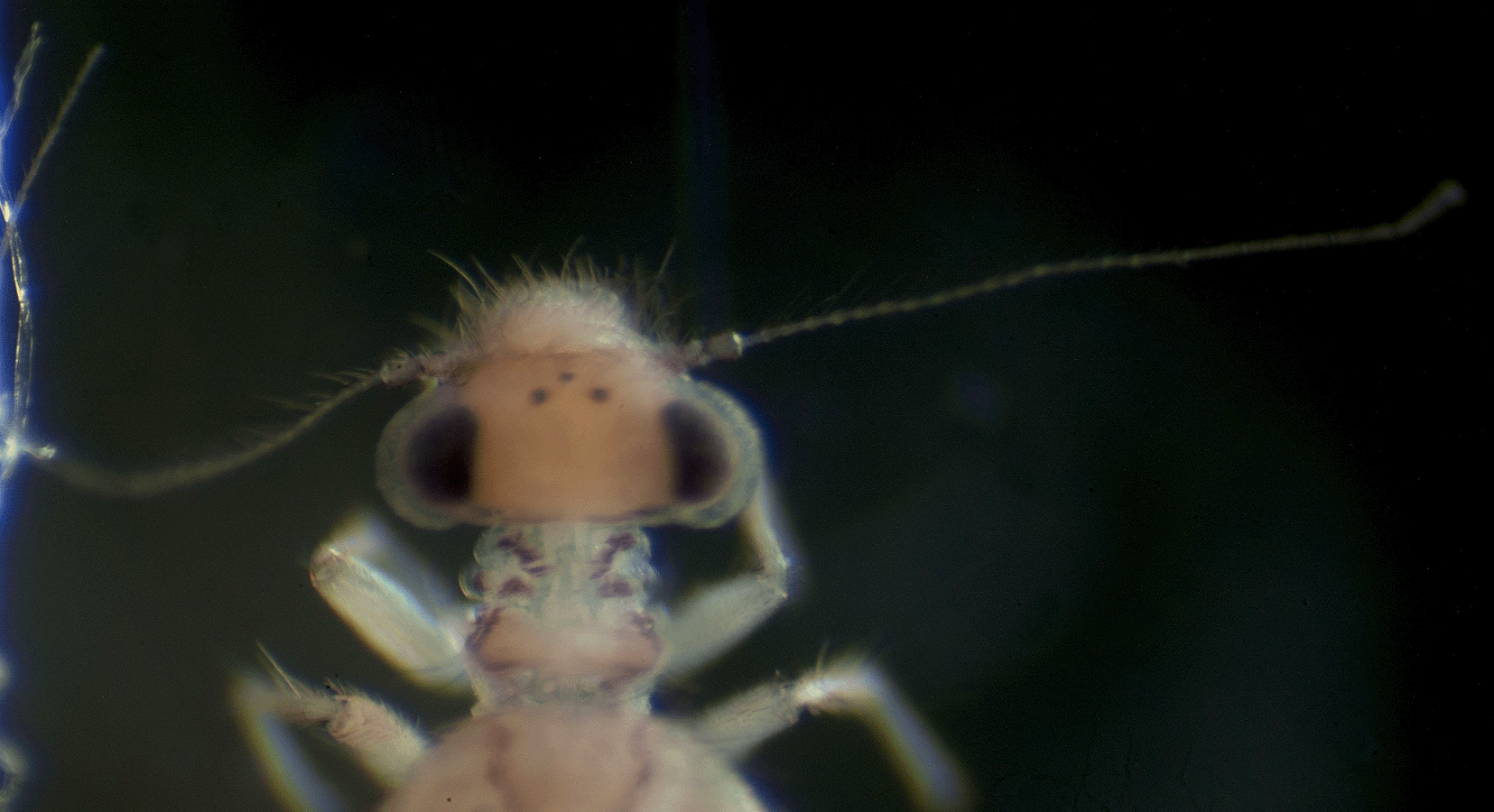
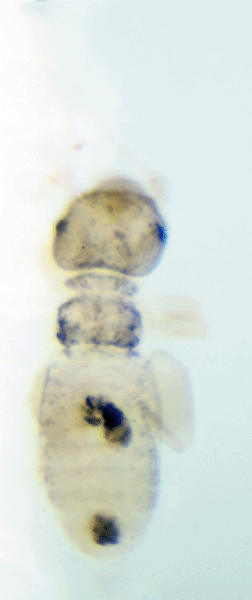
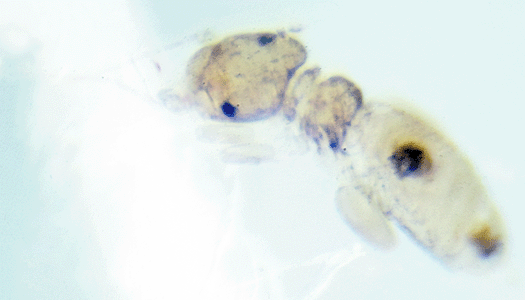

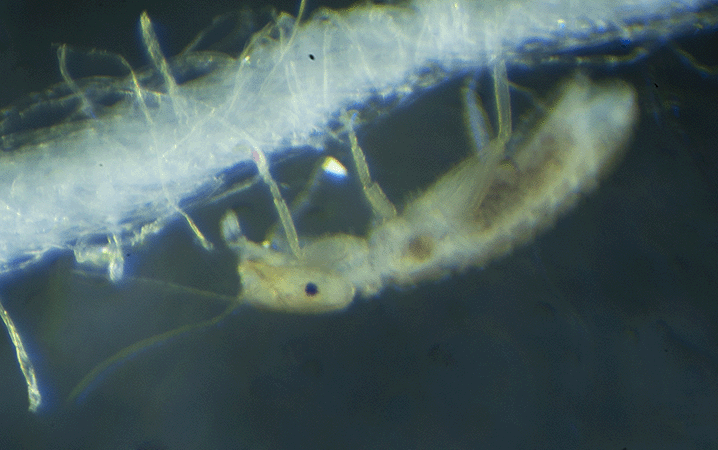
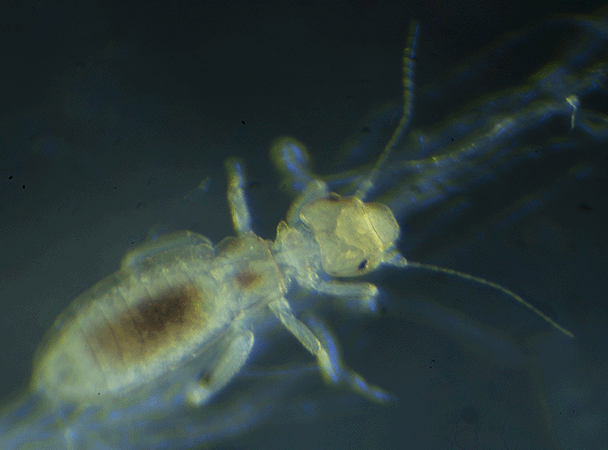
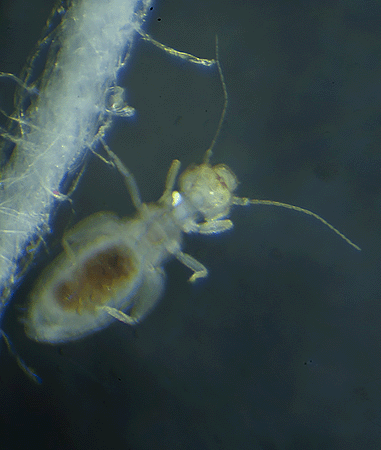
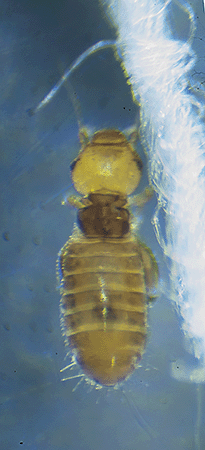
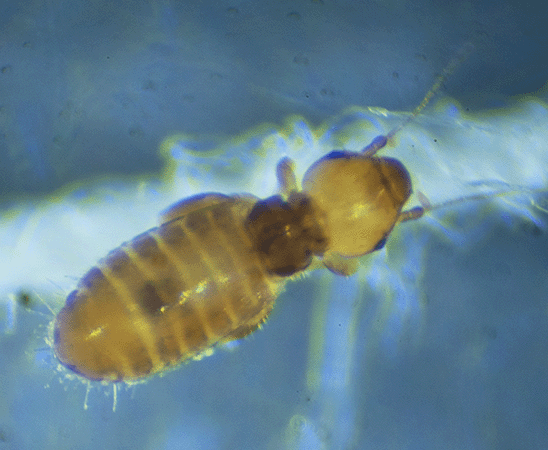
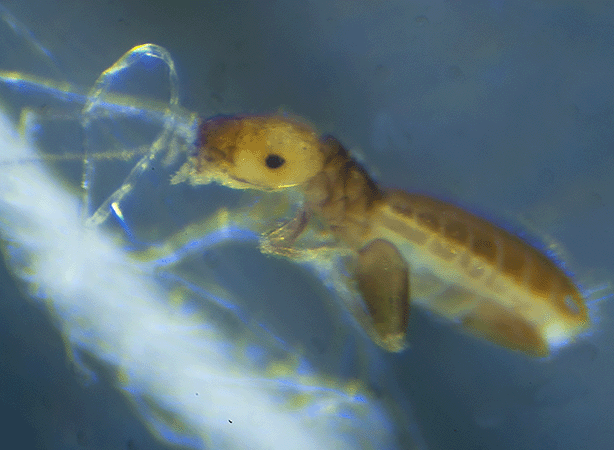
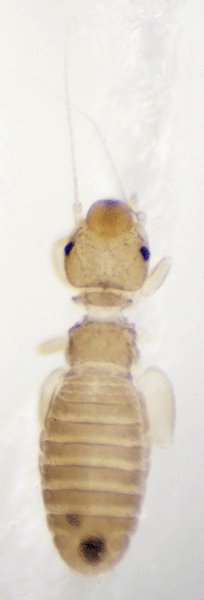

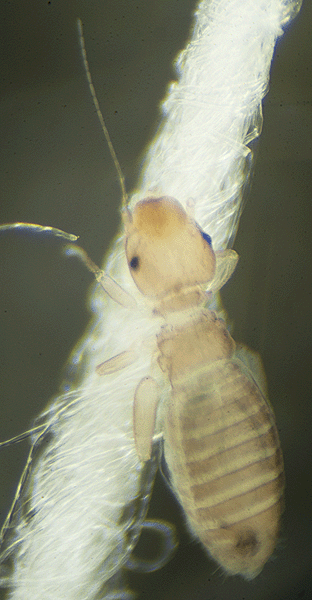 On January 13, 2017, as Conservancy of SW Florida science volunteers were removing vines near 14th Ave N in the southeast corner of the Smith Preserve, they discovered nesting material made of palmetto fibers intertwined in the vines.
On January 13, 2017, as Conservancy of SW Florida science volunteers were removing vines near 14th Ave N in the southeast corner of the Smith Preserve, they discovered nesting material made of palmetto fibers intertwined in the vines. 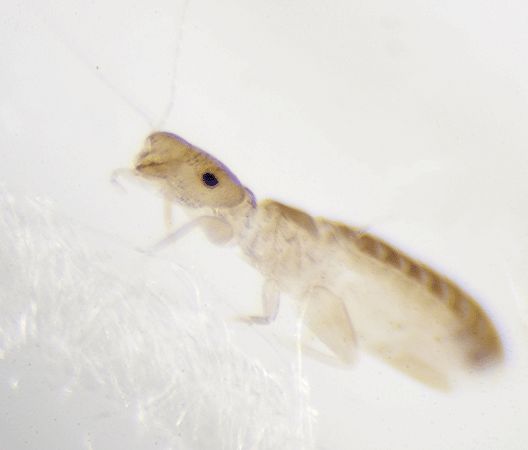 According to <BugGuide.net>, Liposcelis is the largest genus in Family Liposcelididae. There are 24 species in North America and 120 species worldwide.
According to <BugGuide.net>, Liposcelis is the largest genus in Family Liposcelididae. There are 24 species in North America and 120 species worldwide.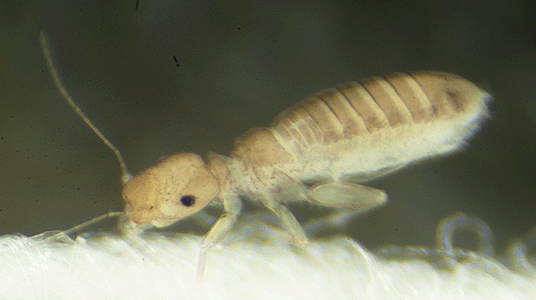
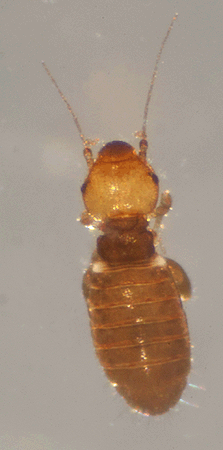
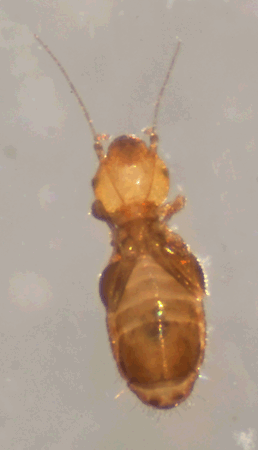 This 1 mm long louse was found in leaf litter in an oak hammock in the northeast corner of the Smith Preserve on December 17, 2014. It was isolated from the leaf litter with a Berlese funnel. These photographs were created using photomicrosopy. The insect was hard-bodied and resembled a shiny seed. Photo 1 is a dorsal view; photo 2 is a ventral view.
This 1 mm long louse was found in leaf litter in an oak hammock in the northeast corner of the Smith Preserve on December 17, 2014. It was isolated from the leaf litter with a Berlese funnel. These photographs were created using photomicrosopy. The insect was hard-bodied and resembled a shiny seed. Photo 1 is a dorsal view; photo 2 is a ventral view.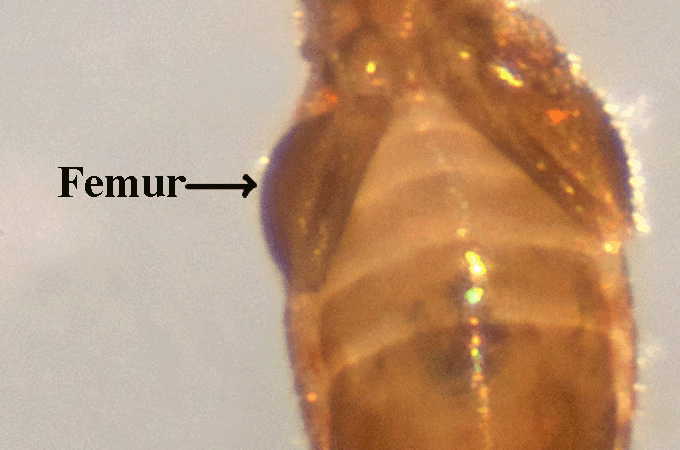 As can be seen in the enlarged ventral view at left, the hind femur is wide and flat.
As can be seen in the enlarged ventral view at left, the hind femur is wide and flat. 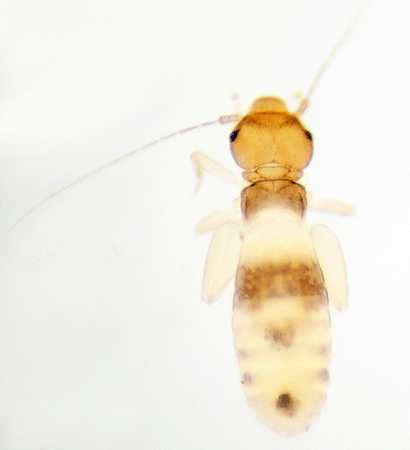 On March 22, 2016, this barklouse was living in leaf litter beneath a
On March 22, 2016, this barklouse was living in leaf litter beneath a 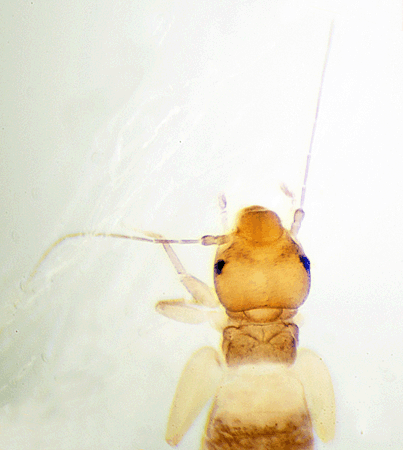
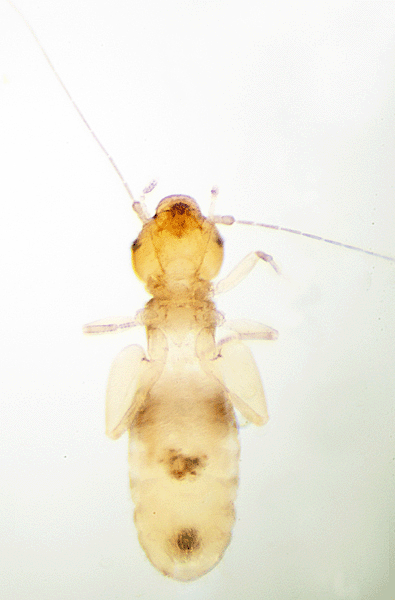
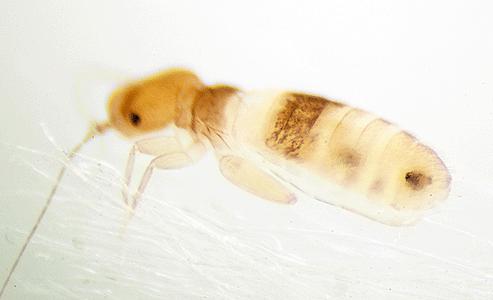
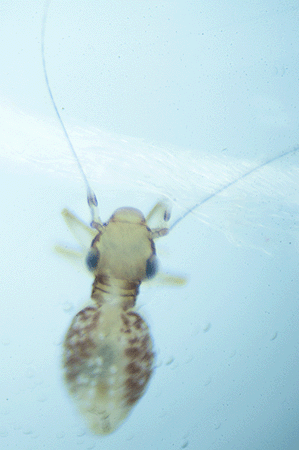
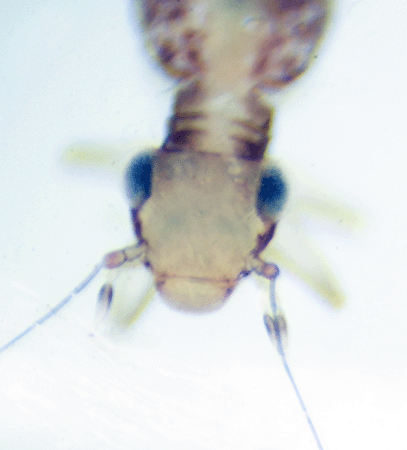
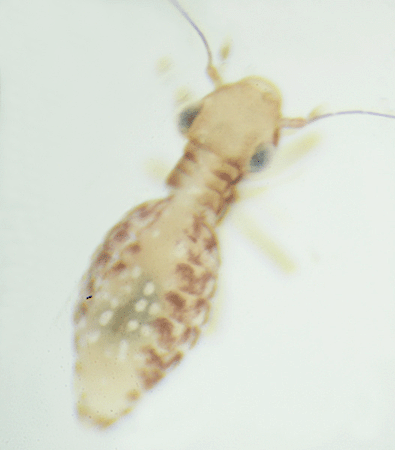 On January 13, 2017, as the Conservancy science volunteer team was removing exotics along the southern tortoise fence adjacent to 14th Ave N, a mass of nesting material was retrieved from vines. The nesting material consisted of
On January 13, 2017, as the Conservancy science volunteer team was removing exotics along the southern tortoise fence adjacent to 14th Ave N, a mass of nesting material was retrieved from vines. The nesting material consisted of 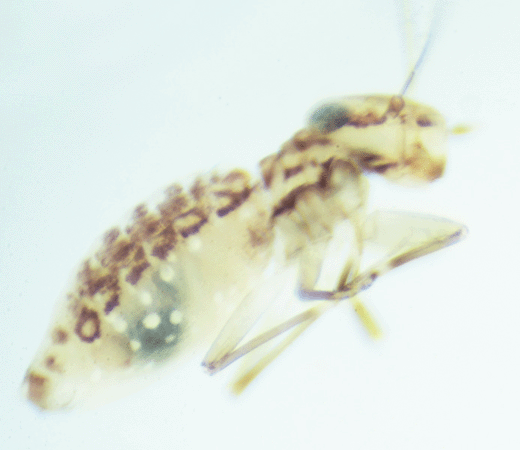
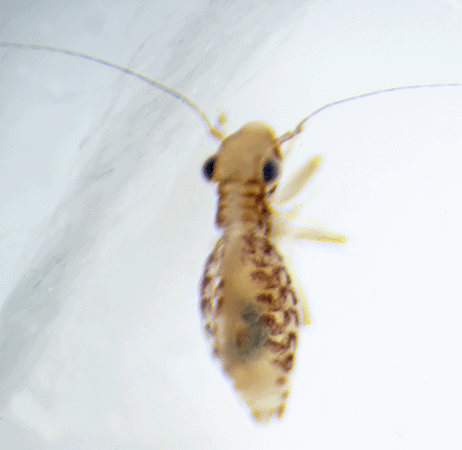
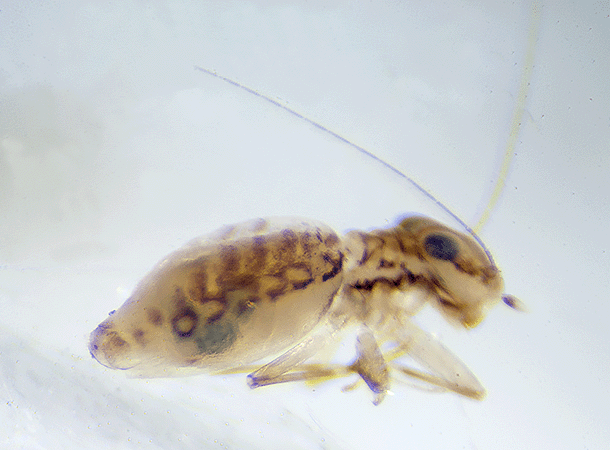
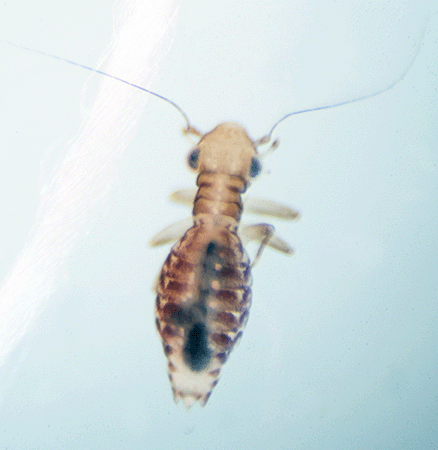
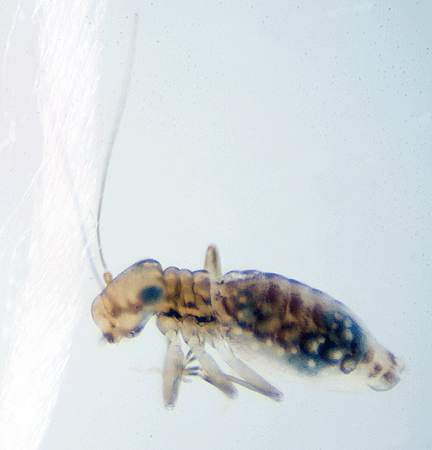 It was suspected by the webmaster that this one and the two above were the same species. But that is not the case.
It was suspected by the webmaster that this one and the two above were the same species. But that is not the case.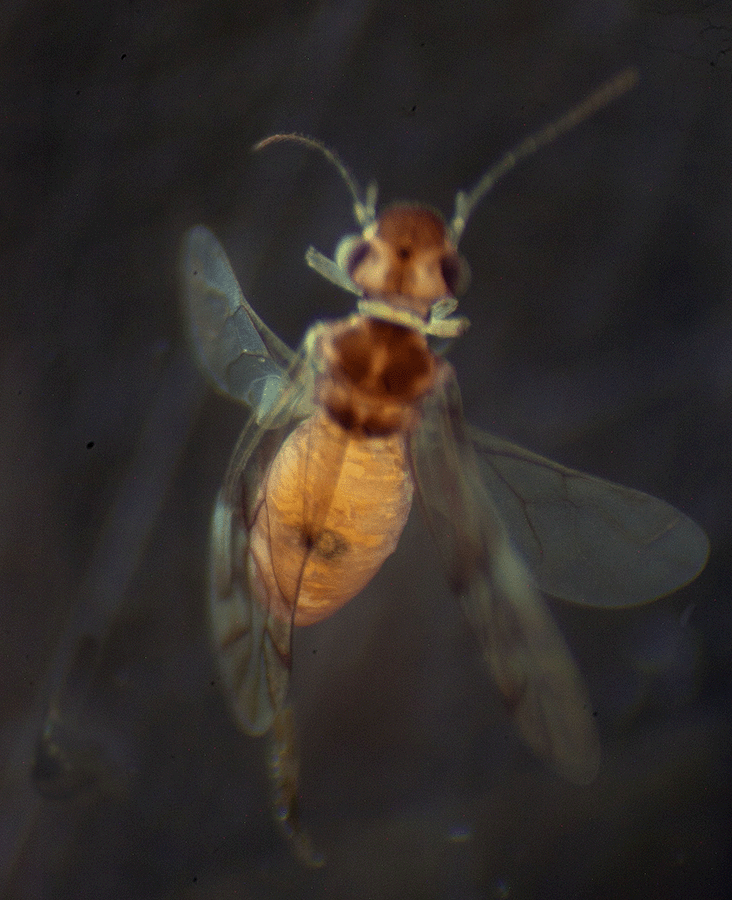
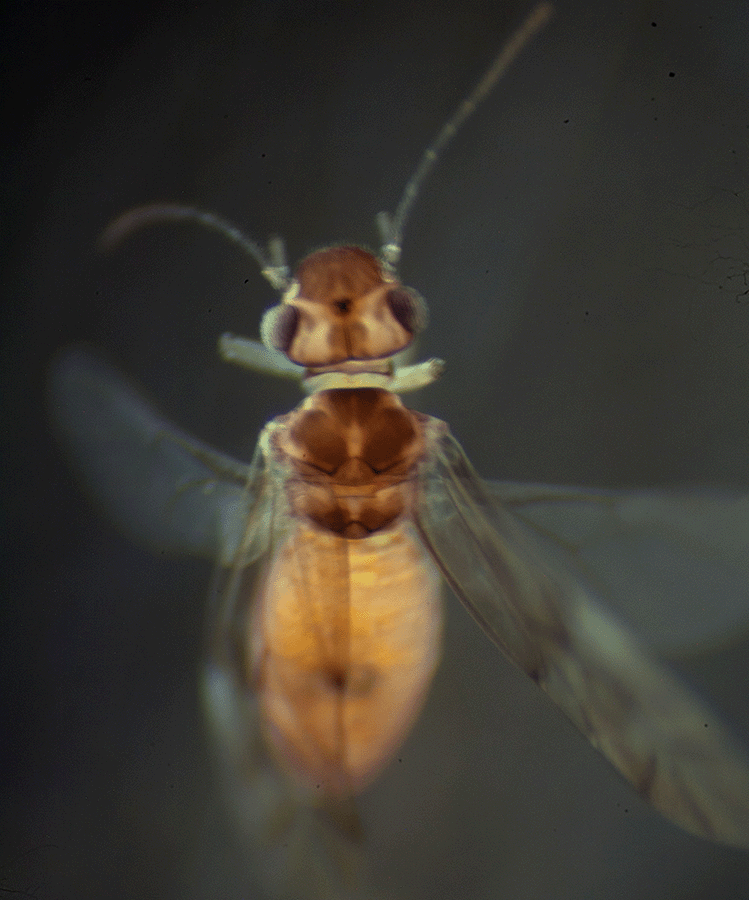
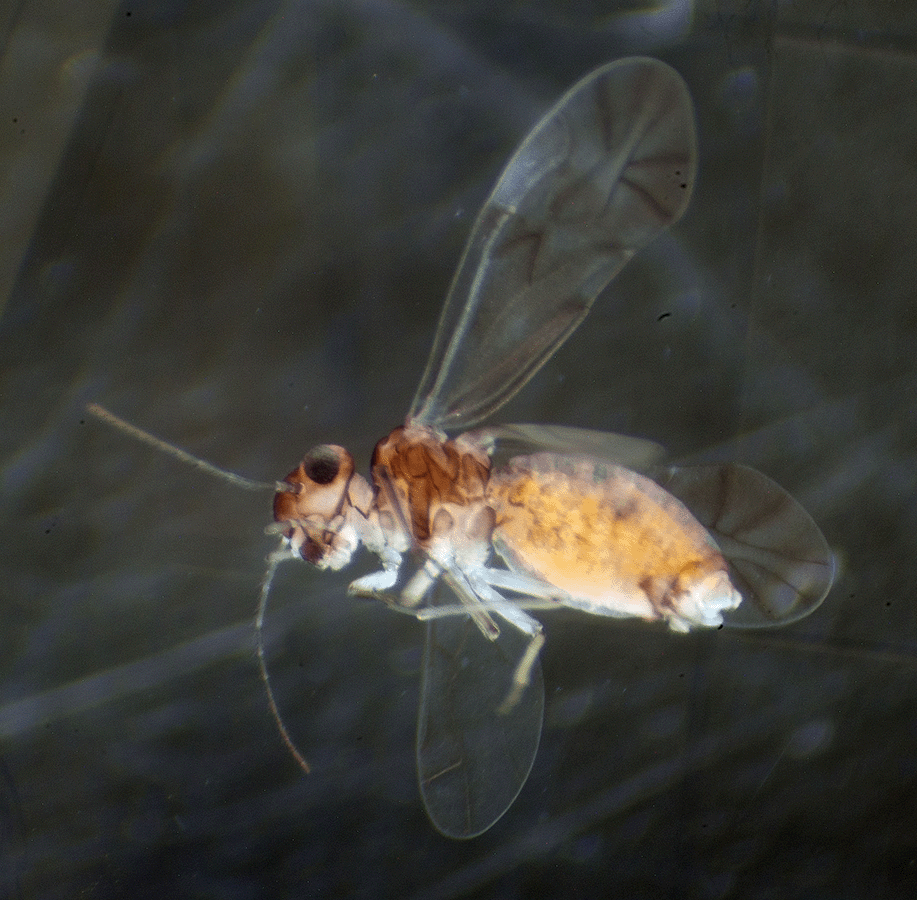
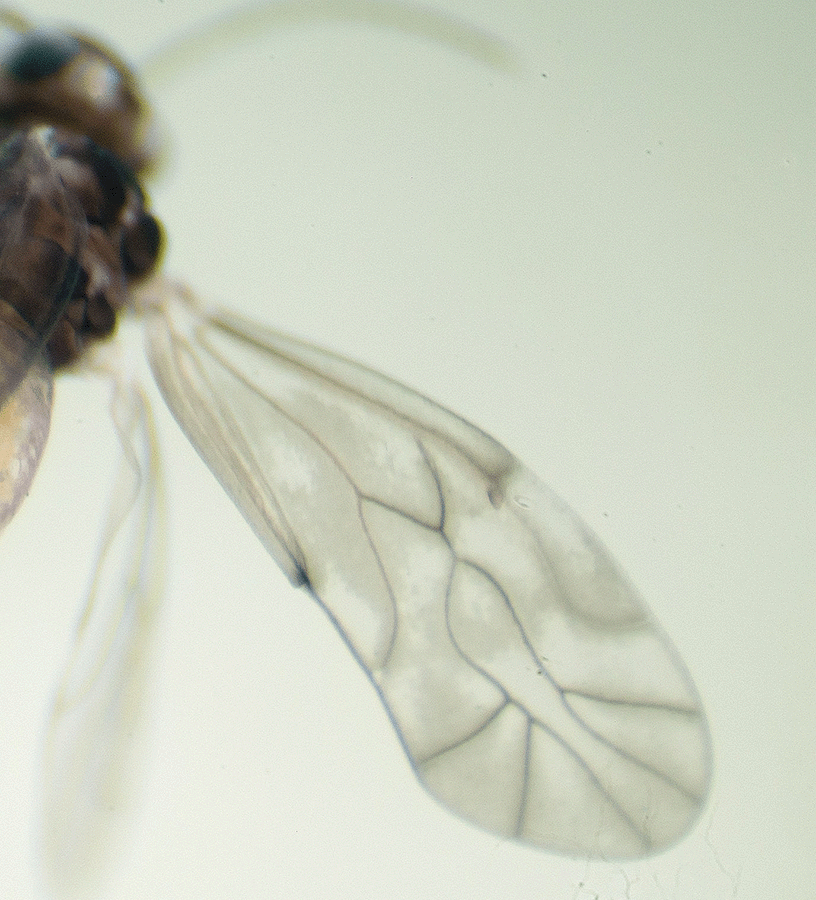 On February 20, 2024, the species was identified by Diane Young, a Contributing Editor of <Bugguide.net>. She stated, "Very interesting! Could you take another image with a light background for a better look at the forewing? This might be a species that has not been posted on BugGuide !"
On February 20, 2024, the species was identified by Diane Young, a Contributing Editor of <Bugguide.net>. She stated, "Very interesting! Could you take another image with a light background for a better look at the forewing? This might be a species that has not been posted on BugGuide !"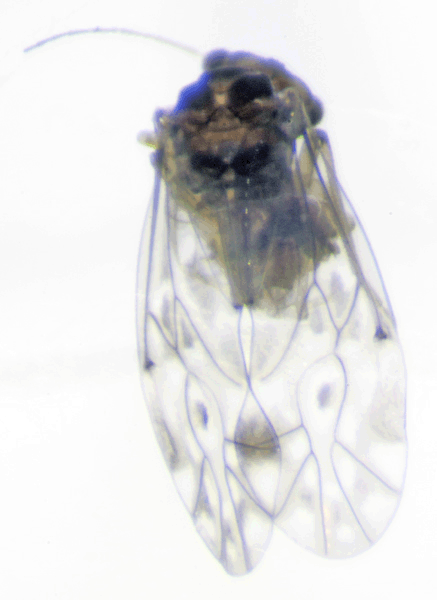
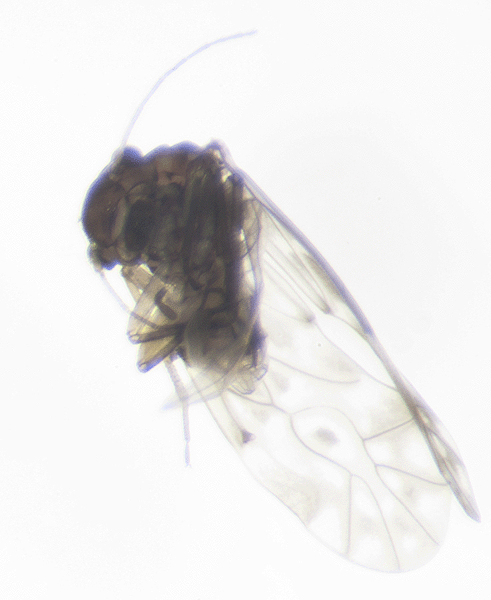
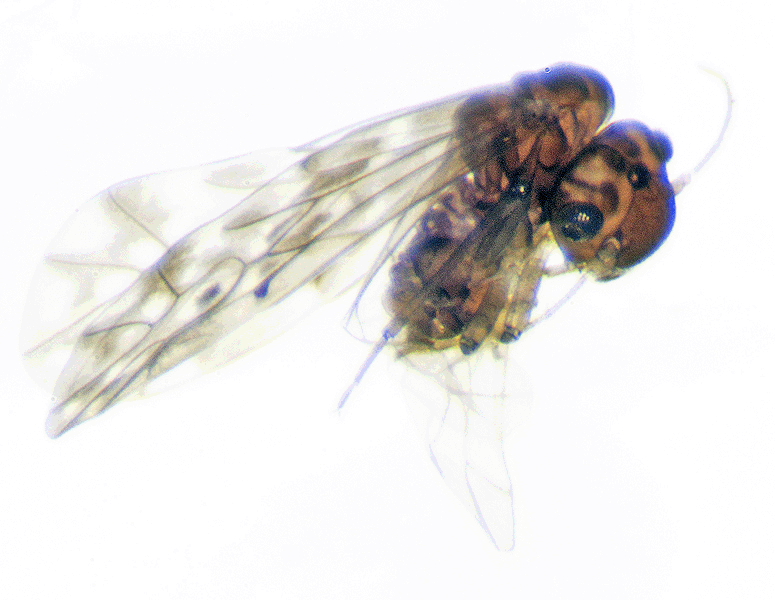 On January 26, 2016, this 1 mm (2 mm with wings) long barklouse was captured with a sweep net used in
On January 26, 2016, this 1 mm (2 mm with wings) long barklouse was captured with a sweep net used in 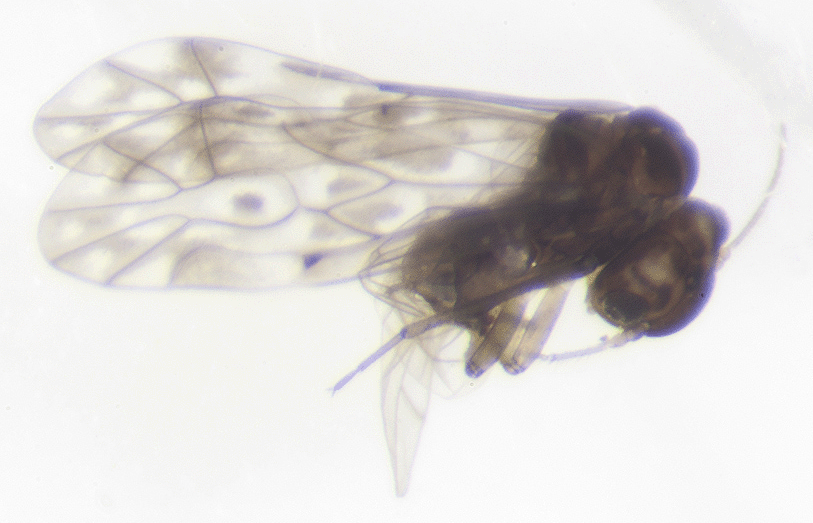
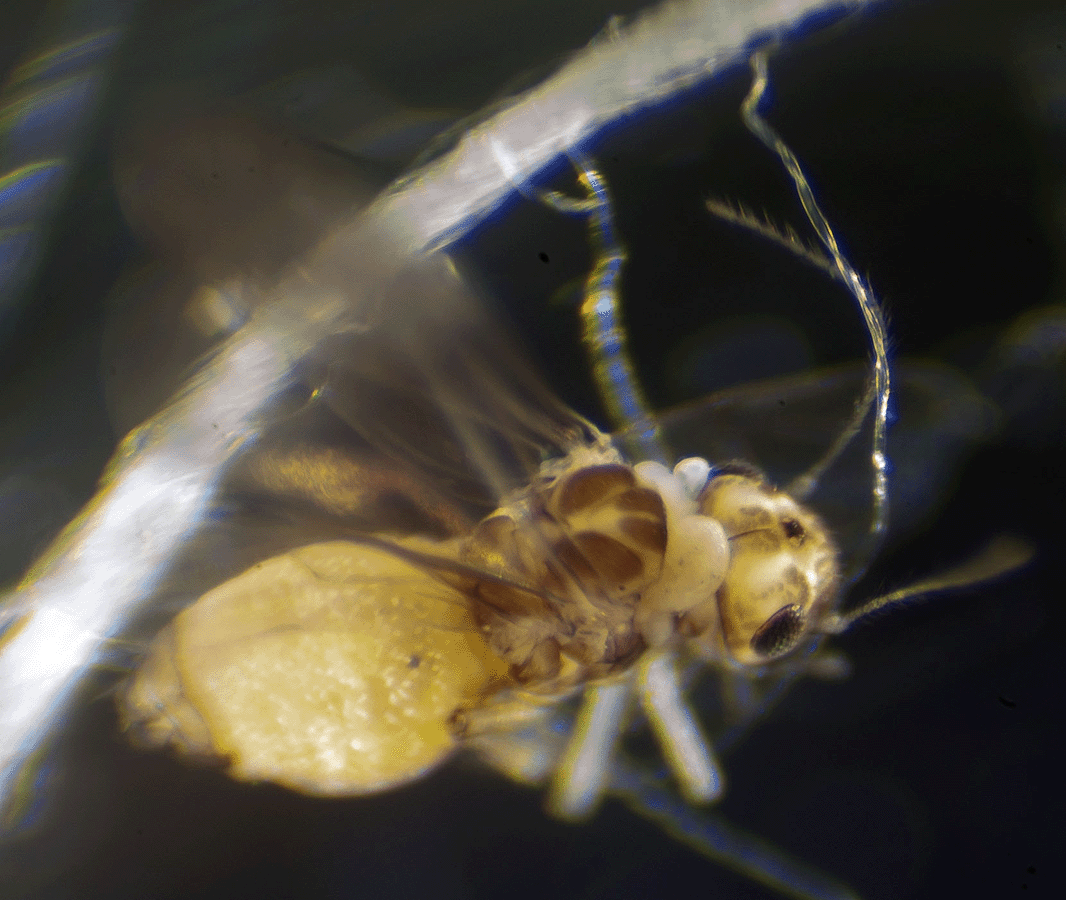
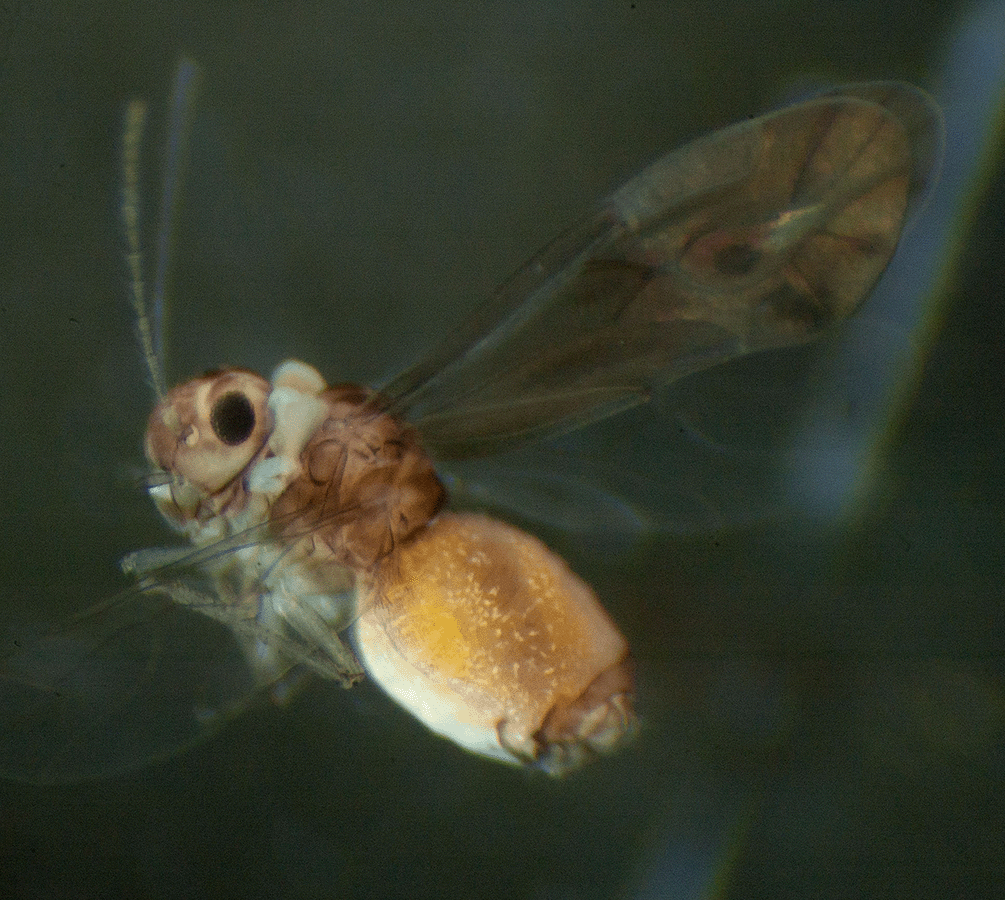
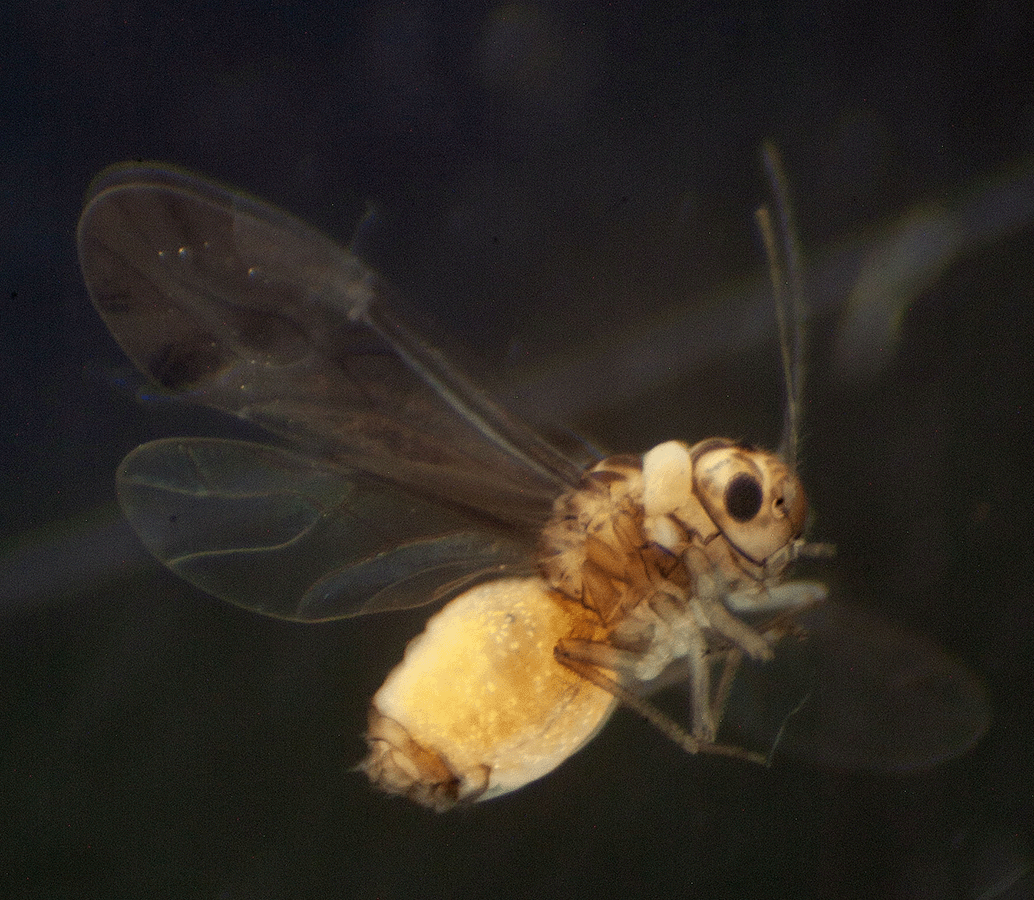
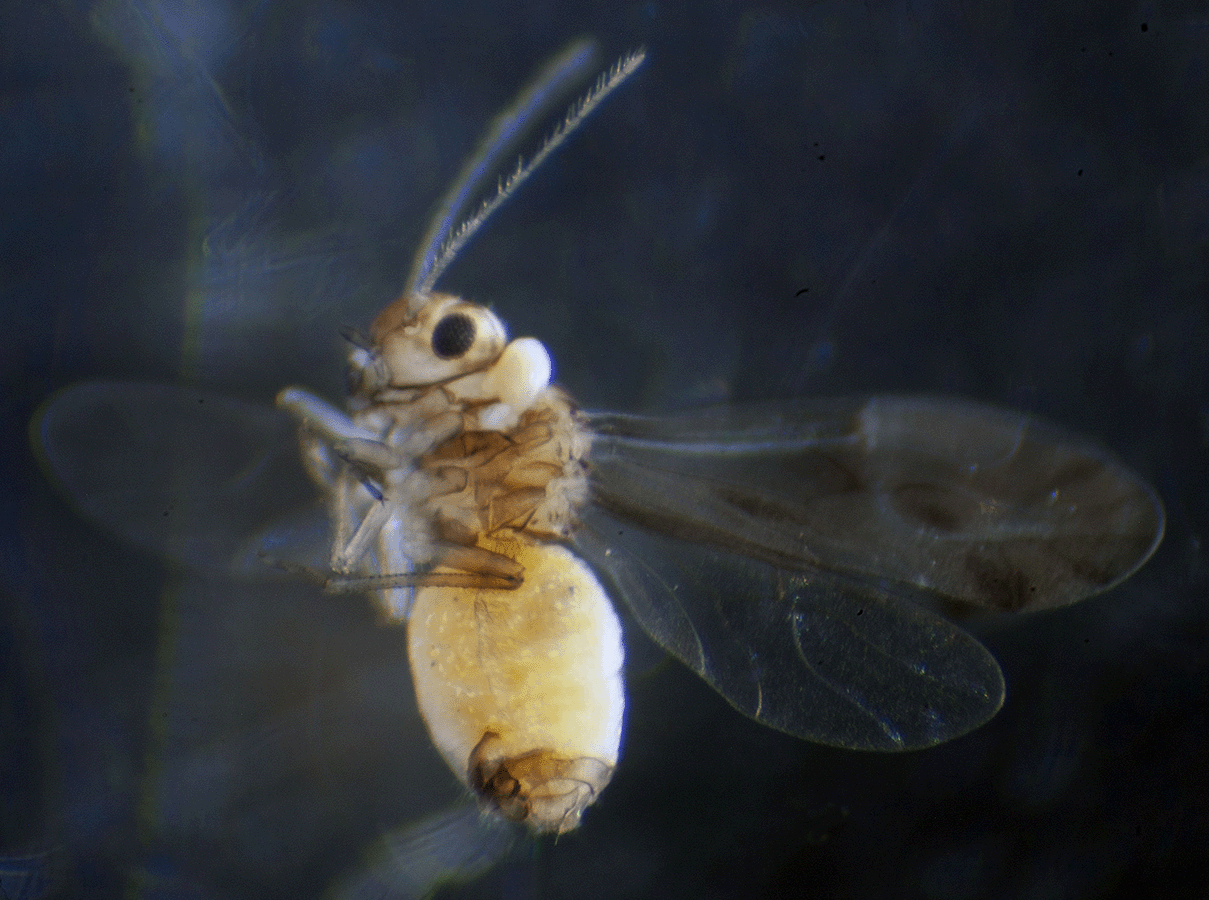
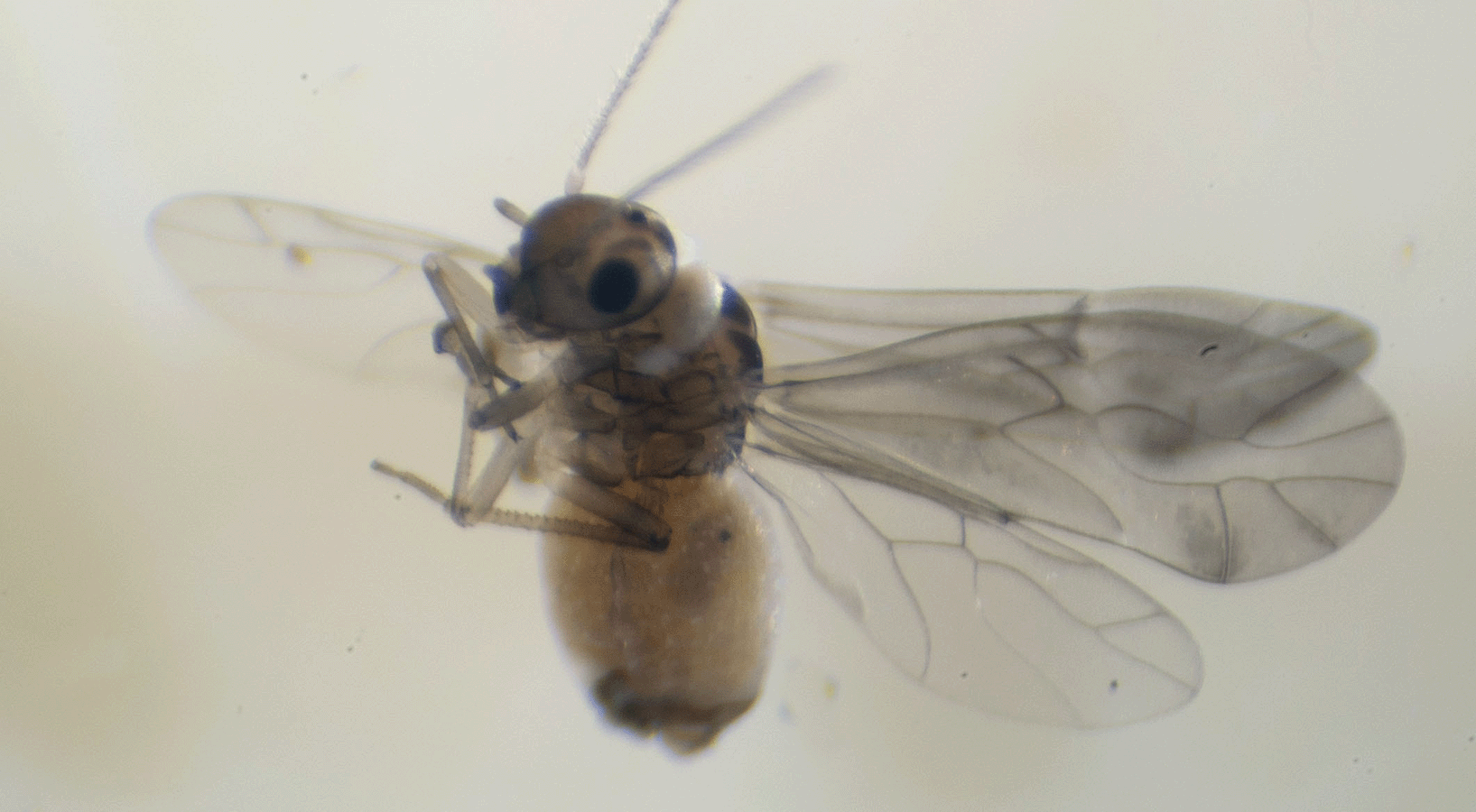
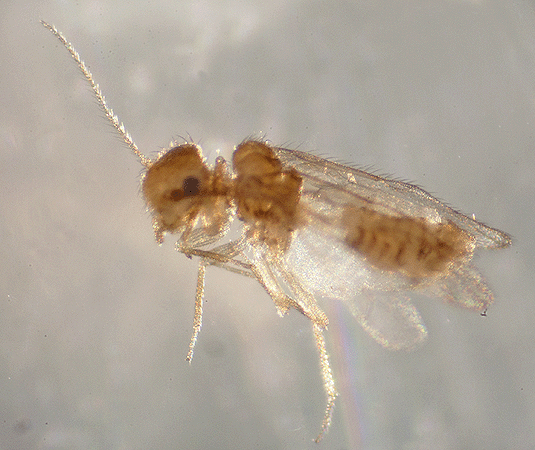
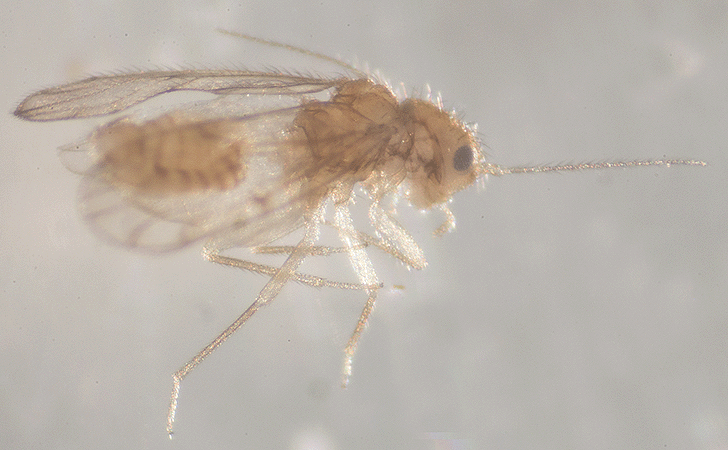 On December 19, 2014, this 1.5 mm long barklouse was living in leaf litter beneath a
On December 19, 2014, this 1.5 mm long barklouse was living in leaf litter beneath a 
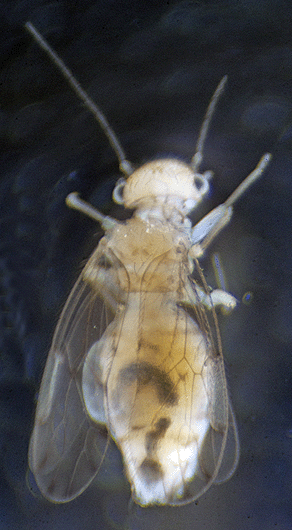

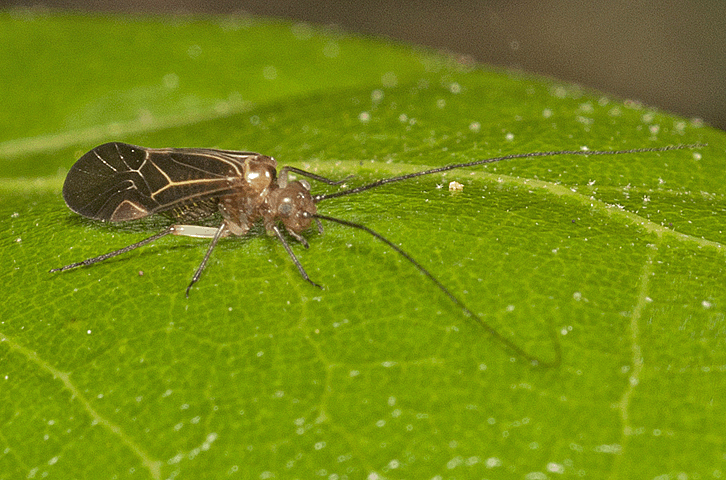
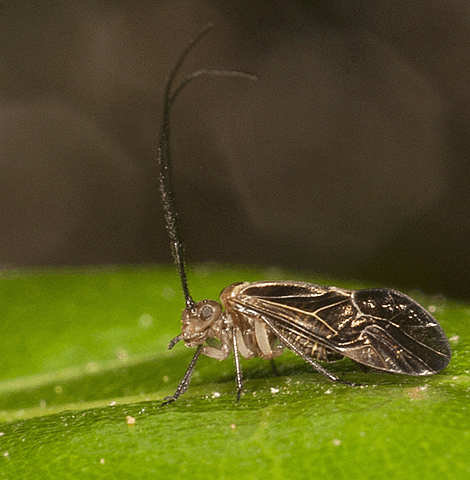
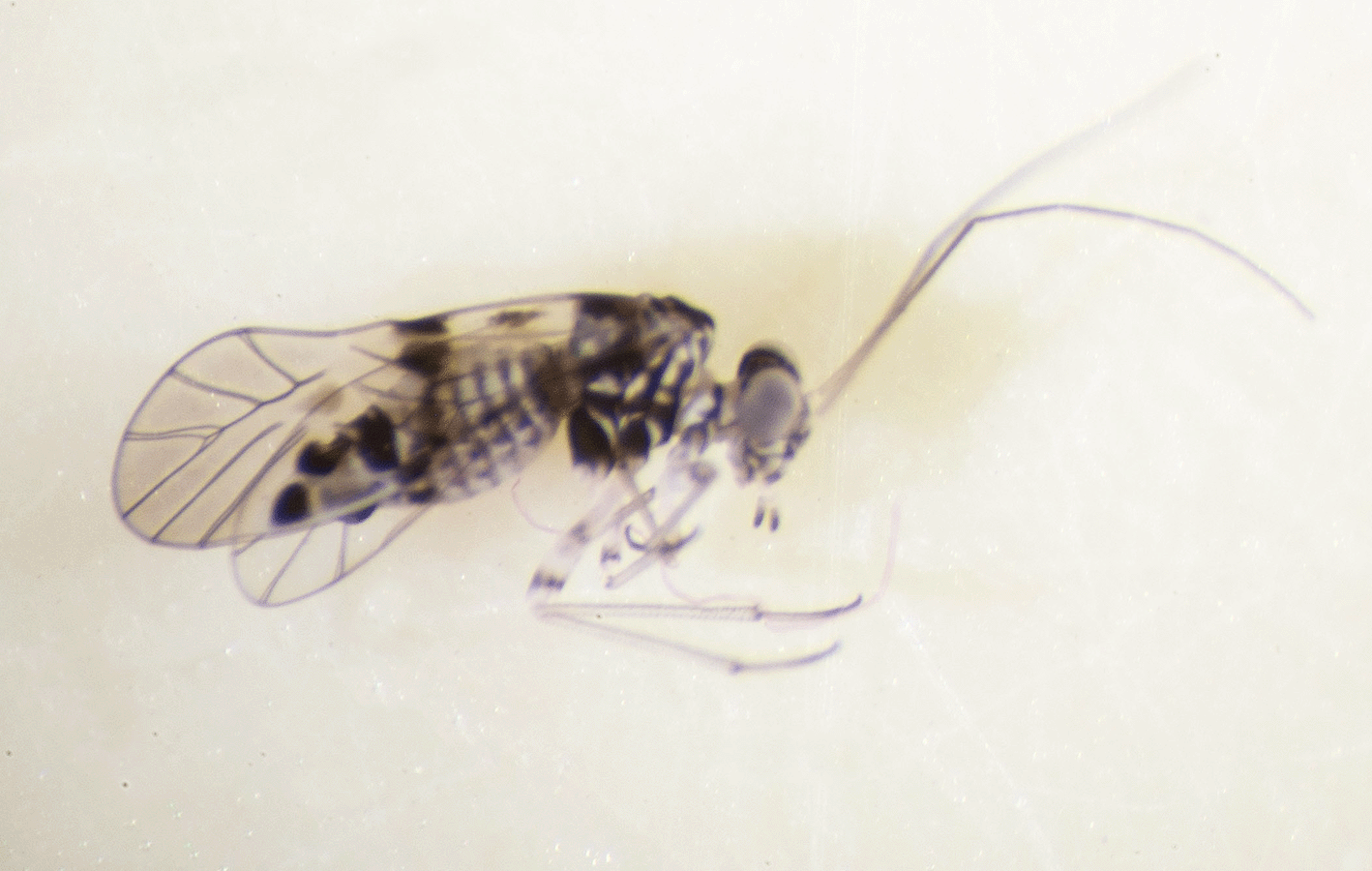
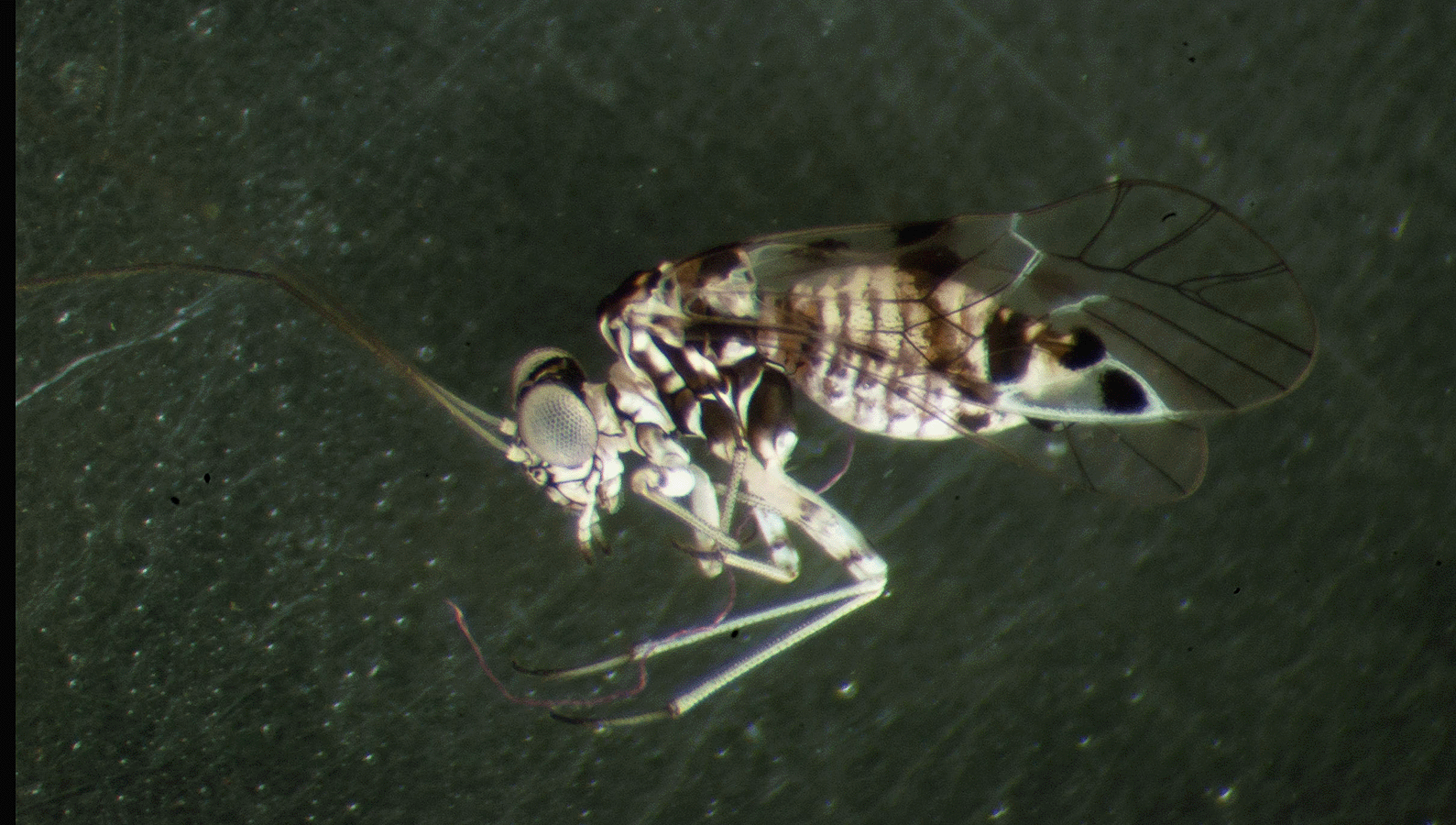
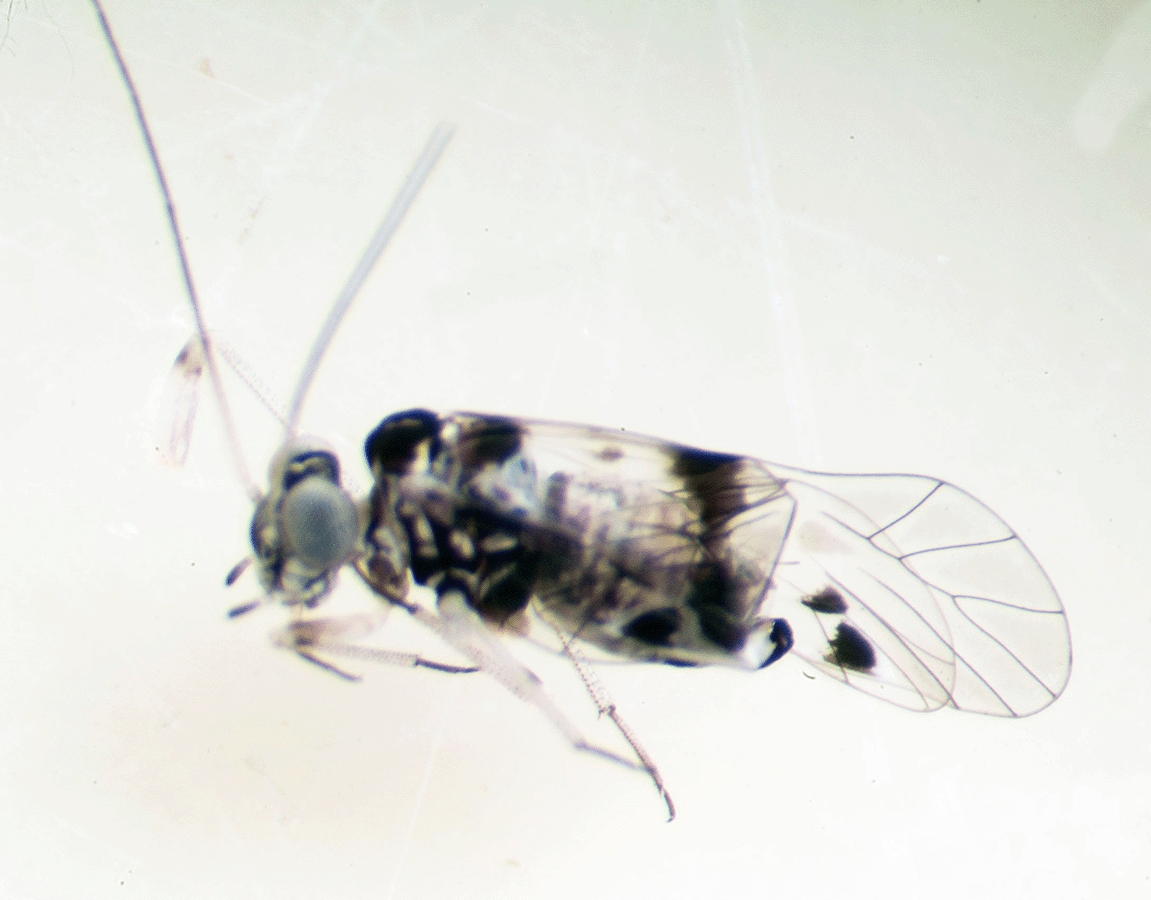
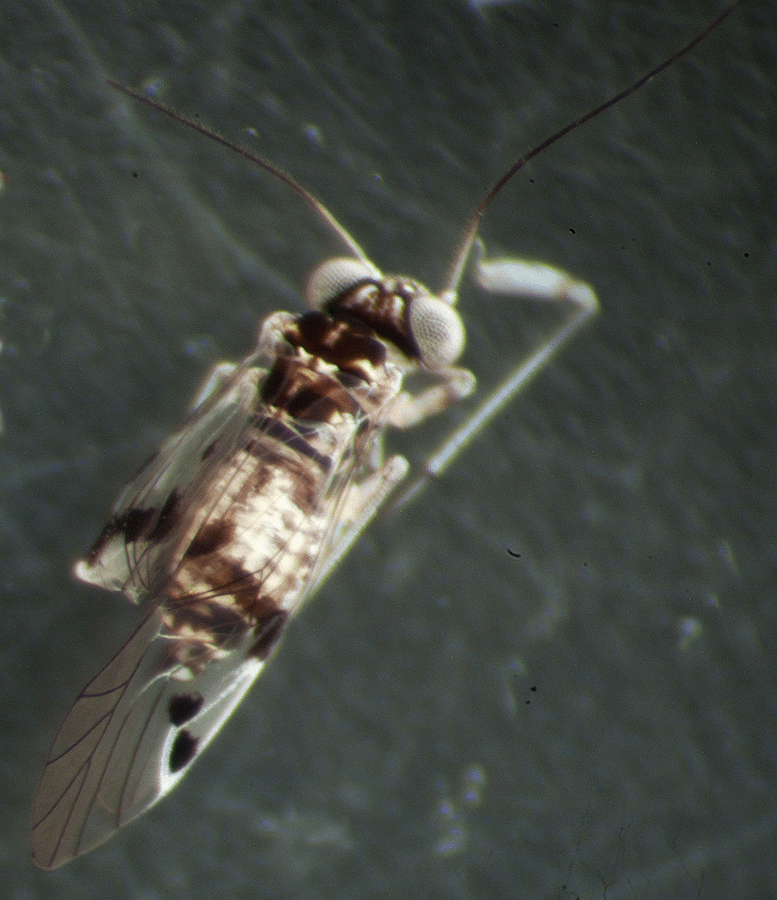
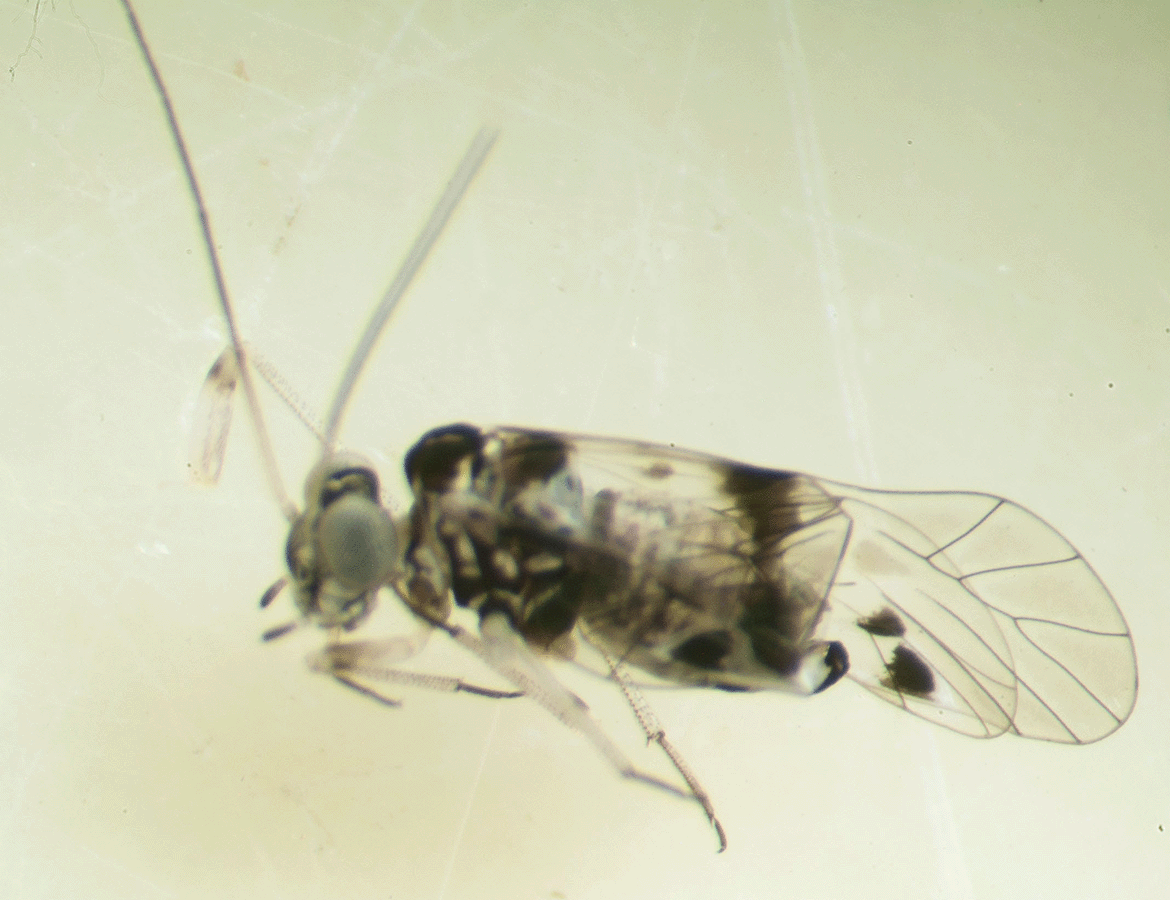
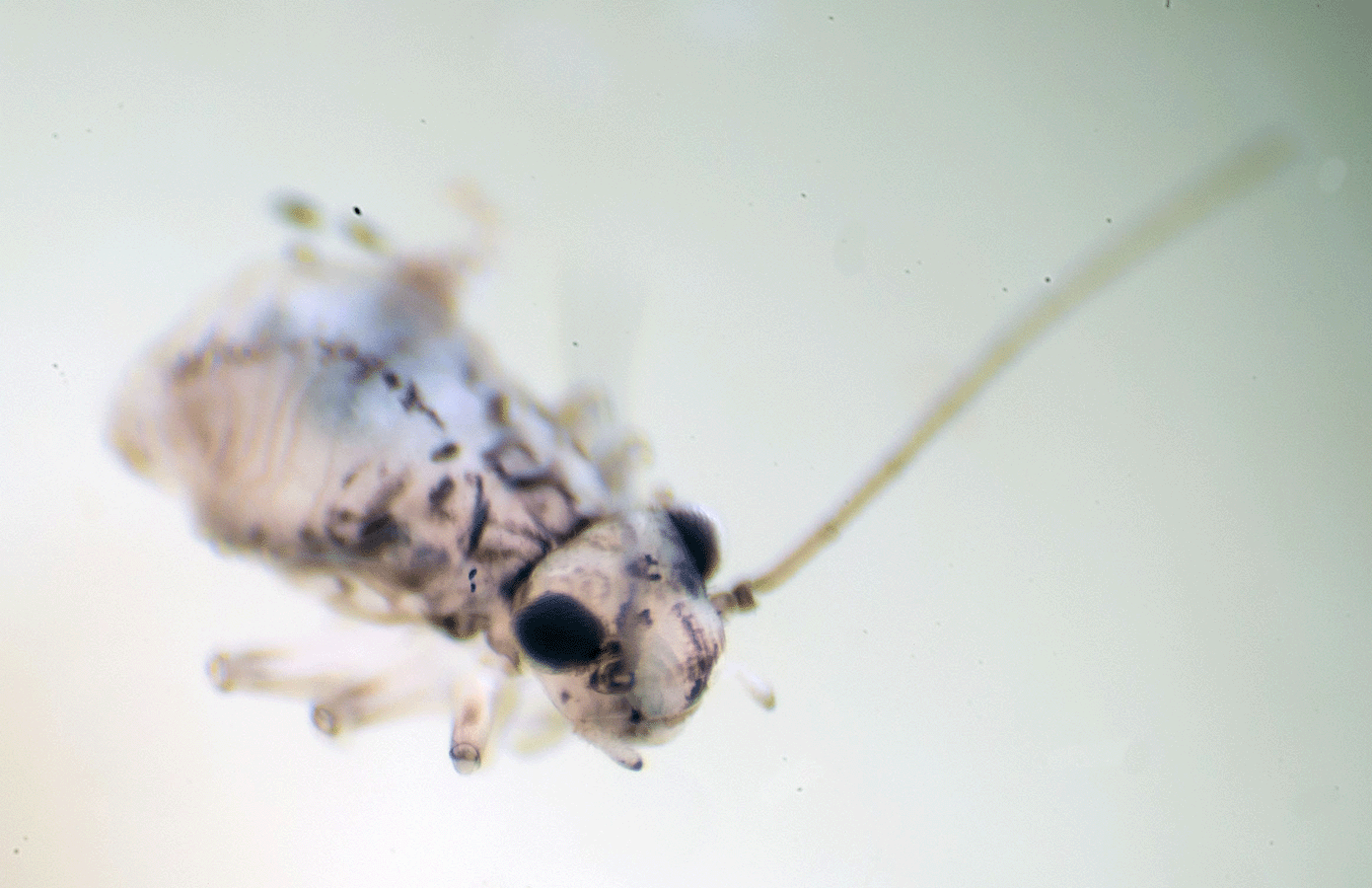

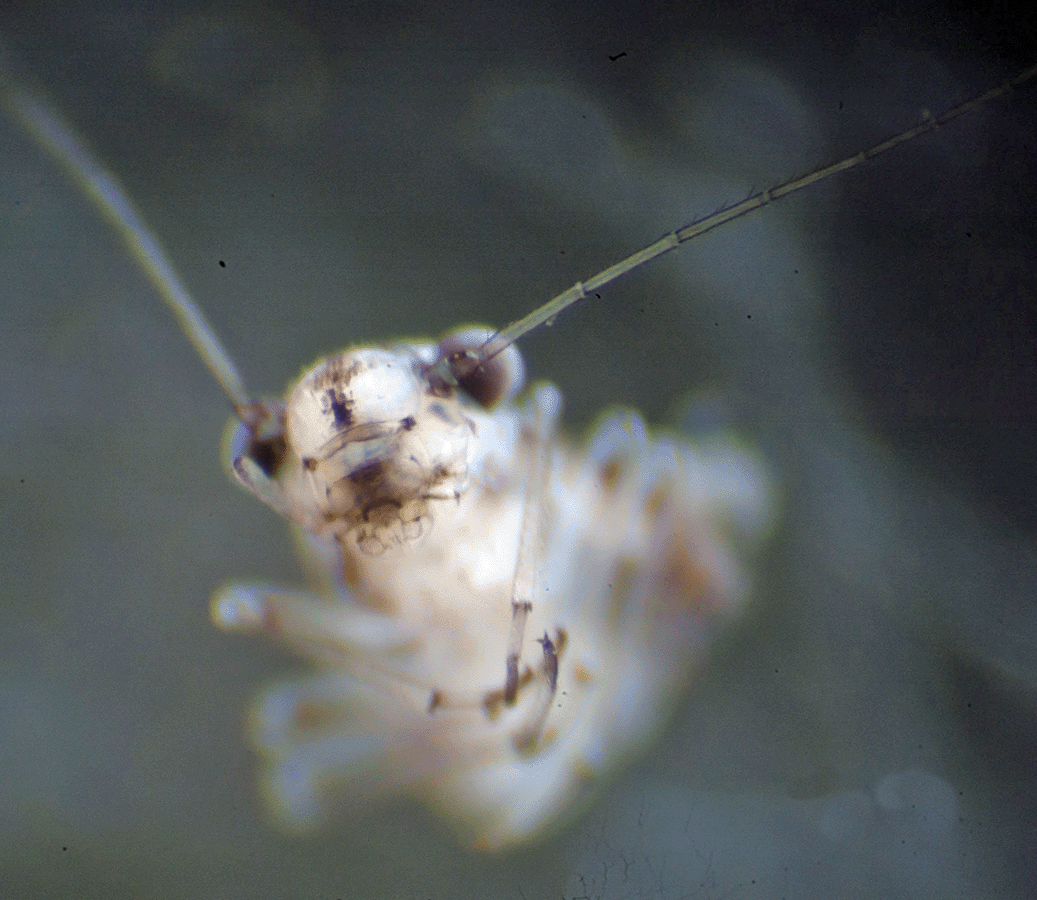
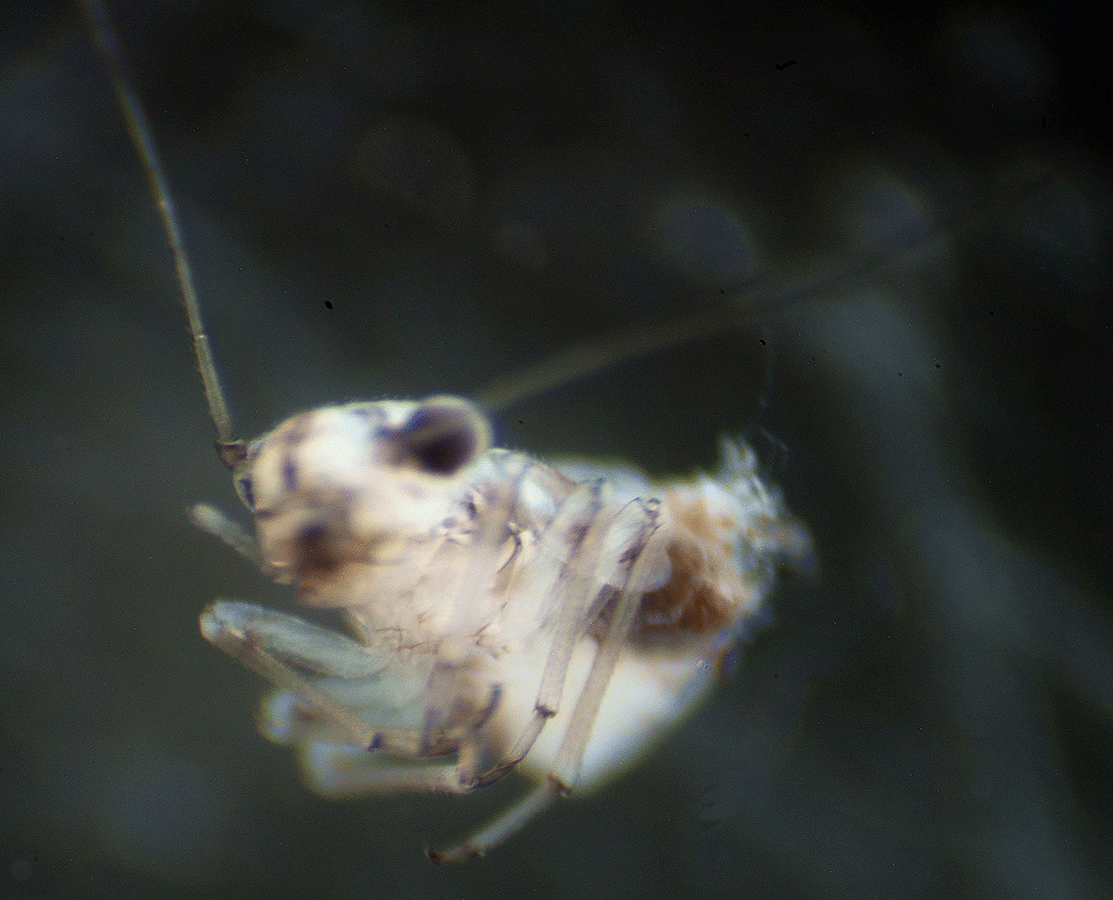
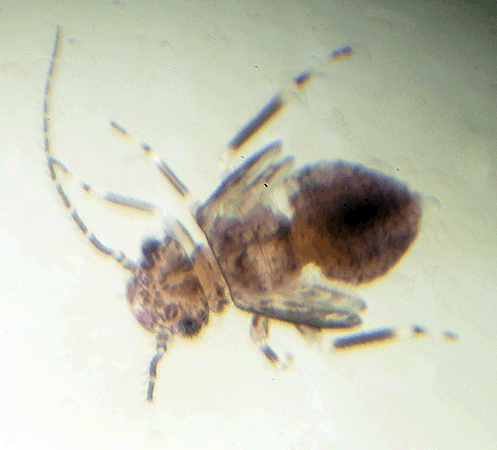
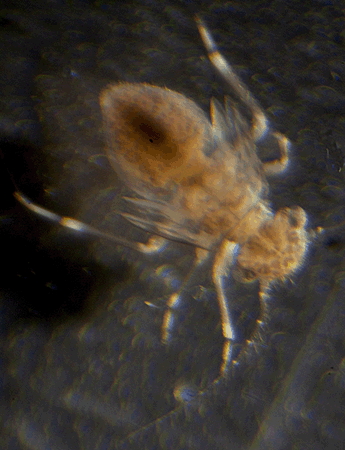
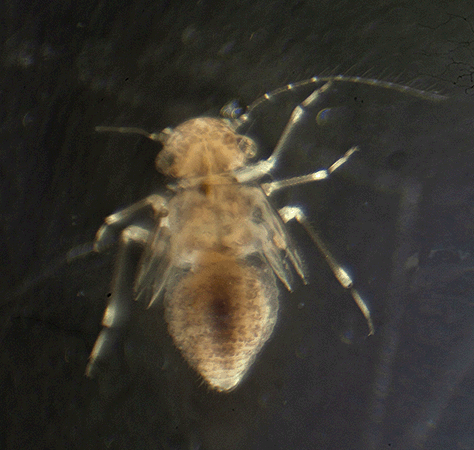
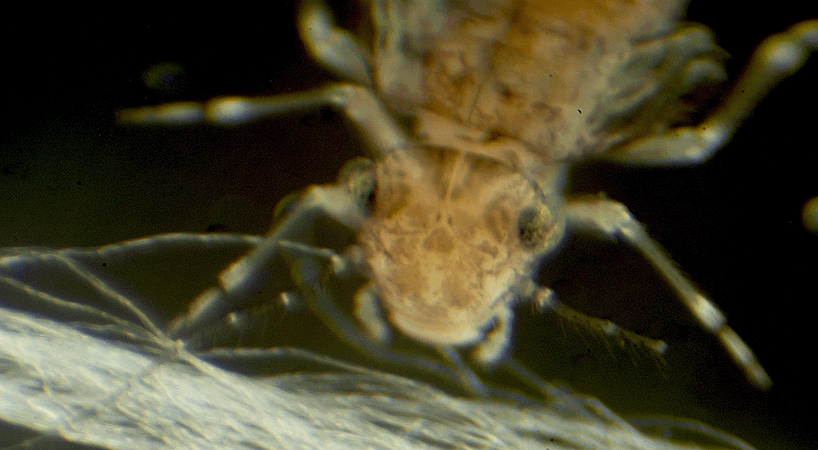
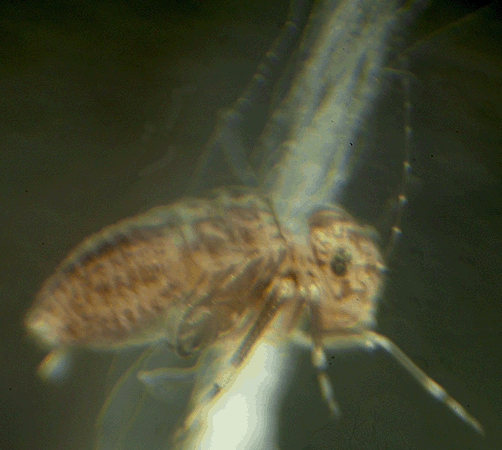
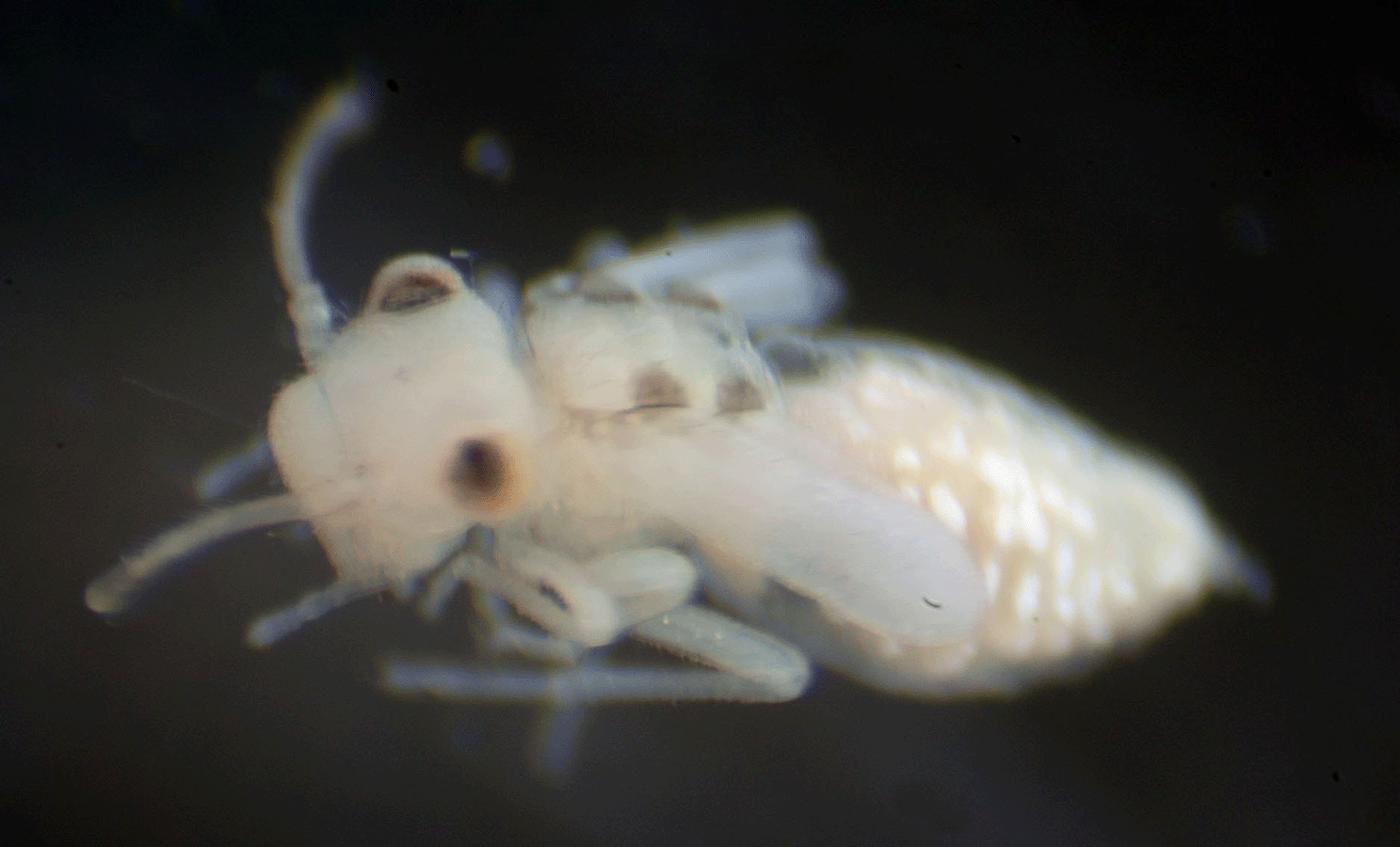
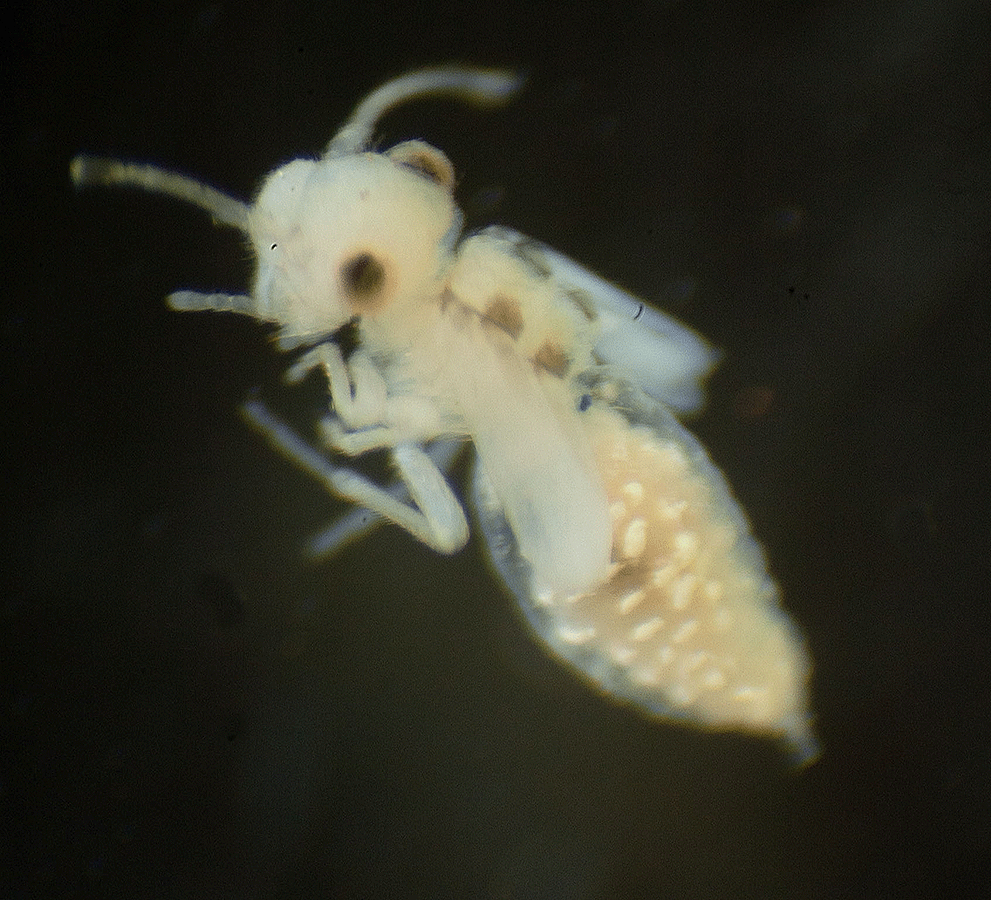
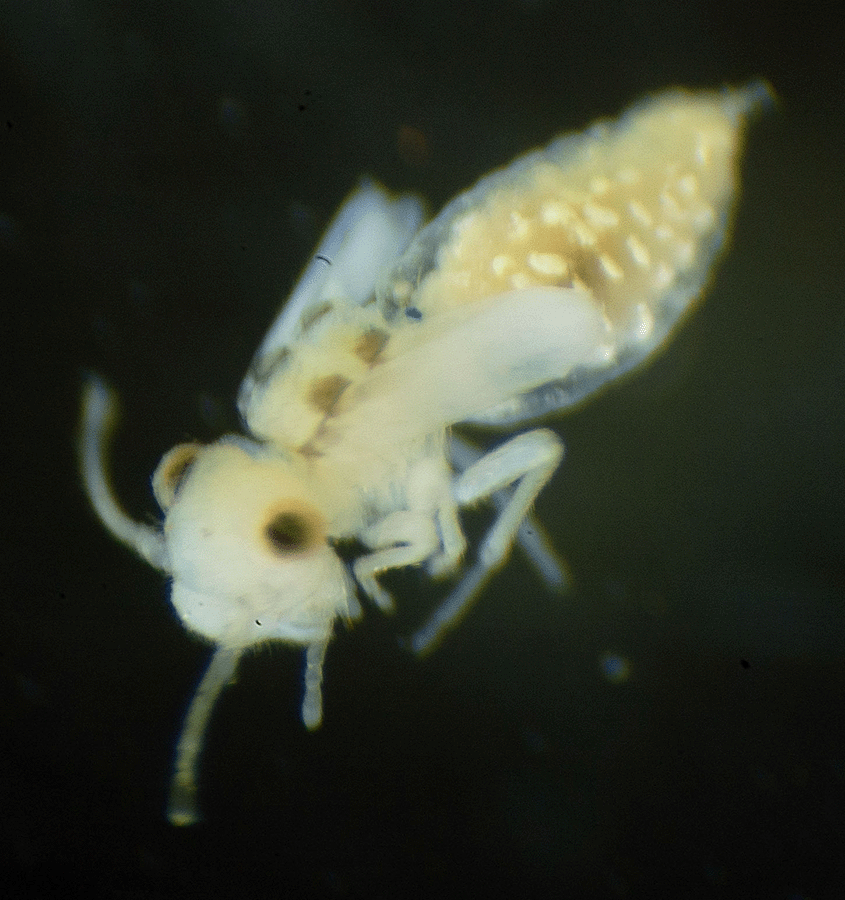
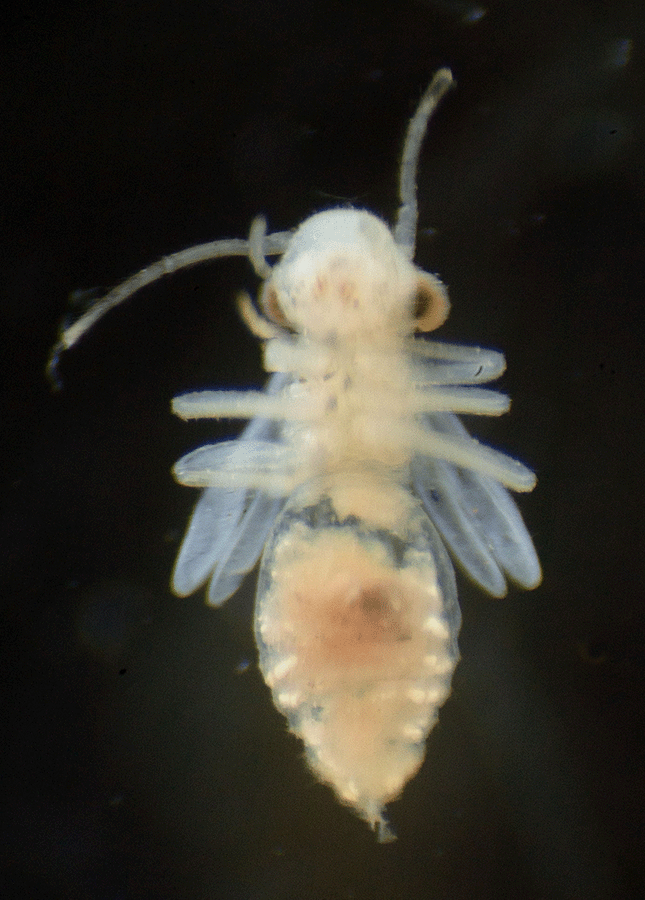
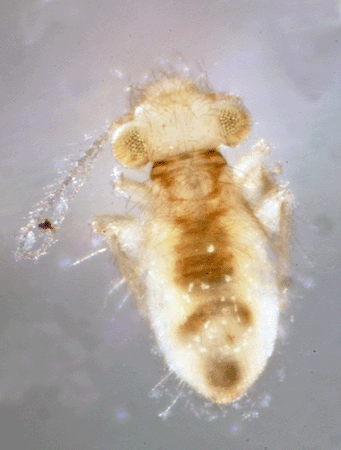 On December 17, 2014, this 1 mm long louse was collected in leaf litter in the northeast hammock at the Smith Preserve. It was removed from the litter using a Berlese Funnel, and these photographs were created using photomicroscopy.
On December 17, 2014, this 1 mm long louse was collected in leaf litter in the northeast hammock at the Smith Preserve. It was removed from the litter using a Berlese Funnel, and these photographs were created using photomicroscopy.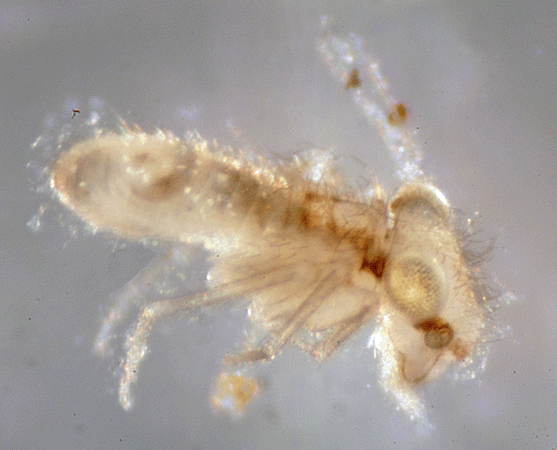 As can be seen in these photographs, this species has large bulging eyes and setae covering the body.
As can be seen in these photographs, this species has large bulging eyes and setae covering the body.